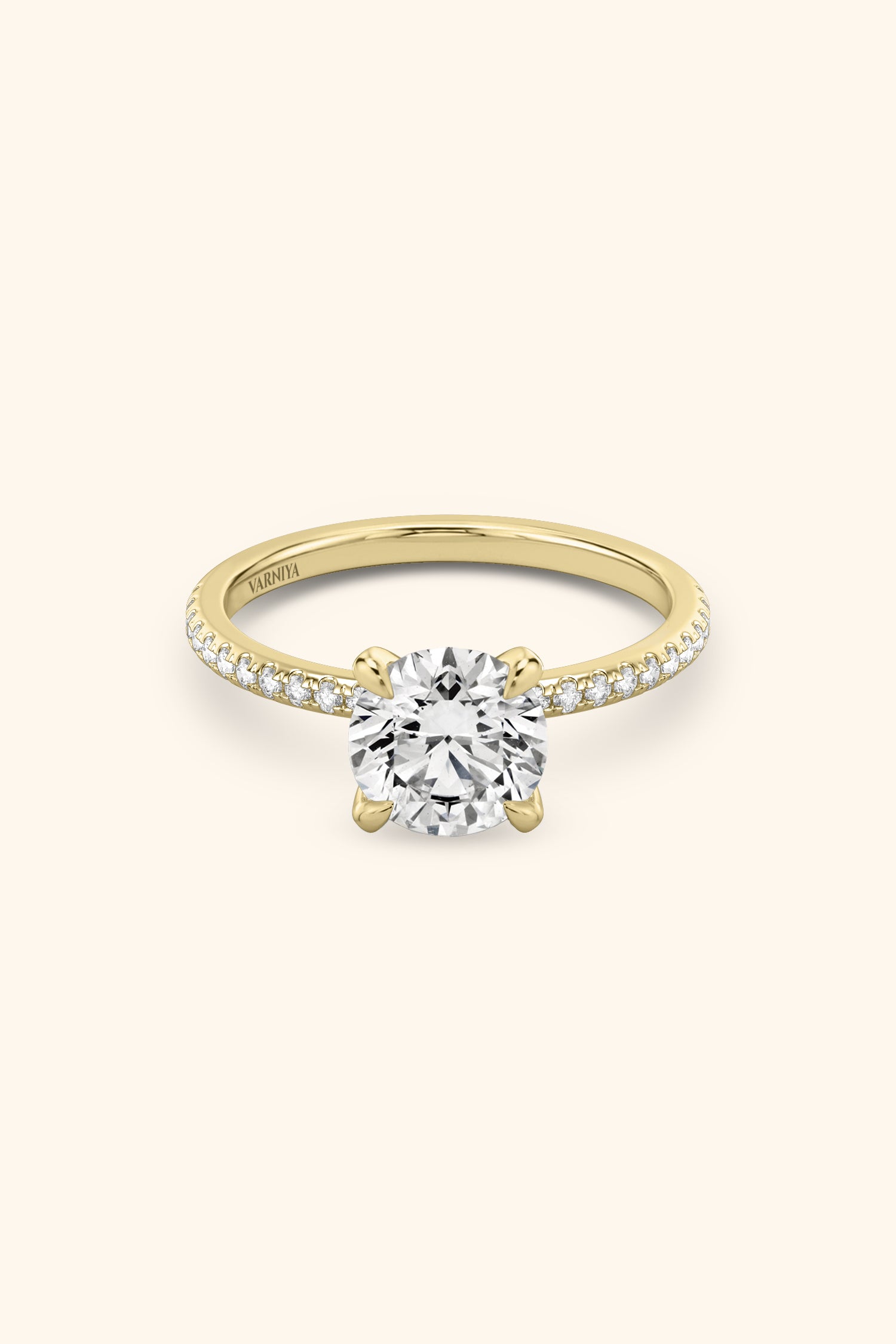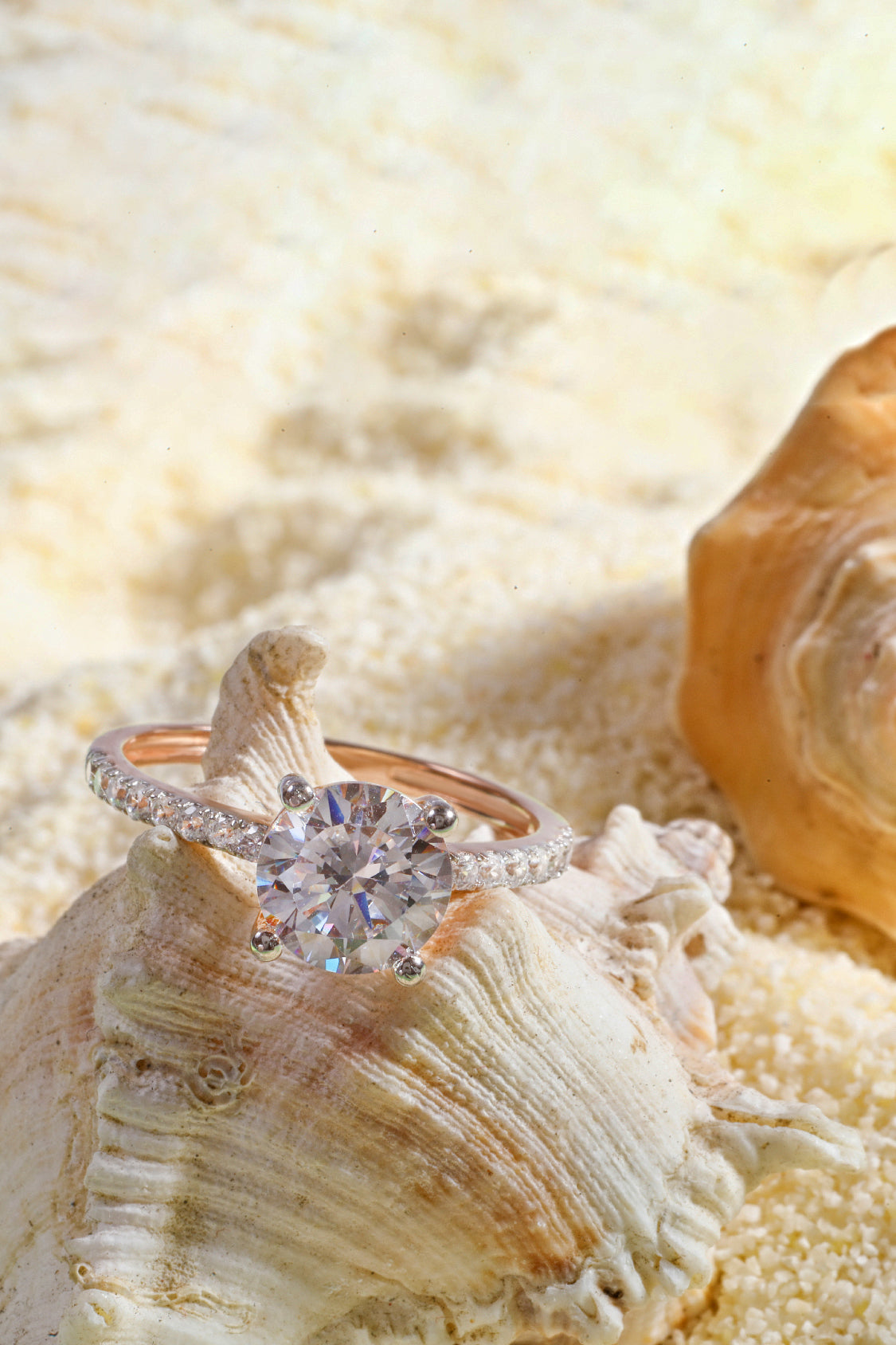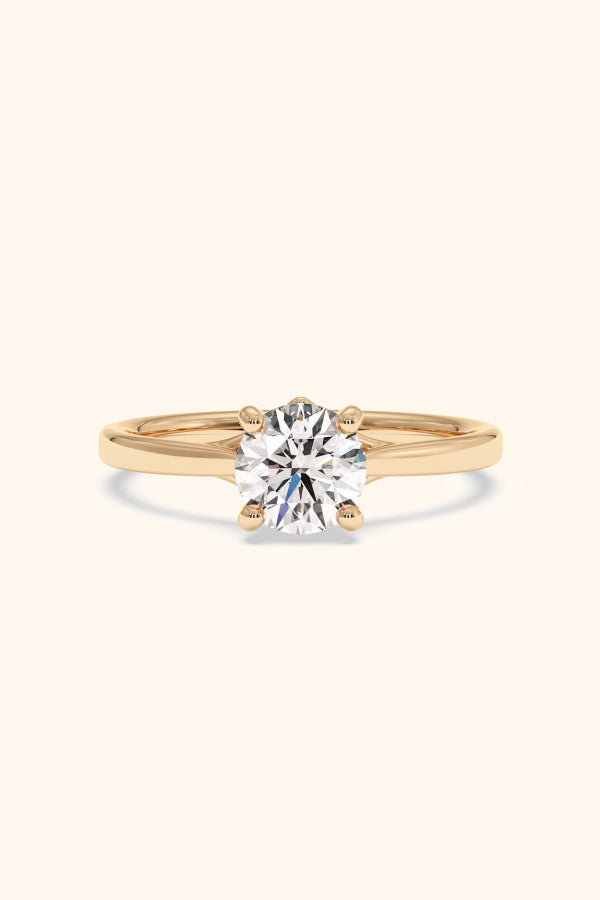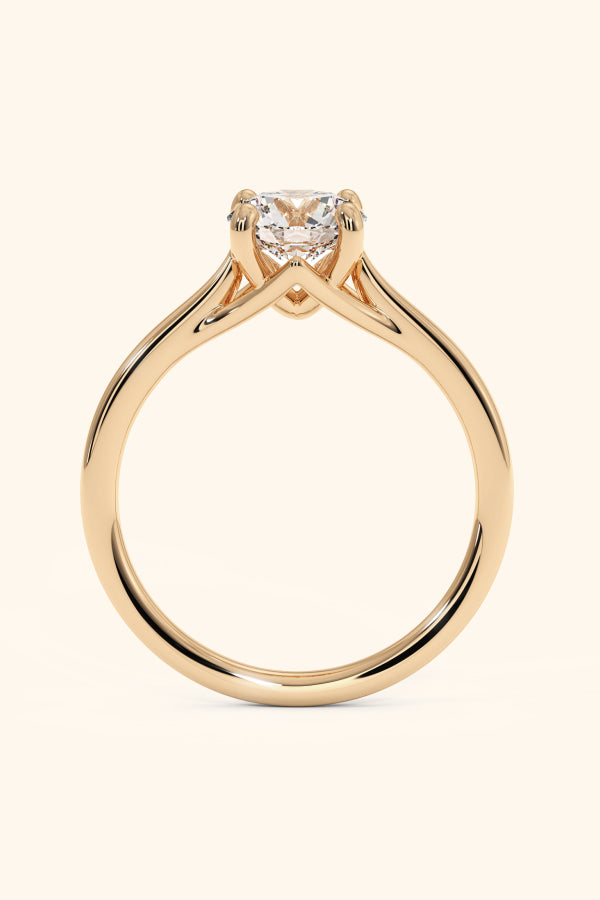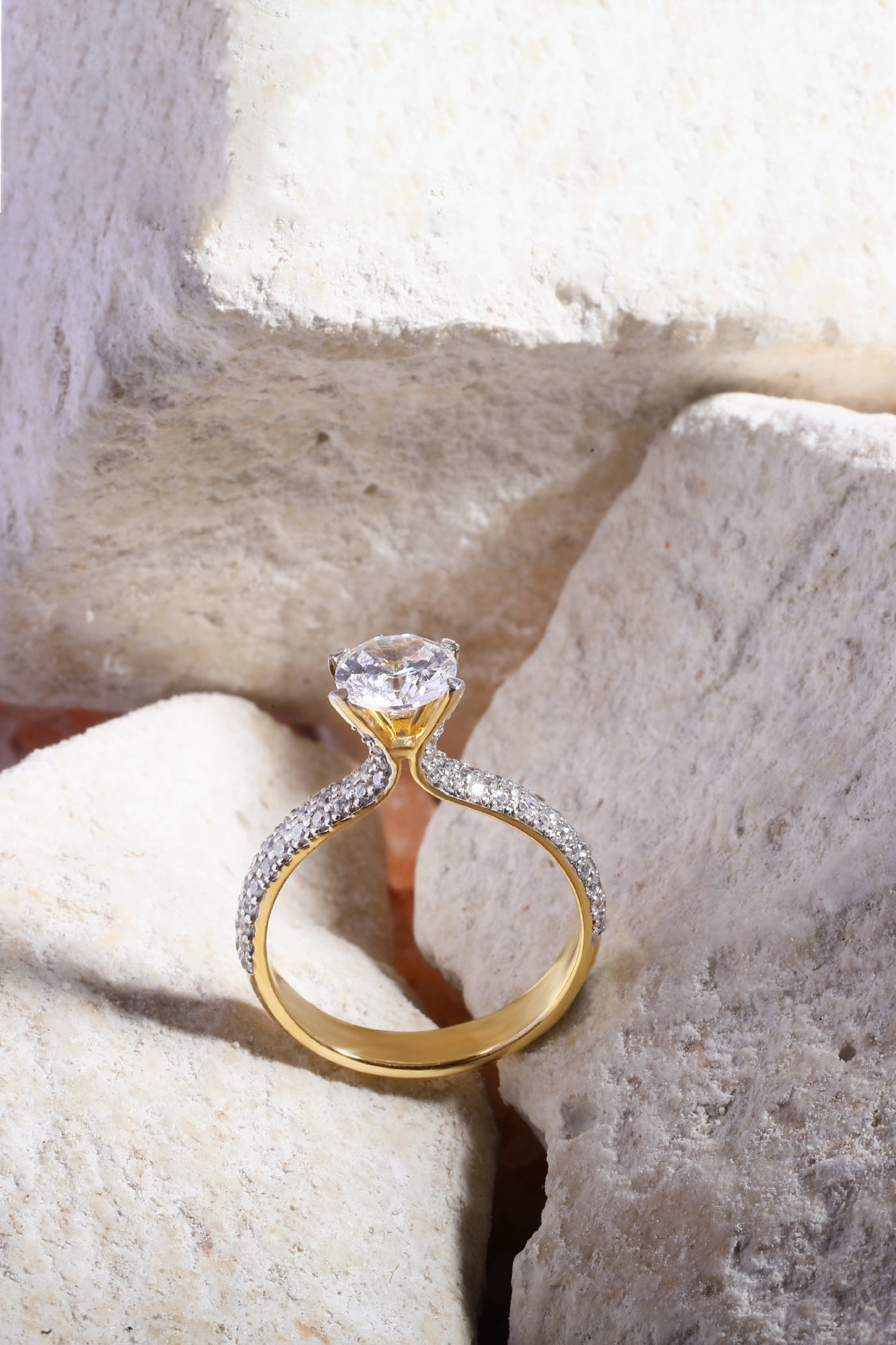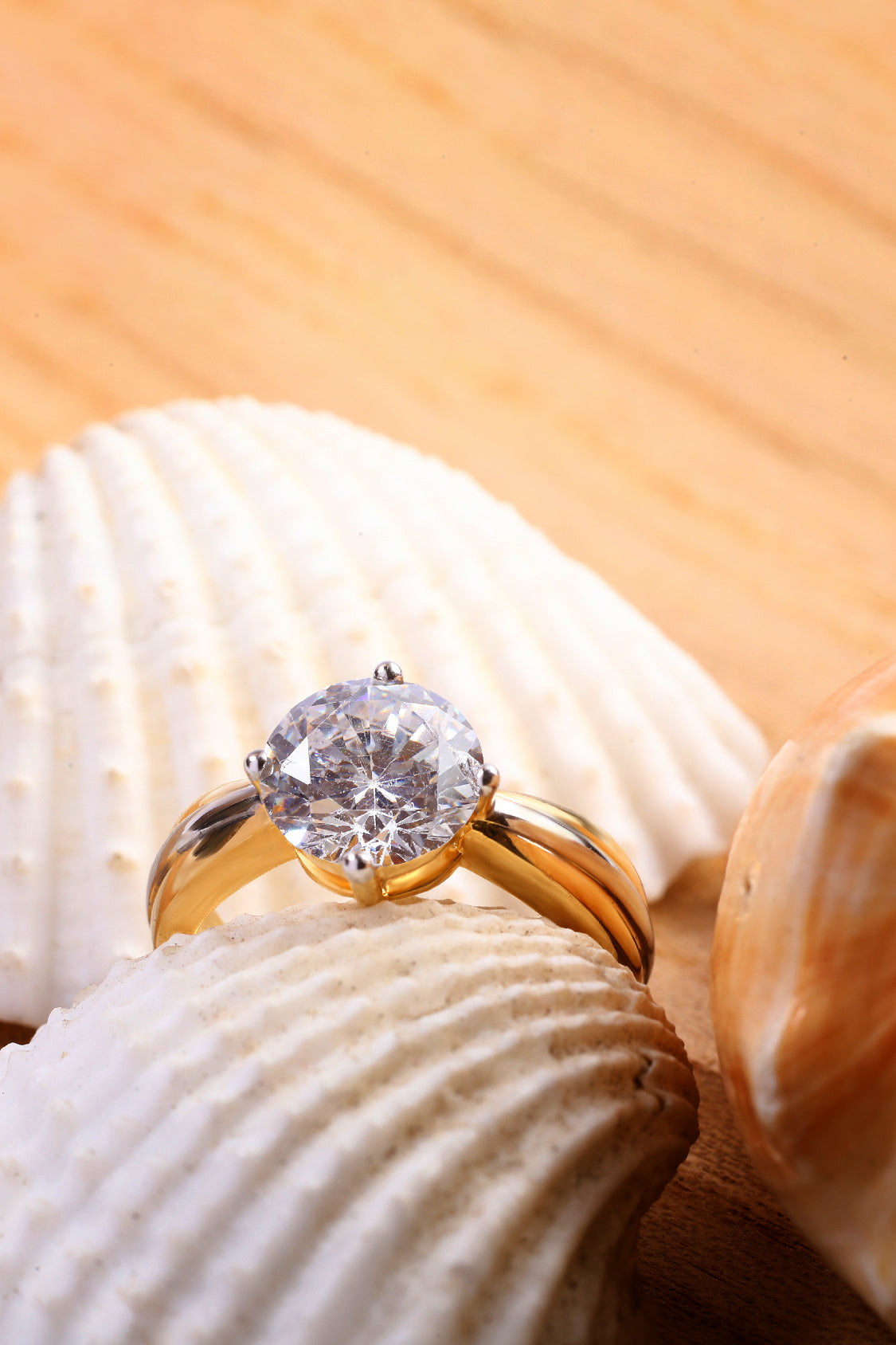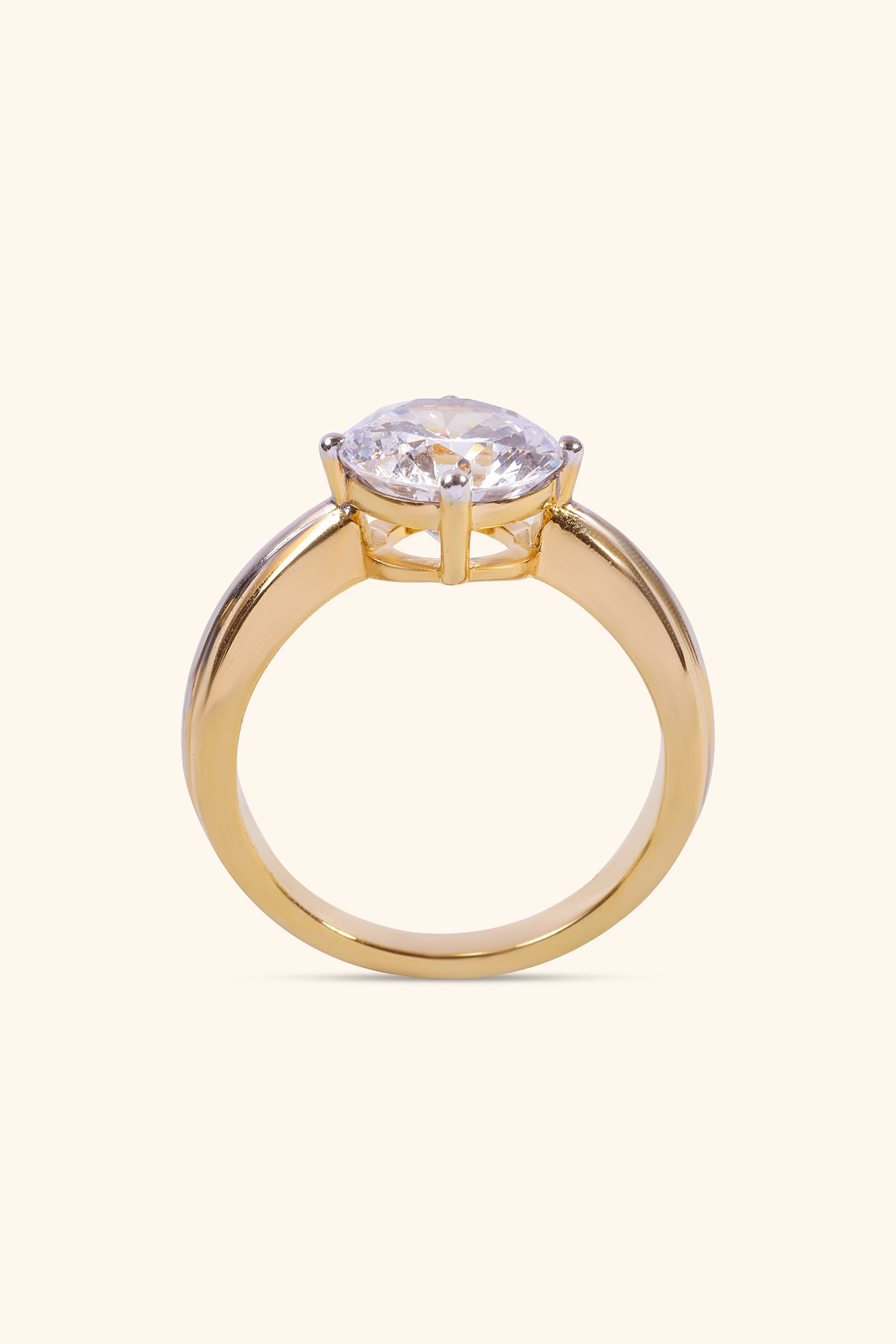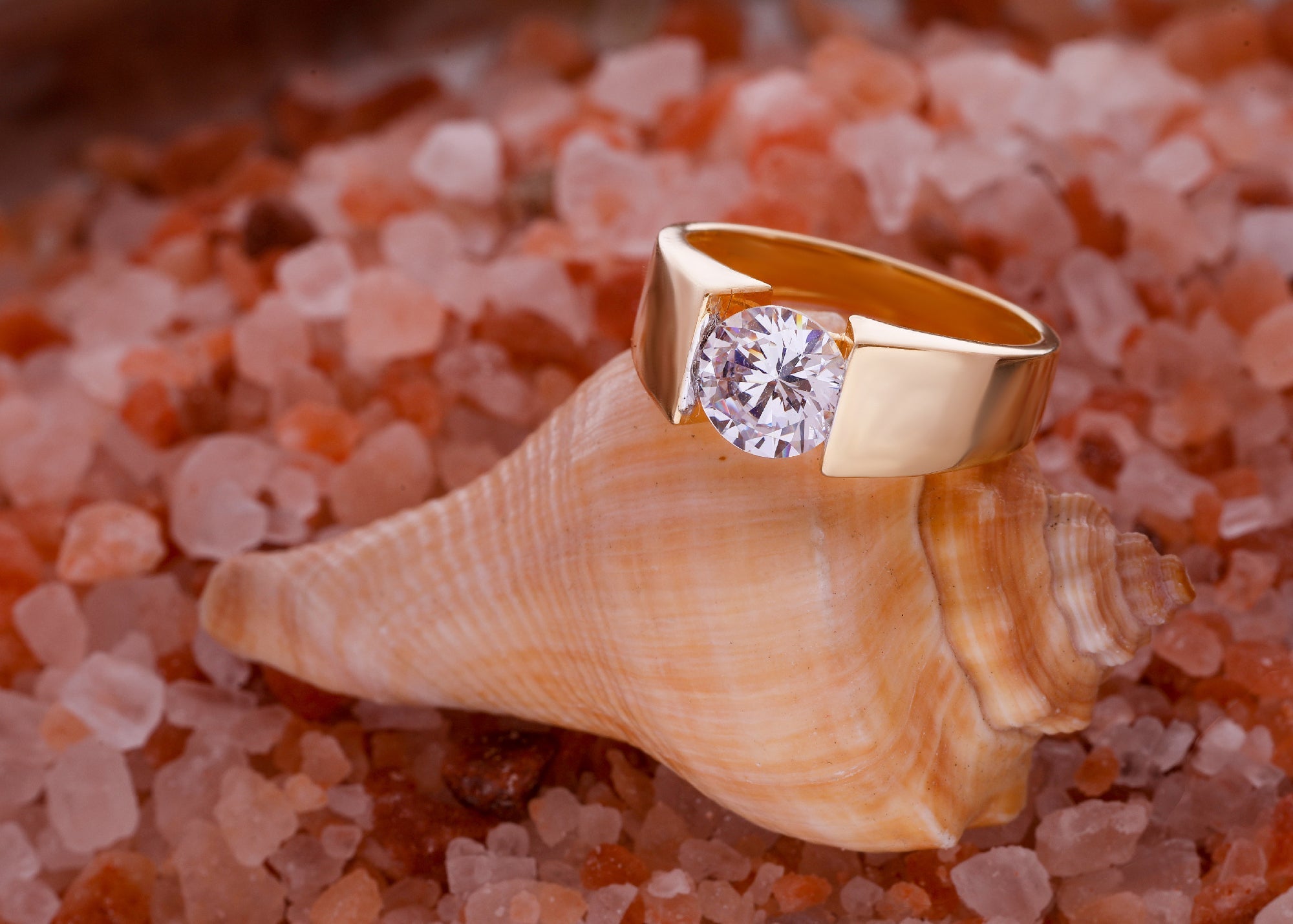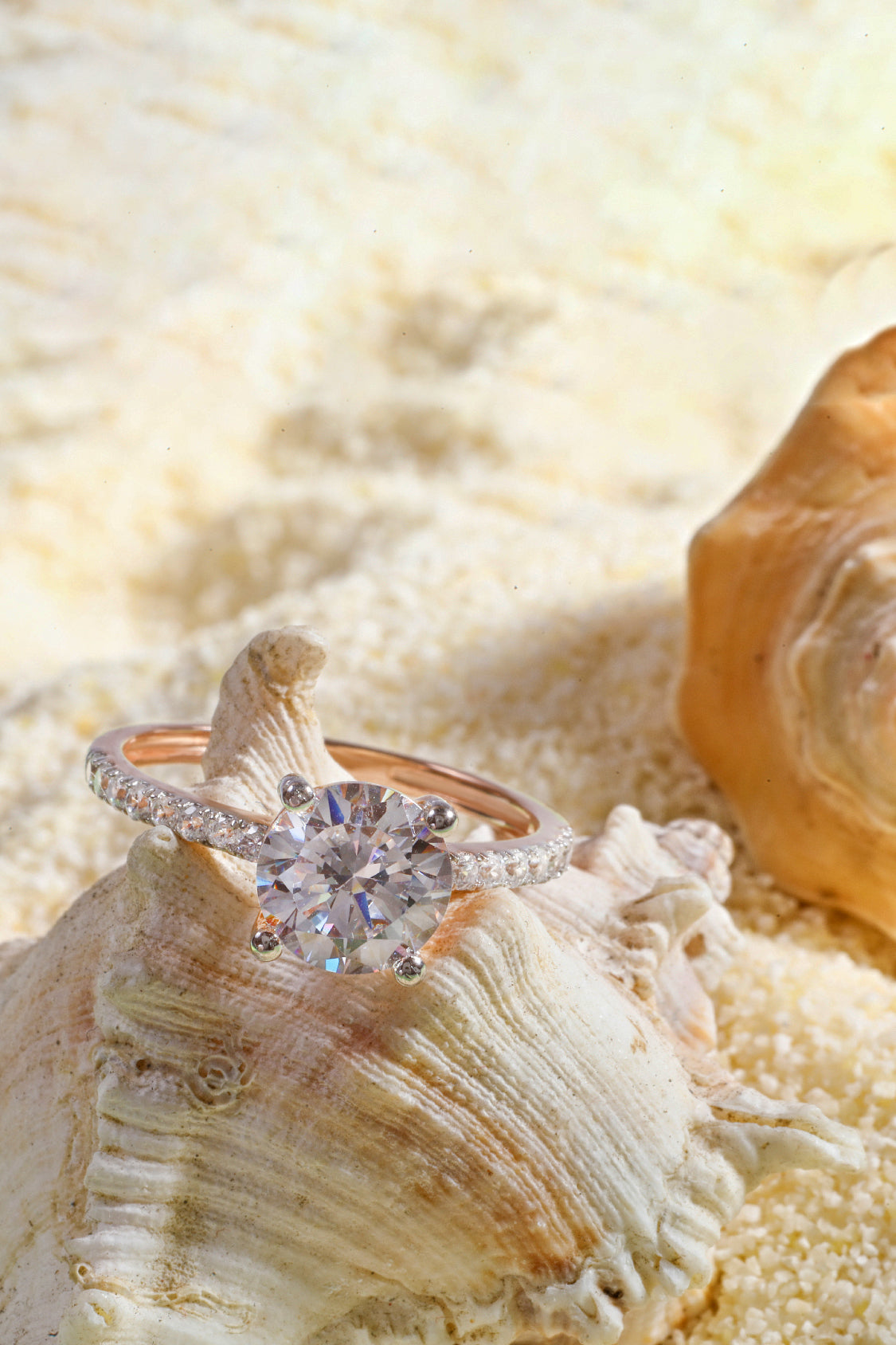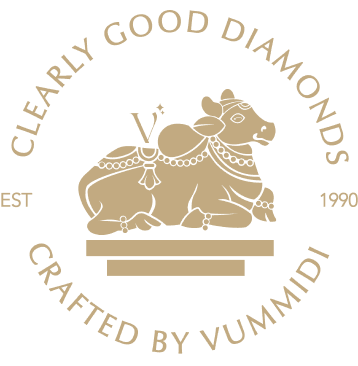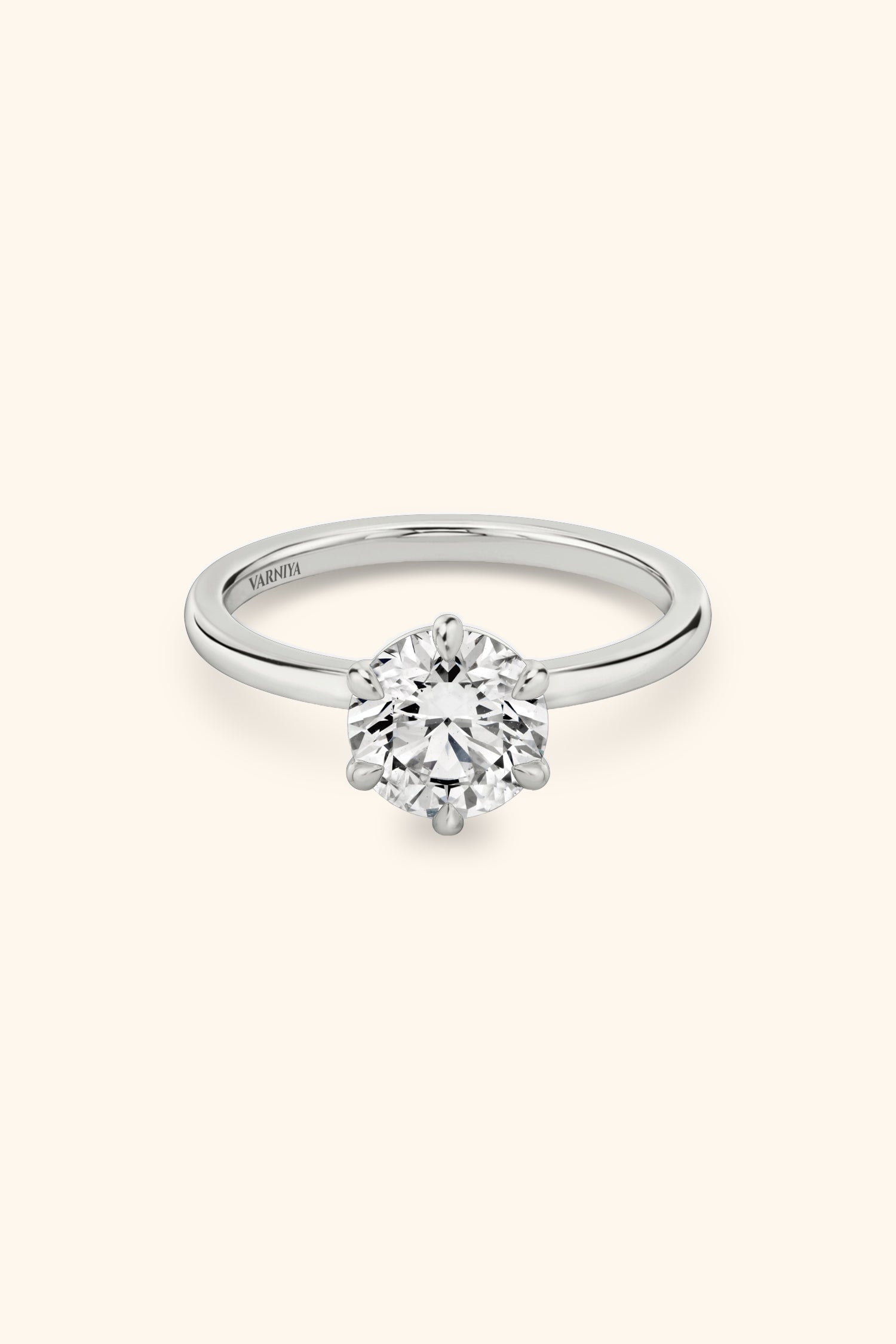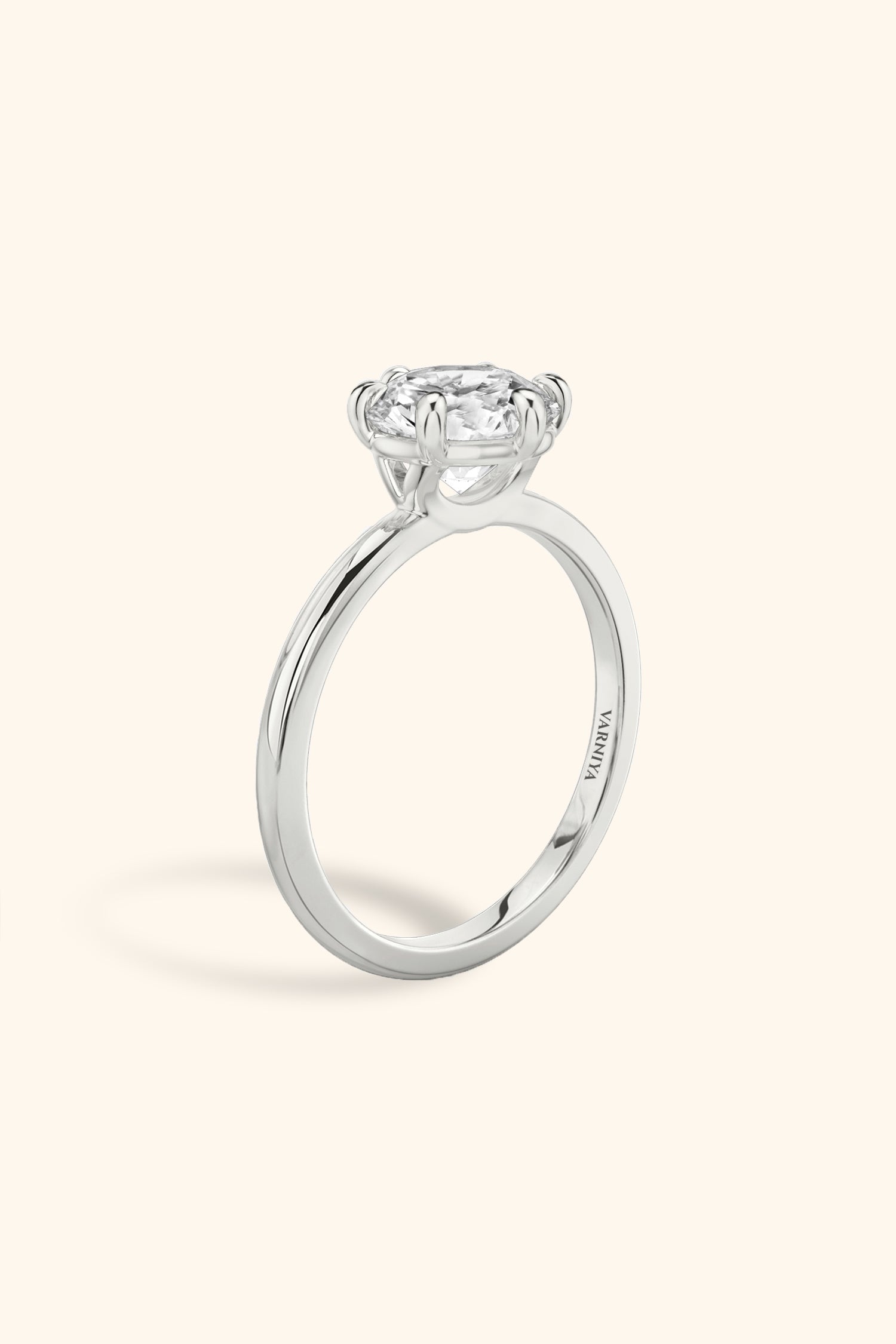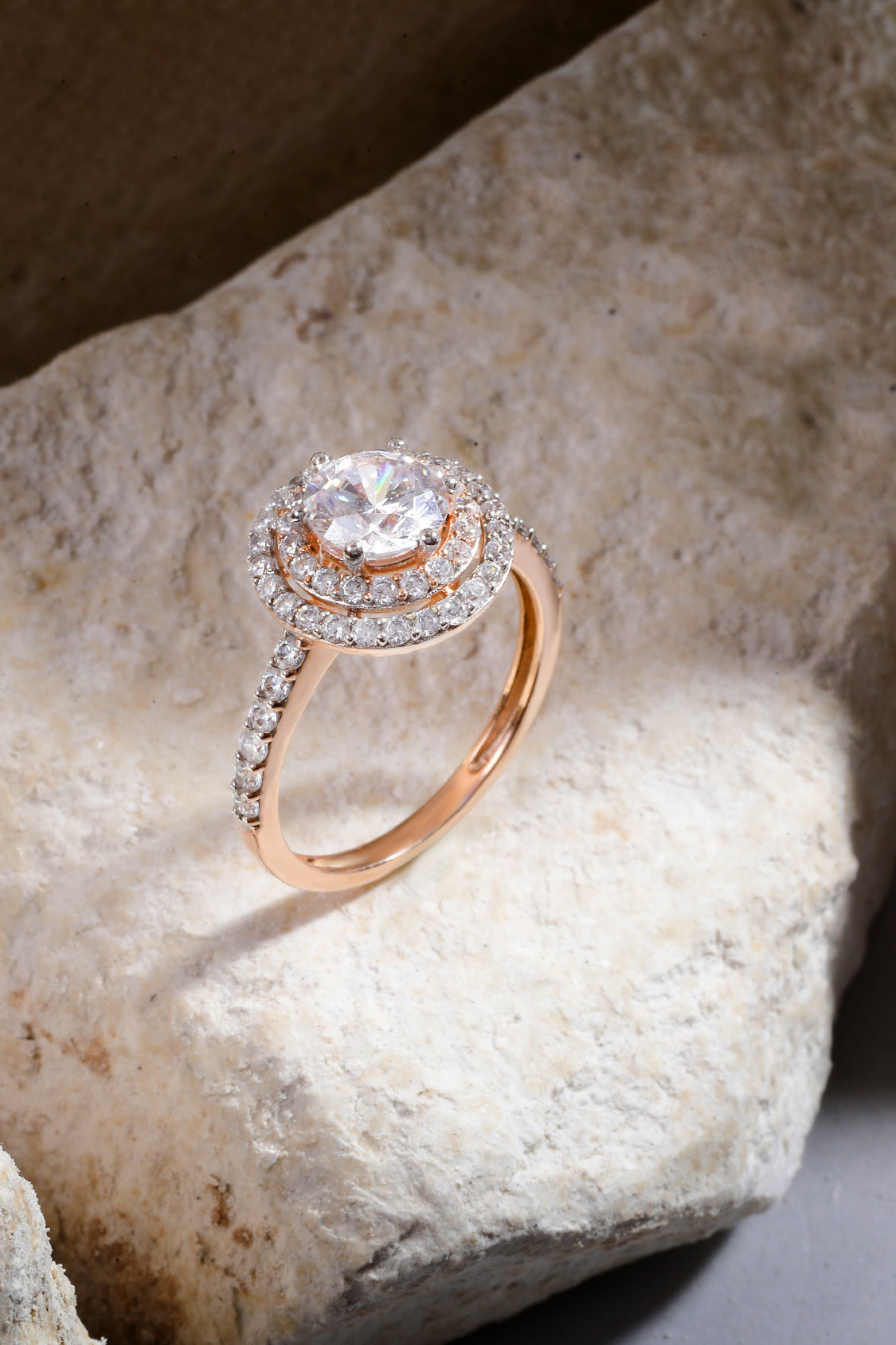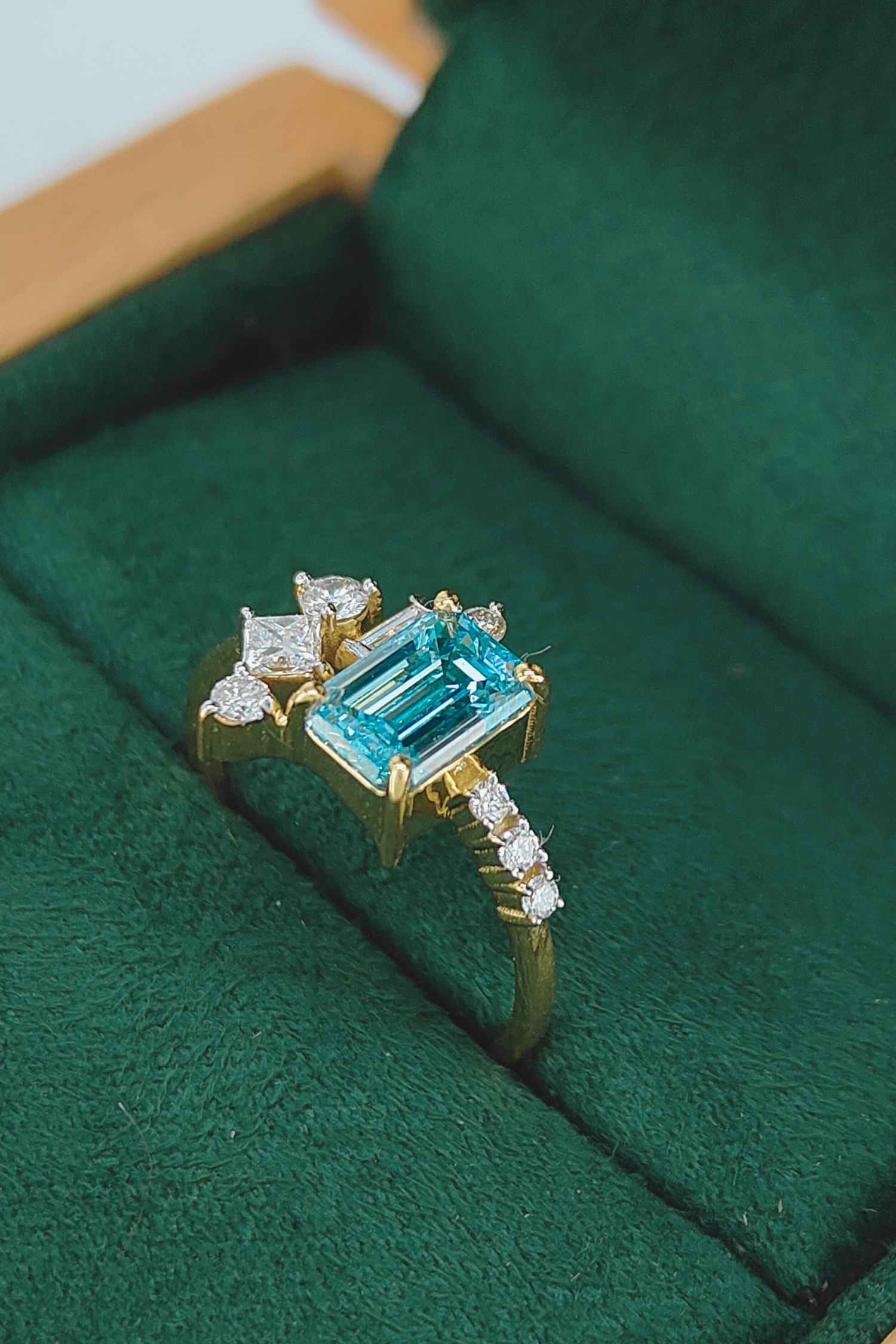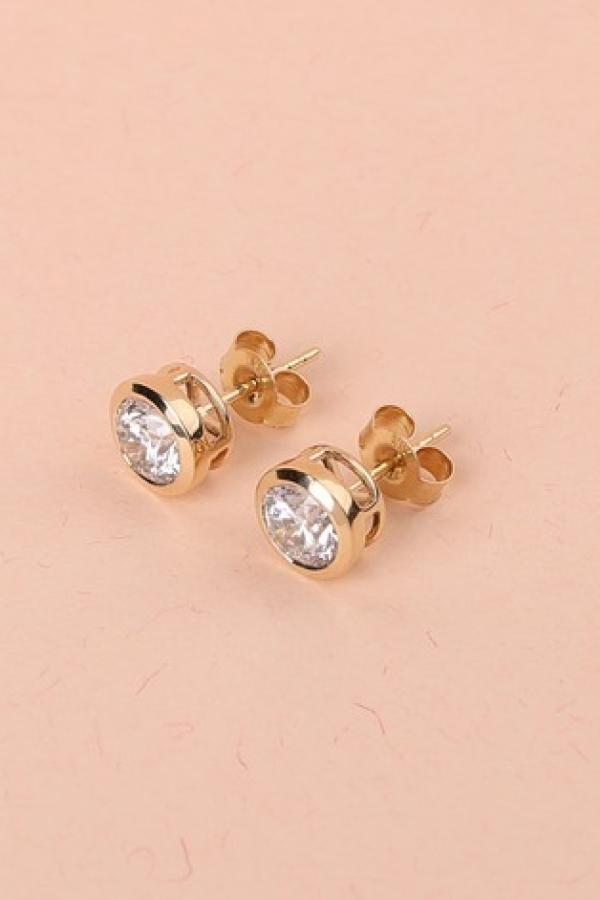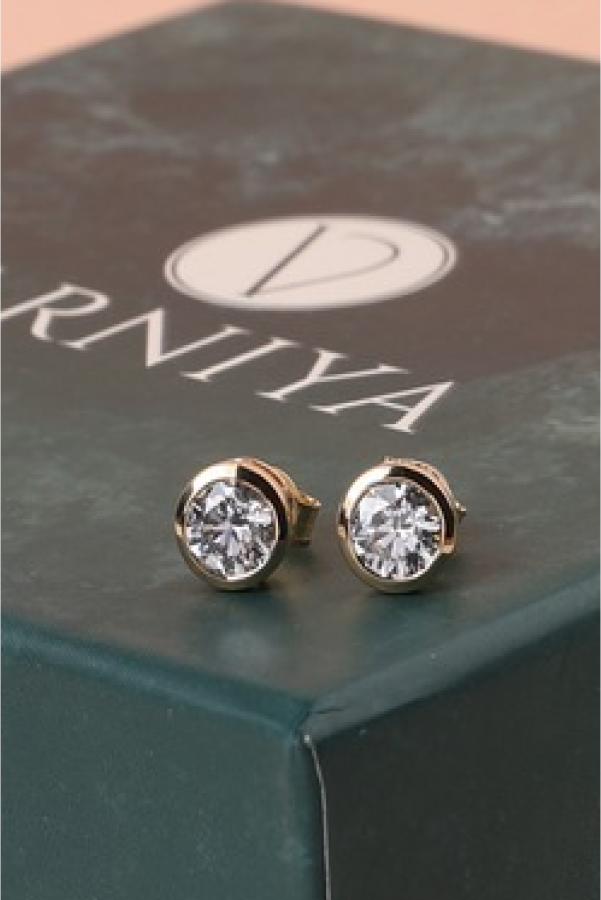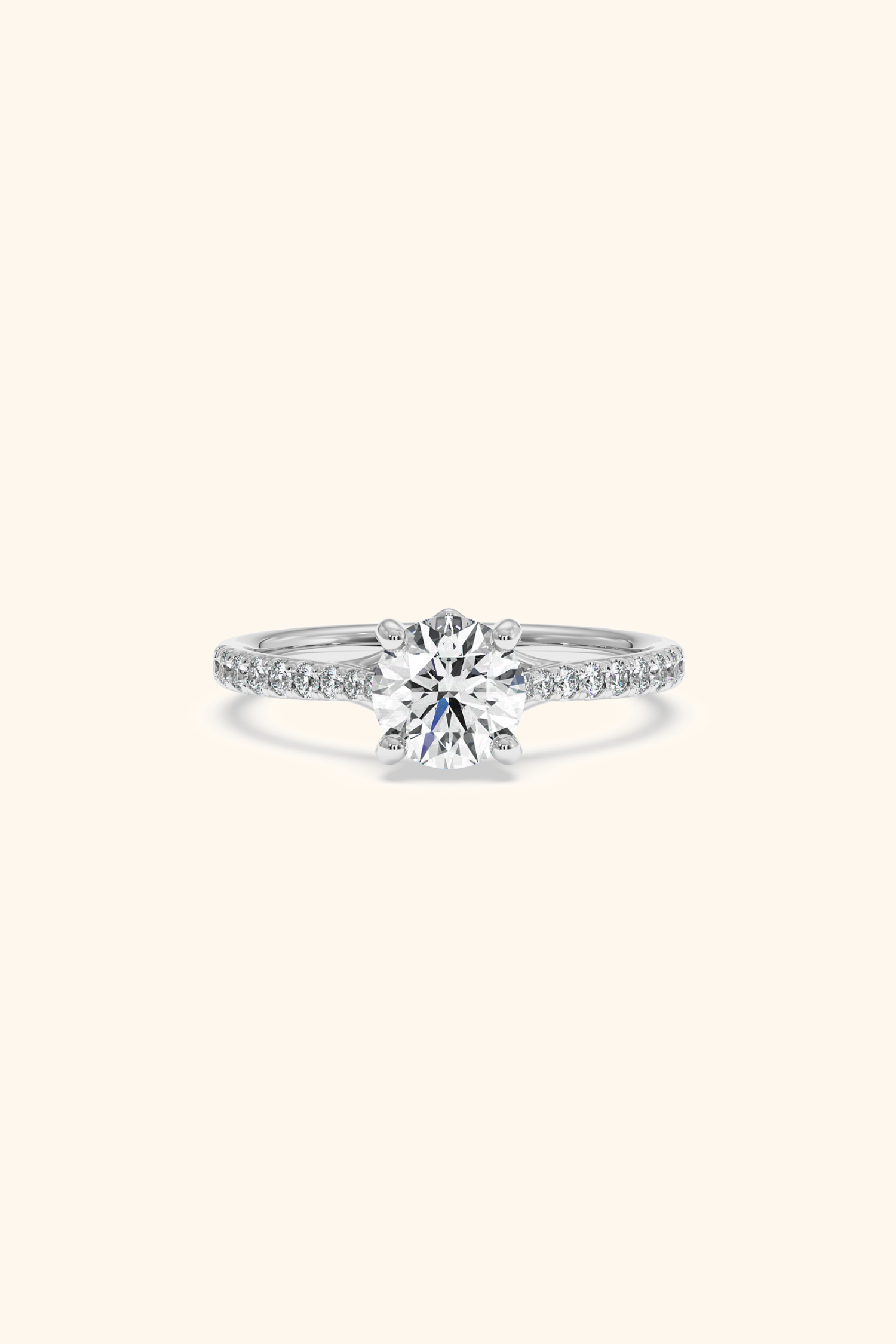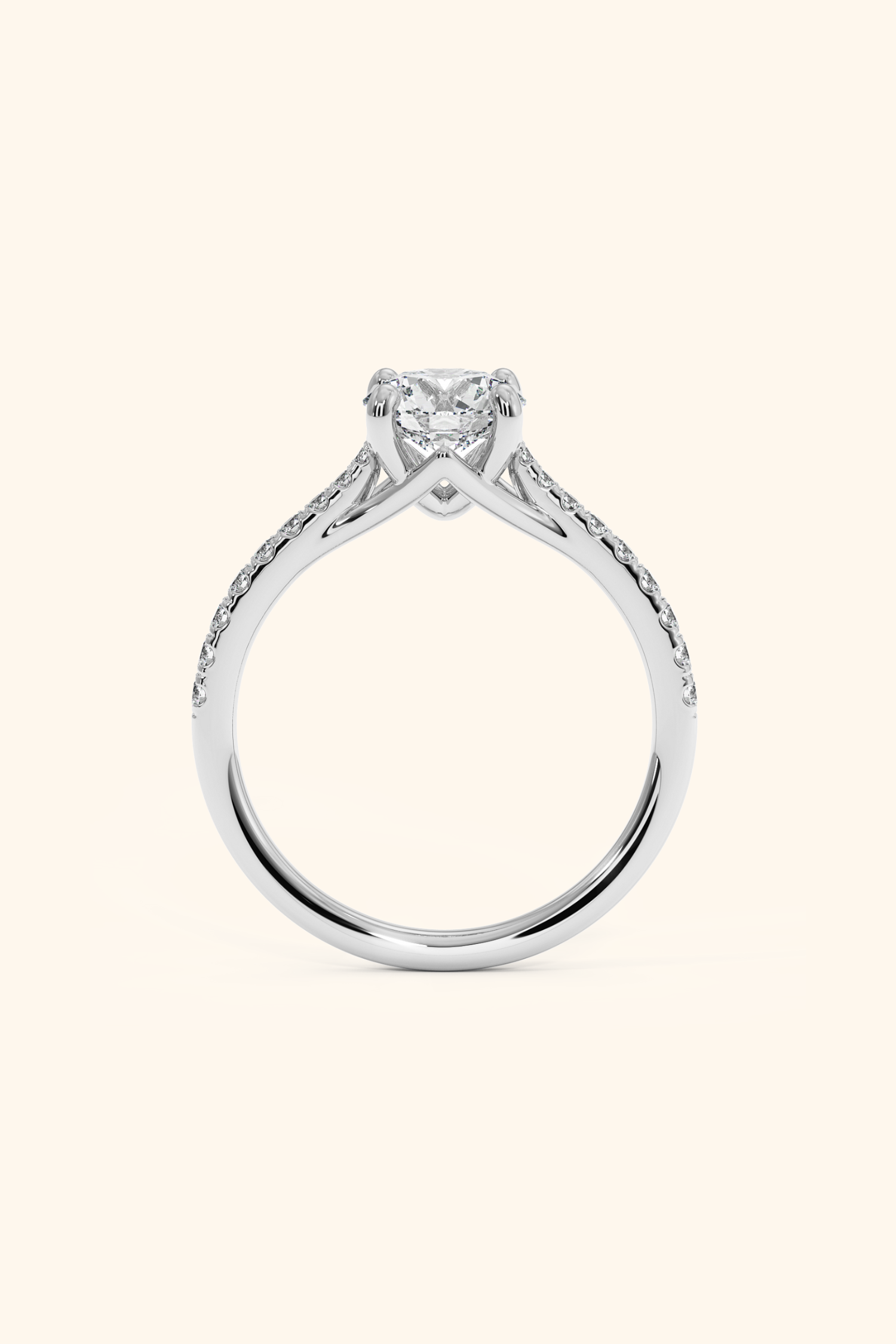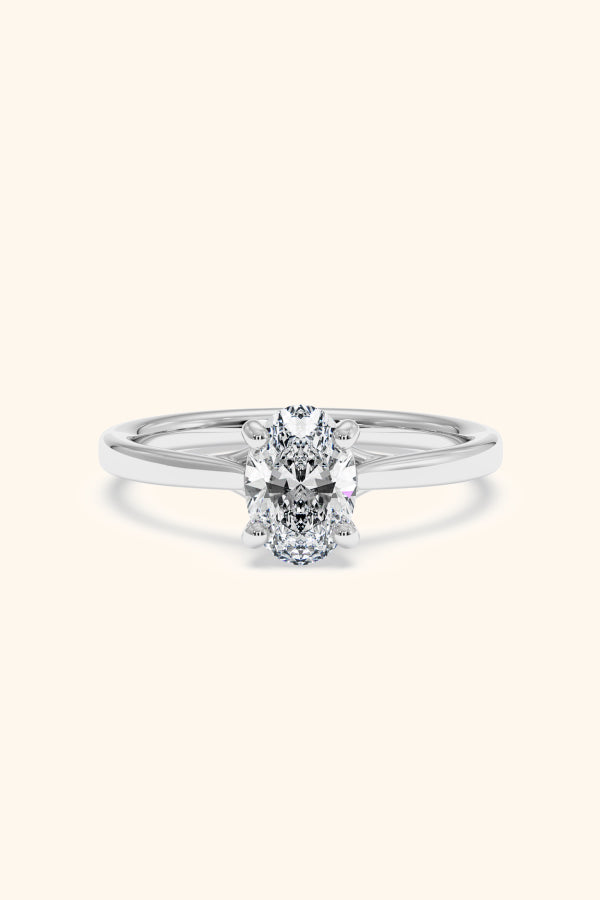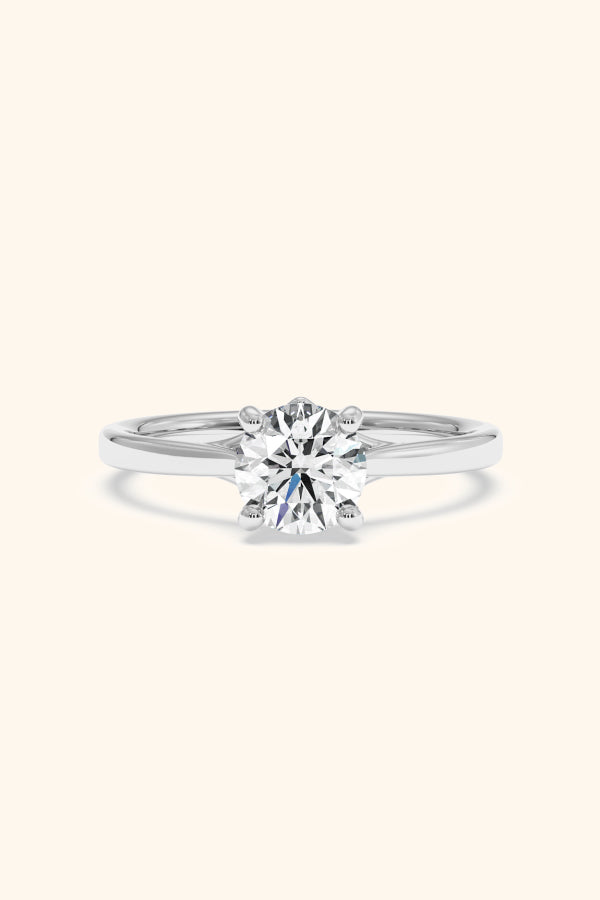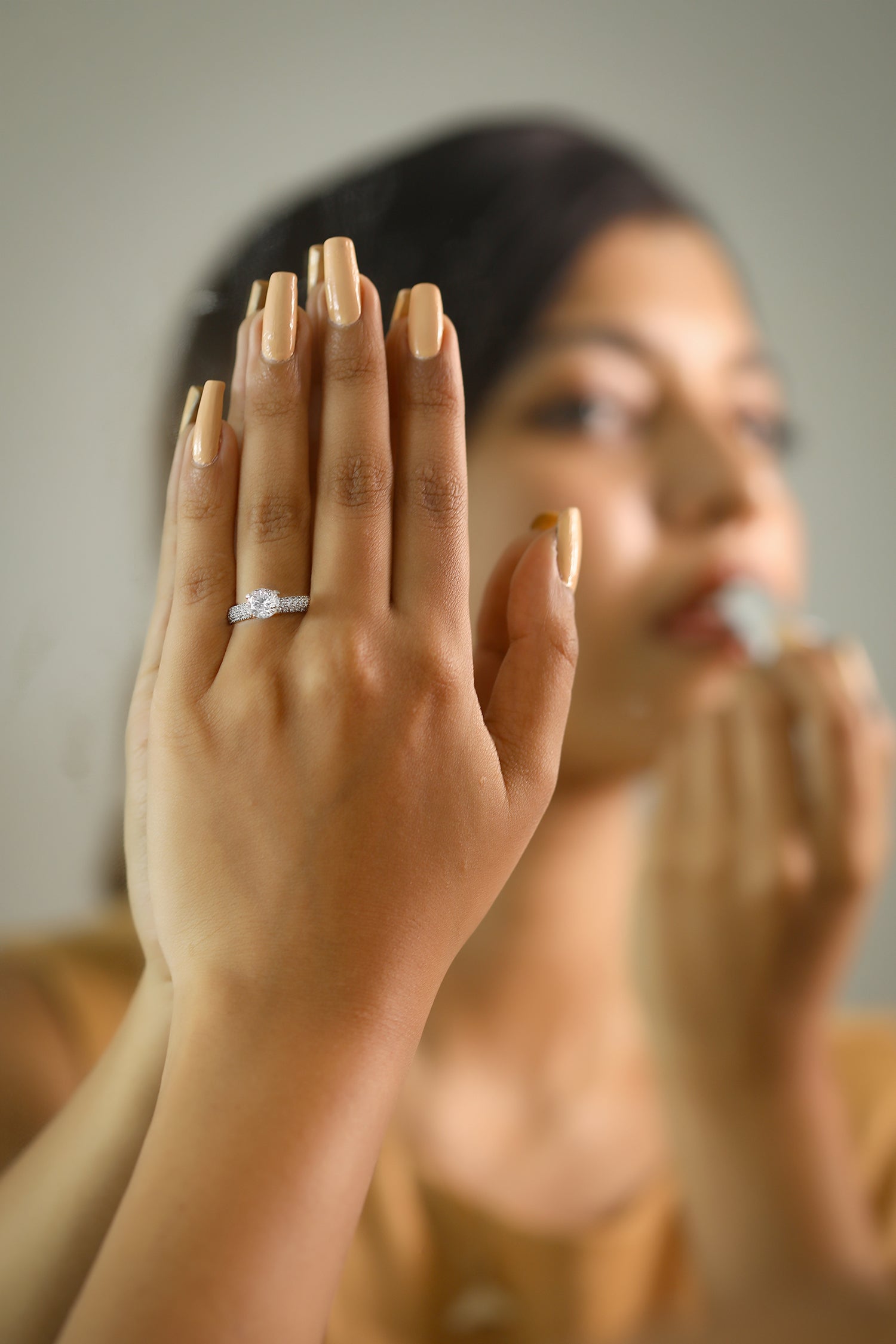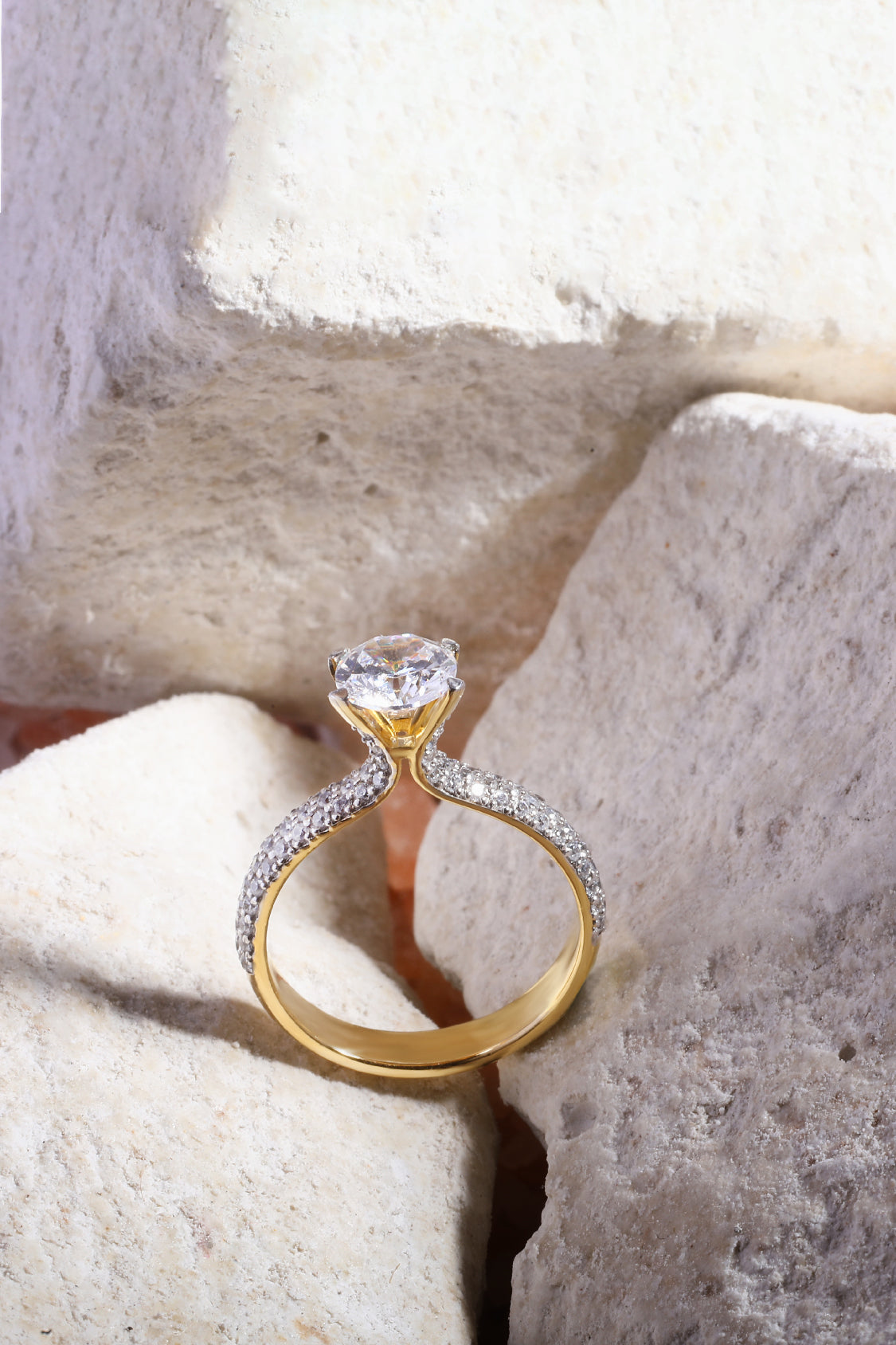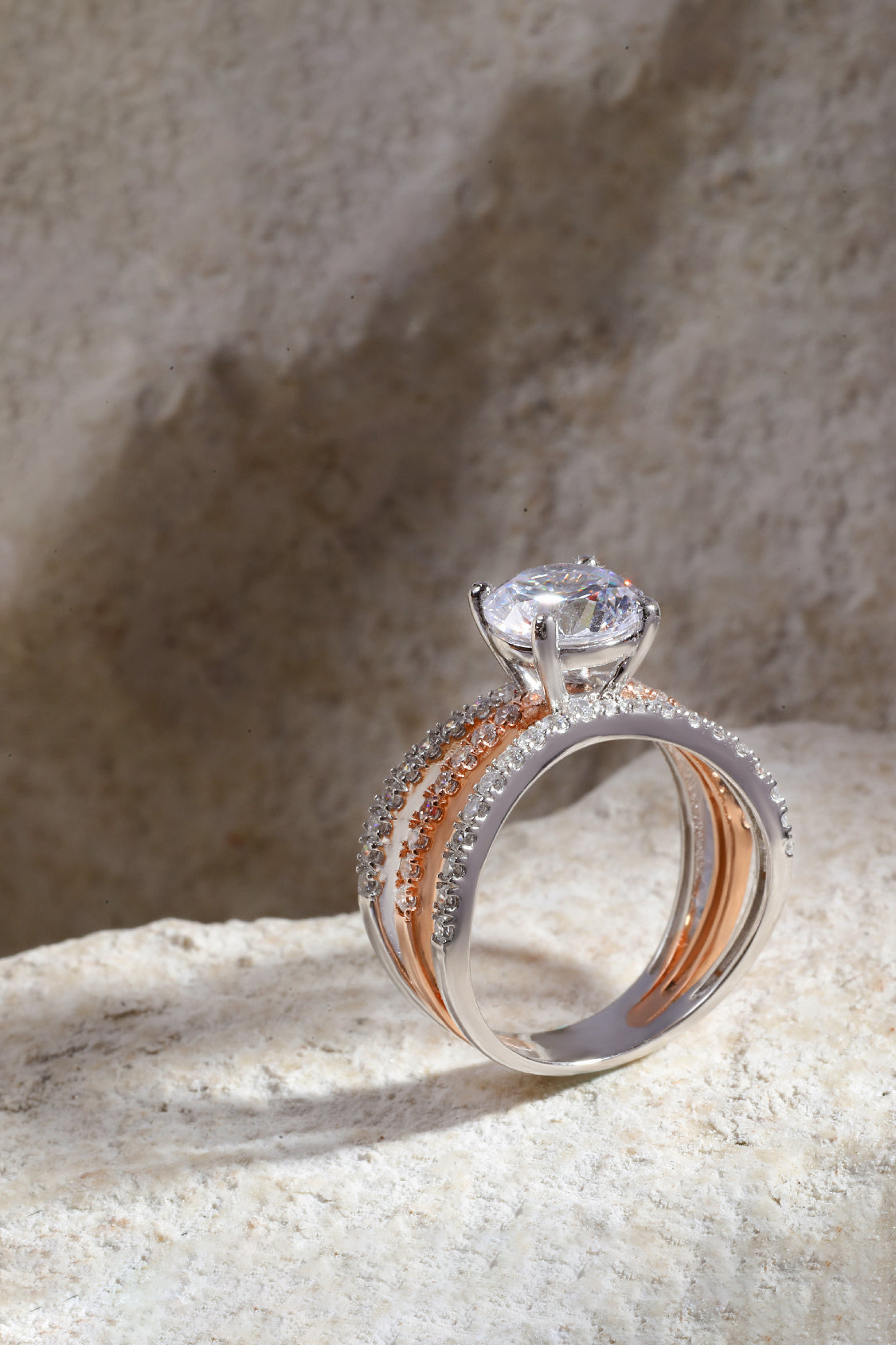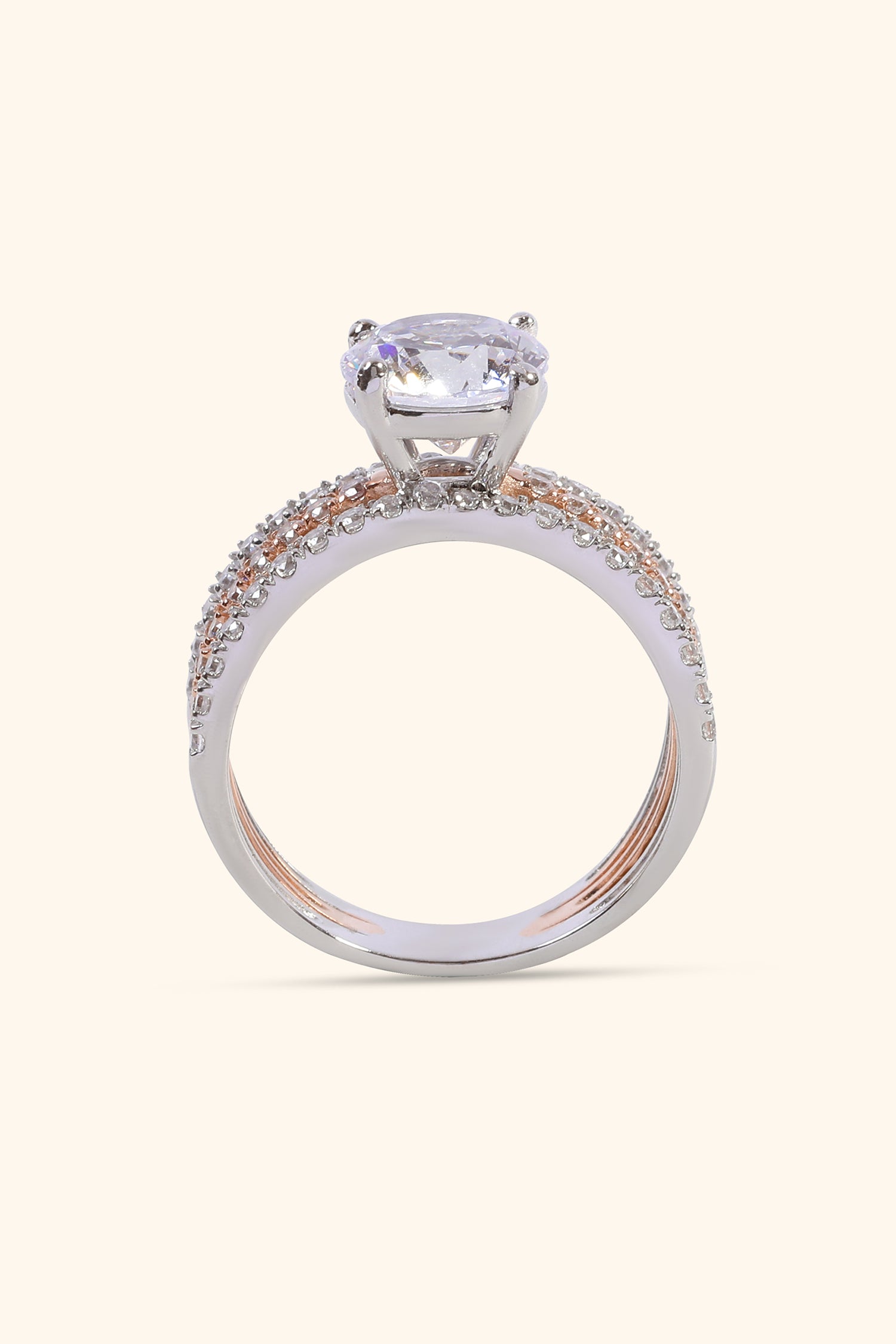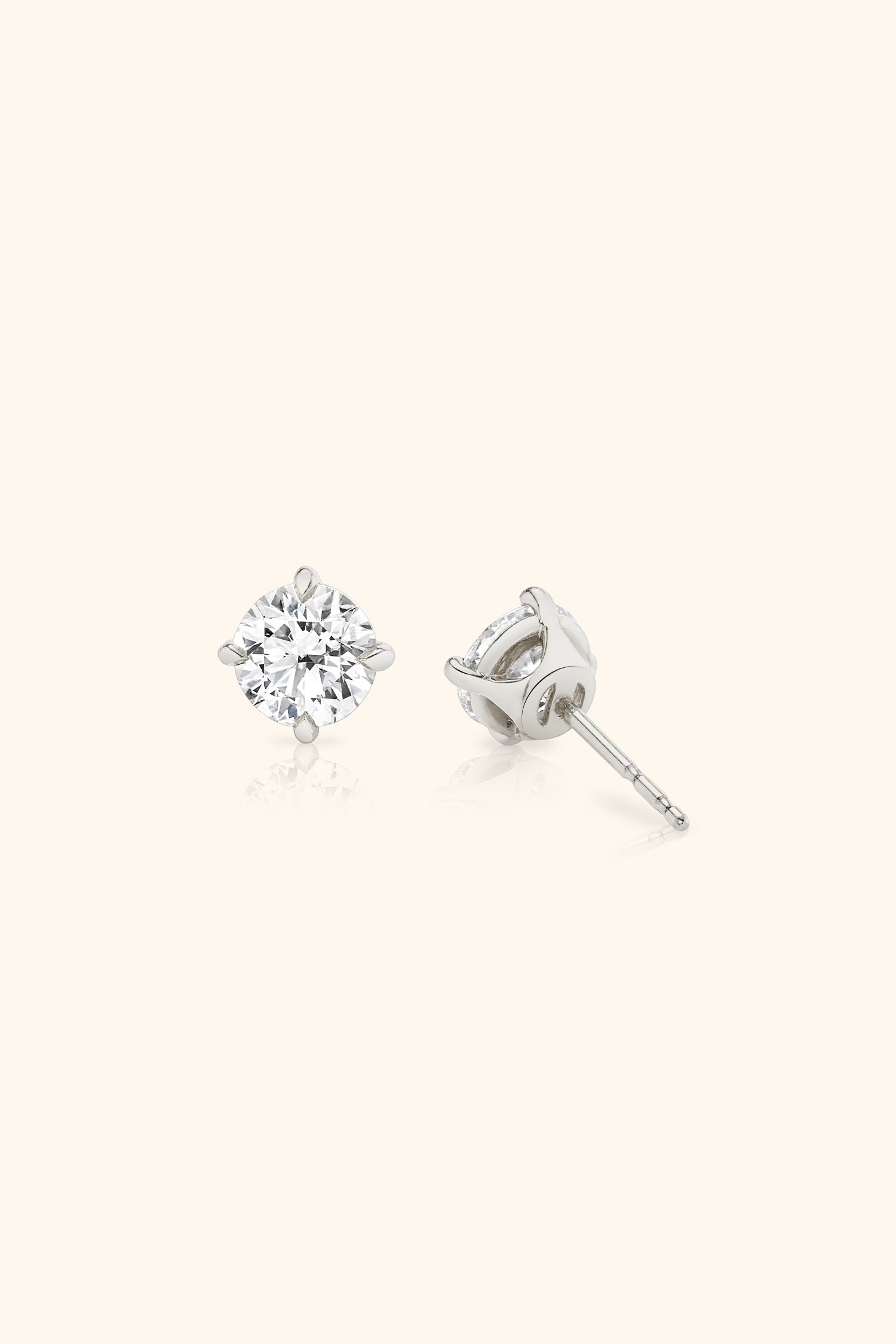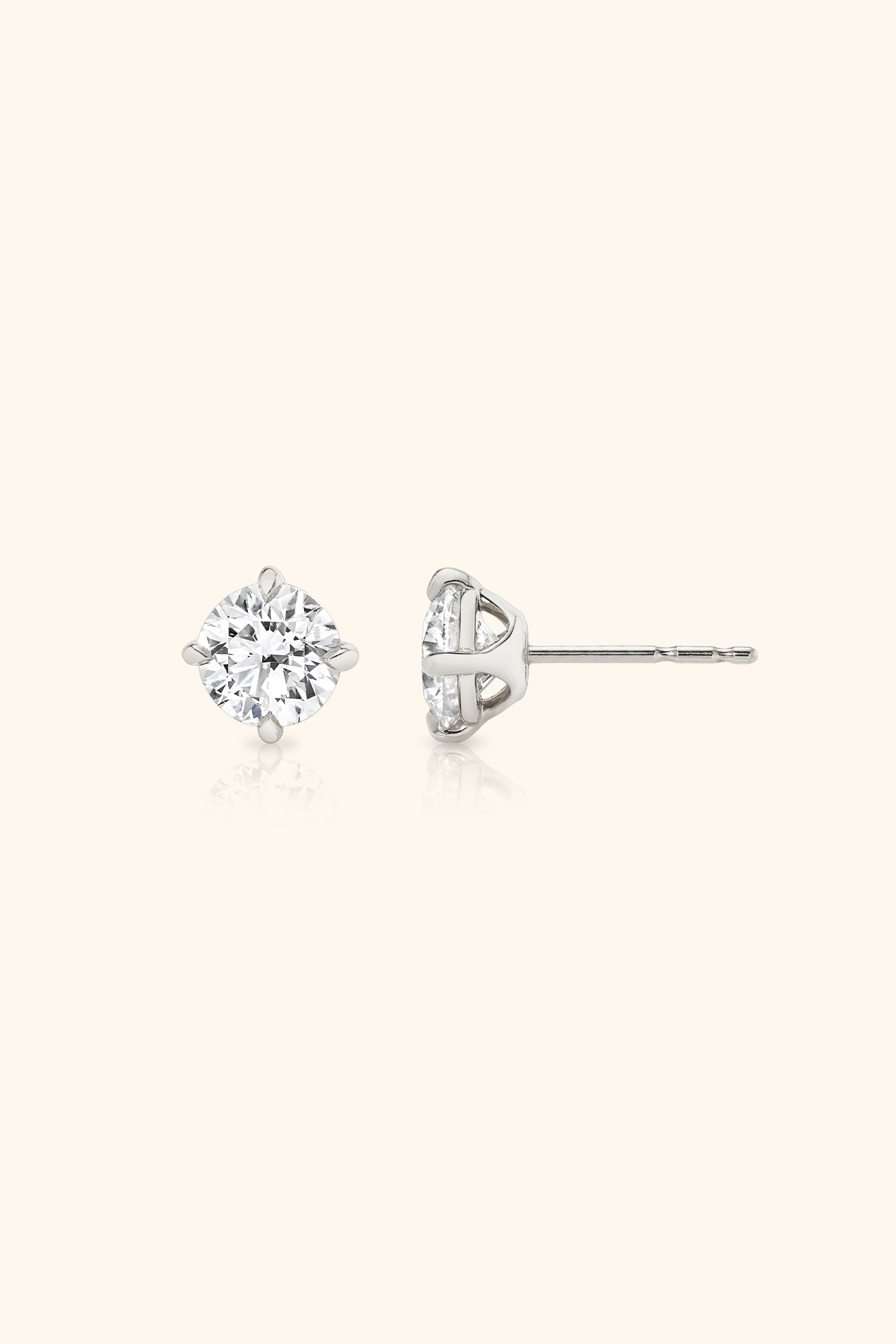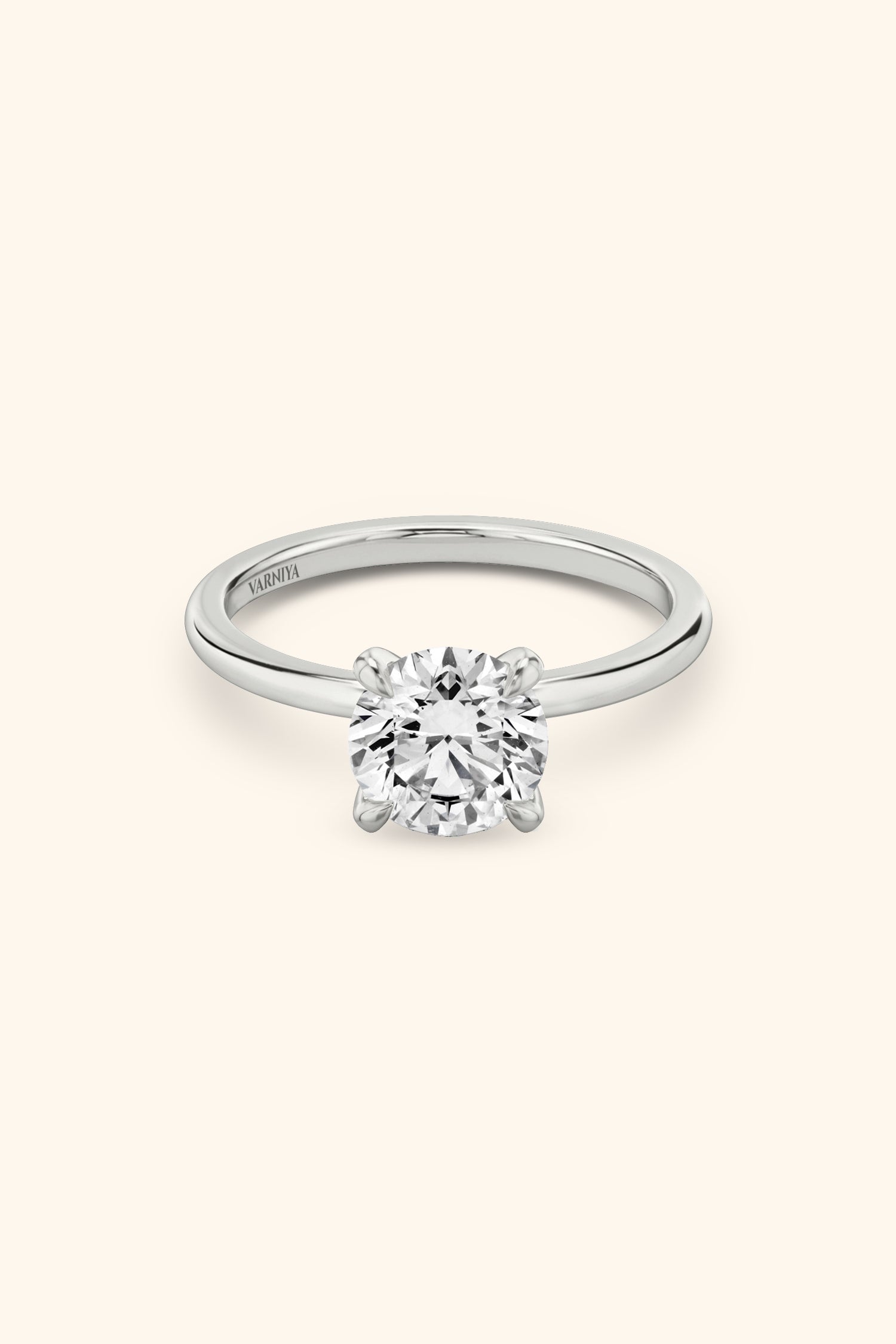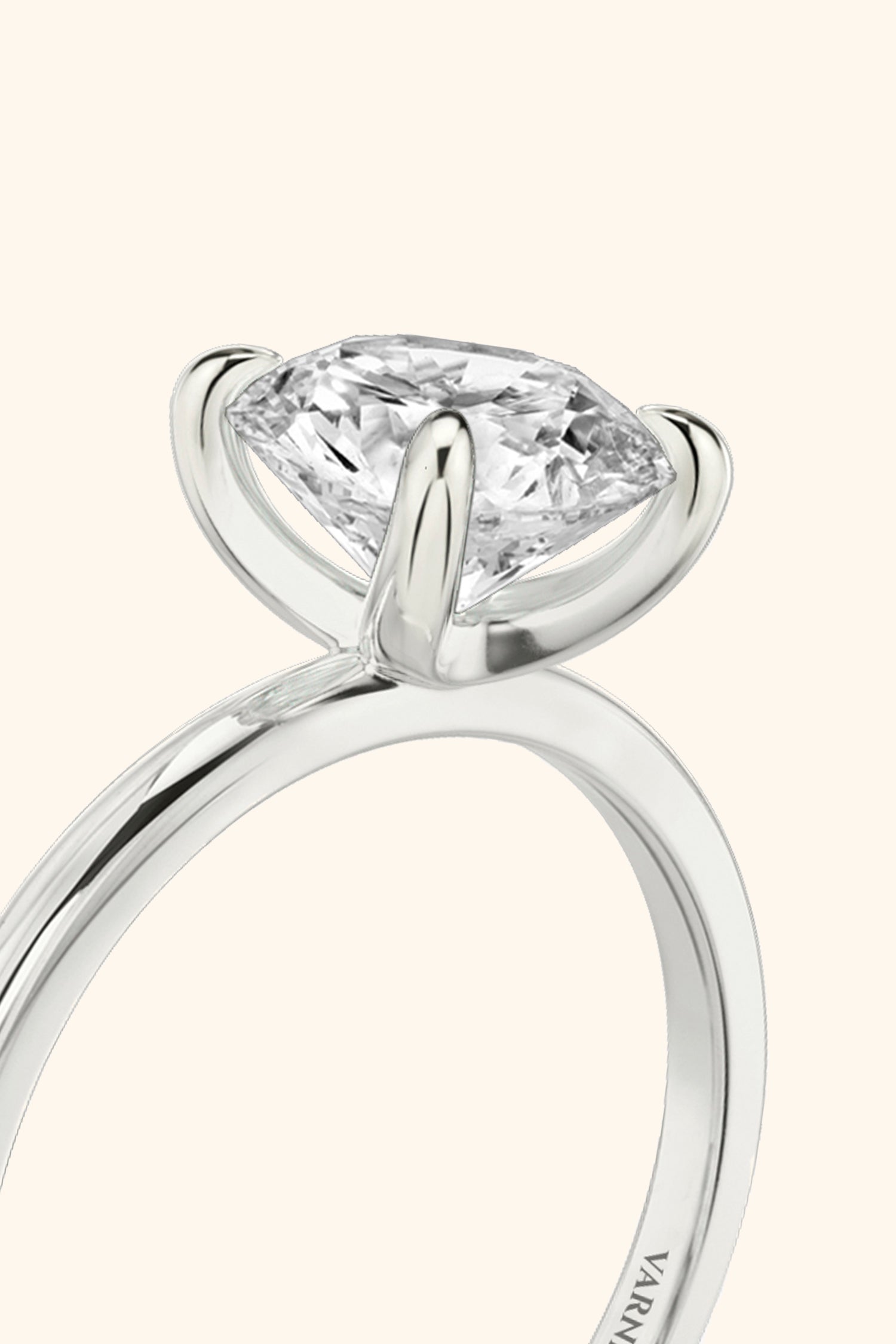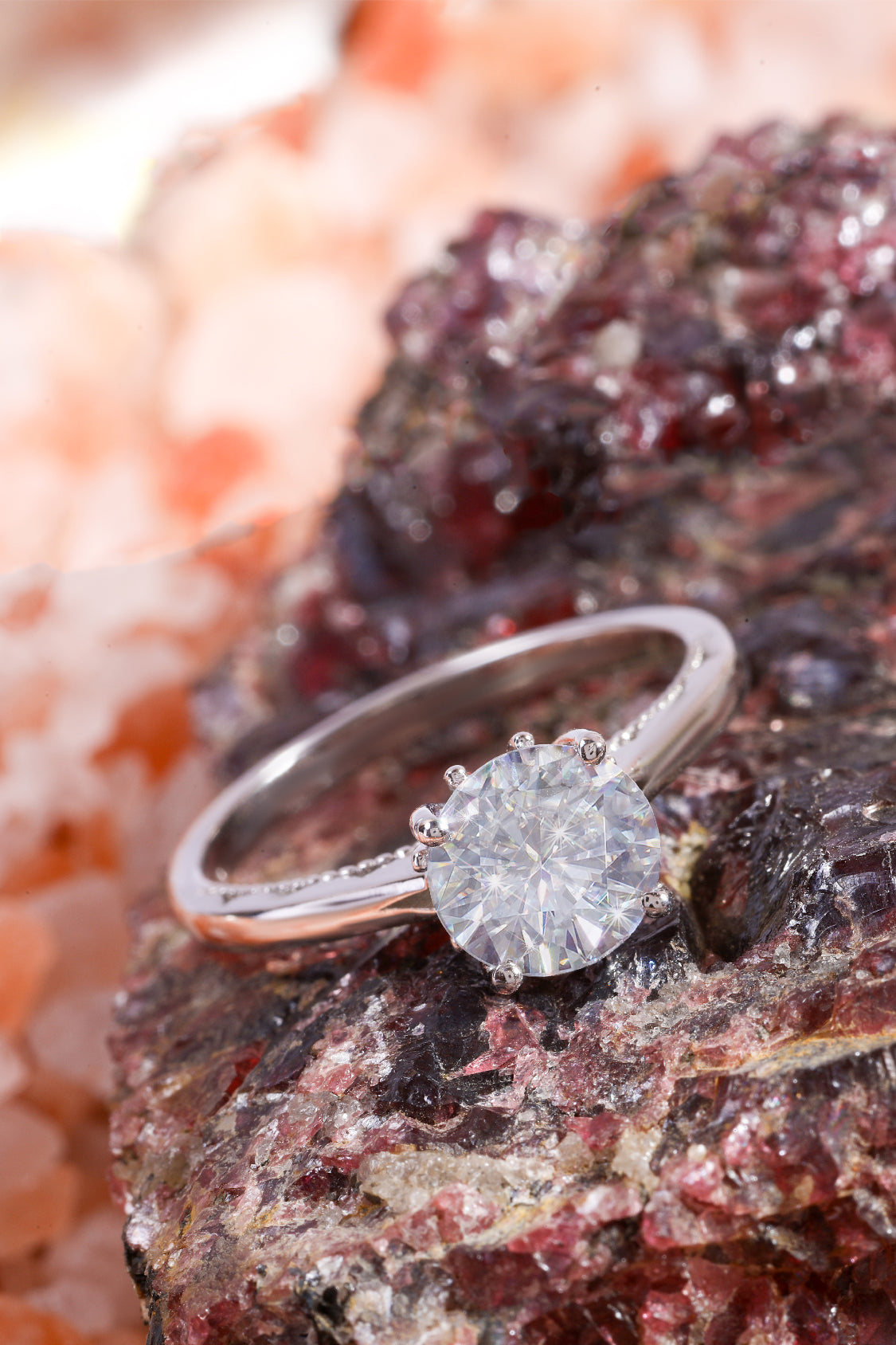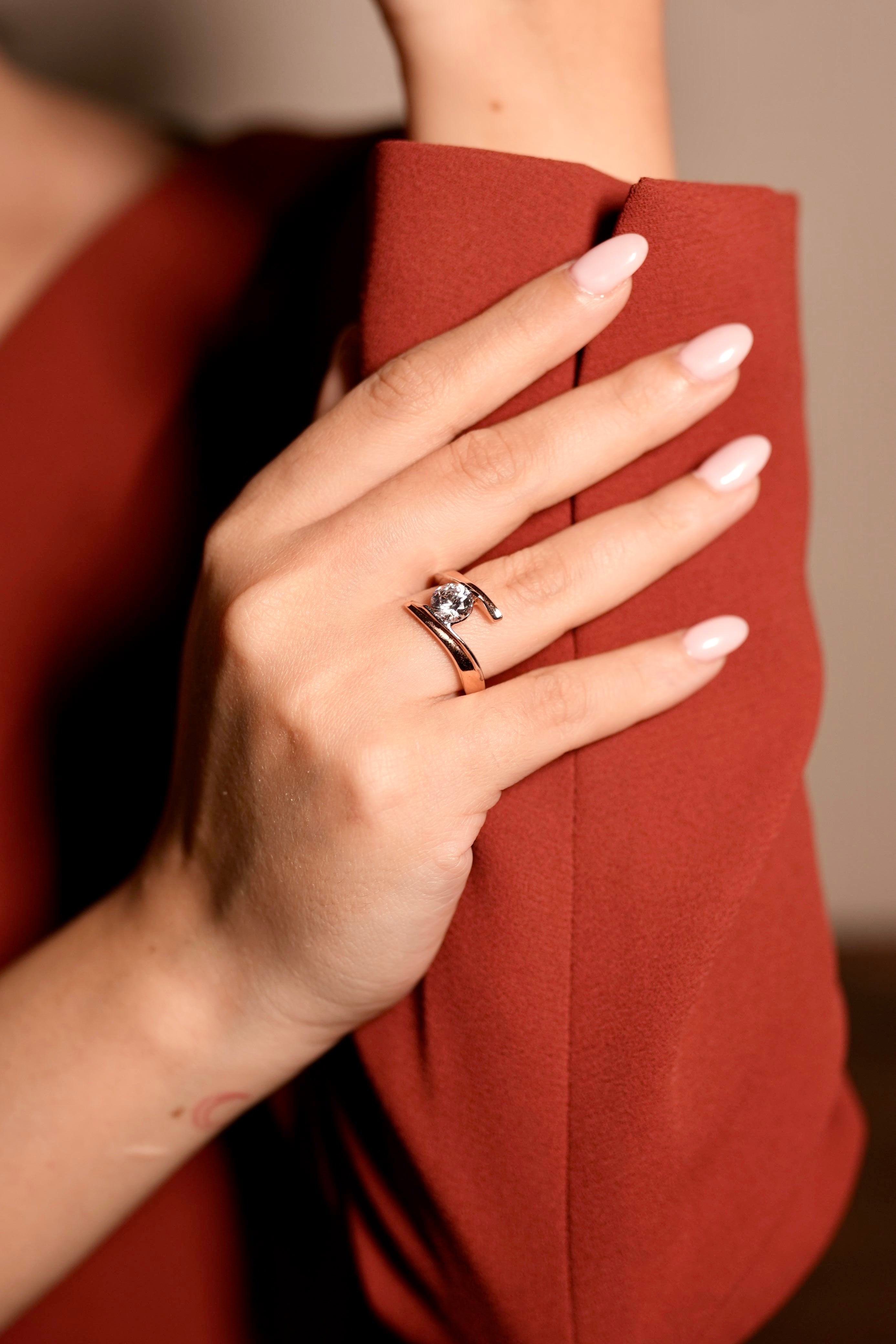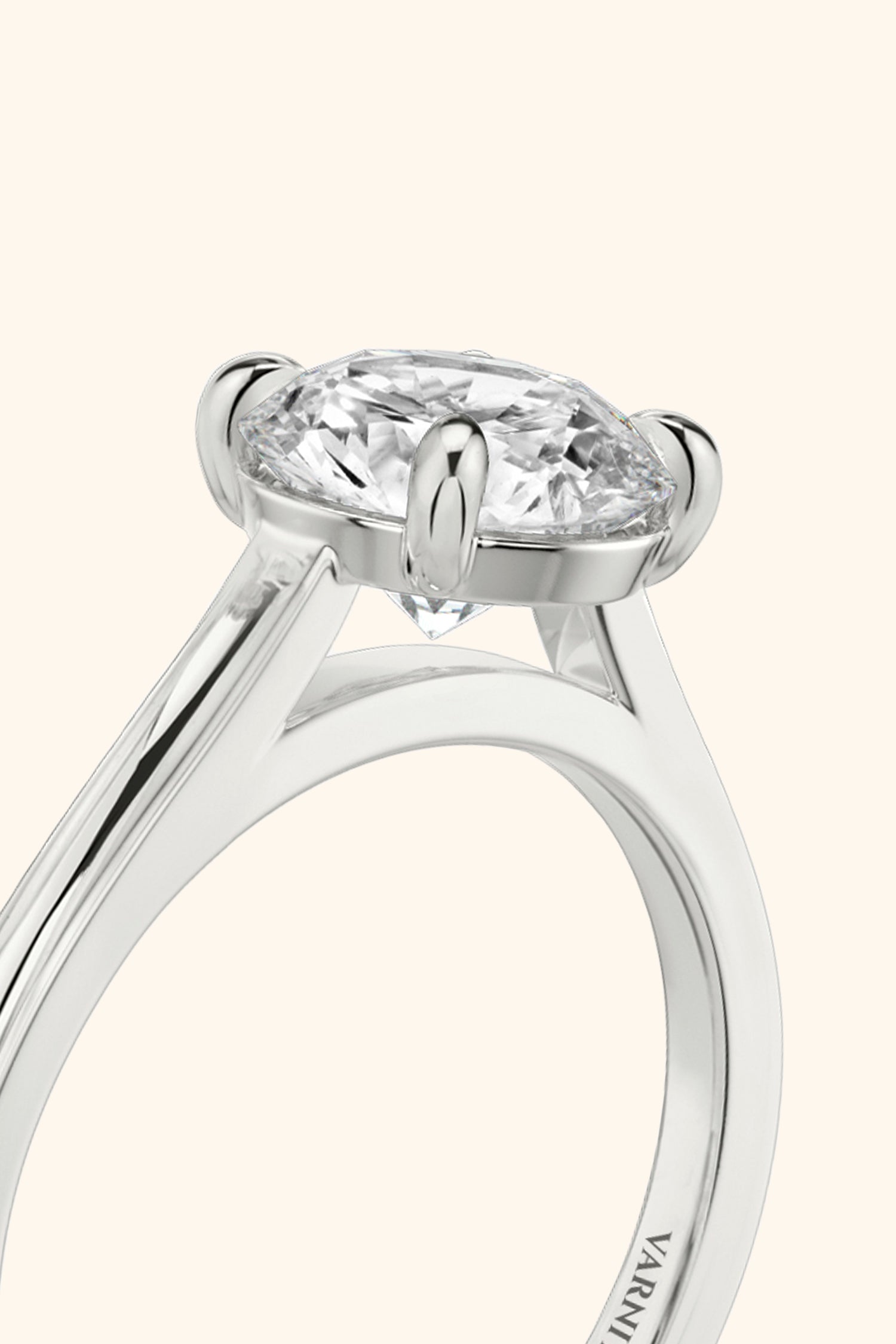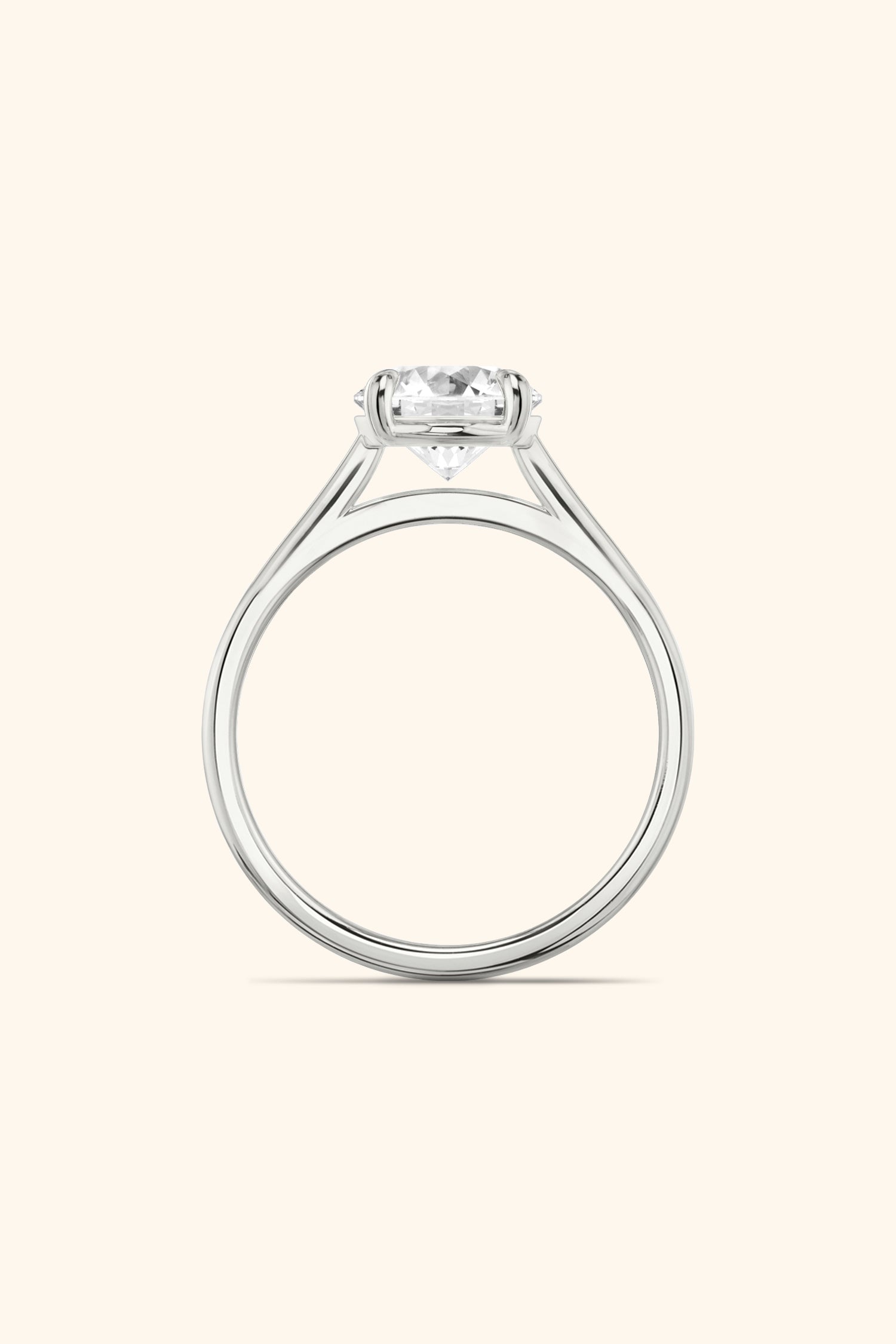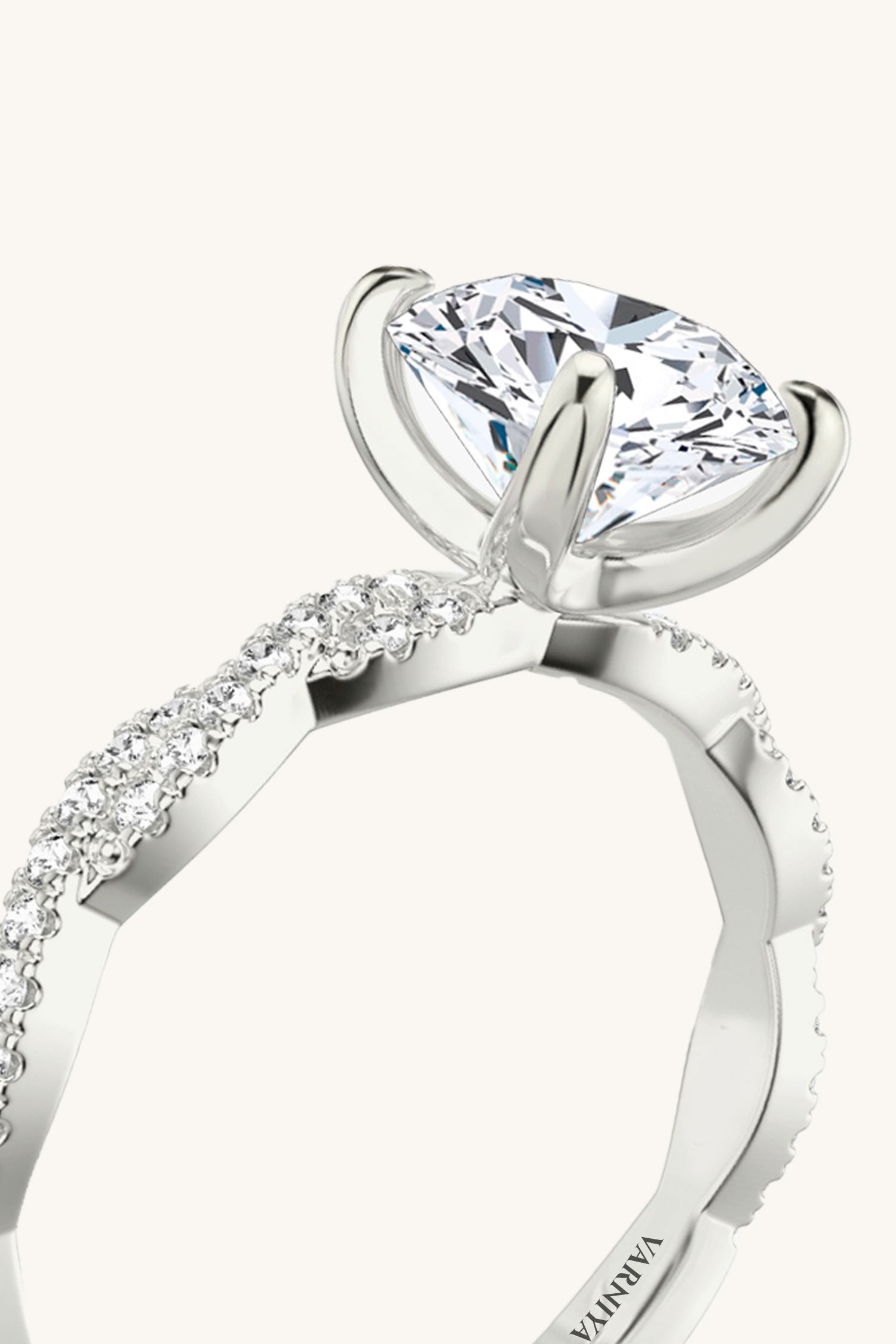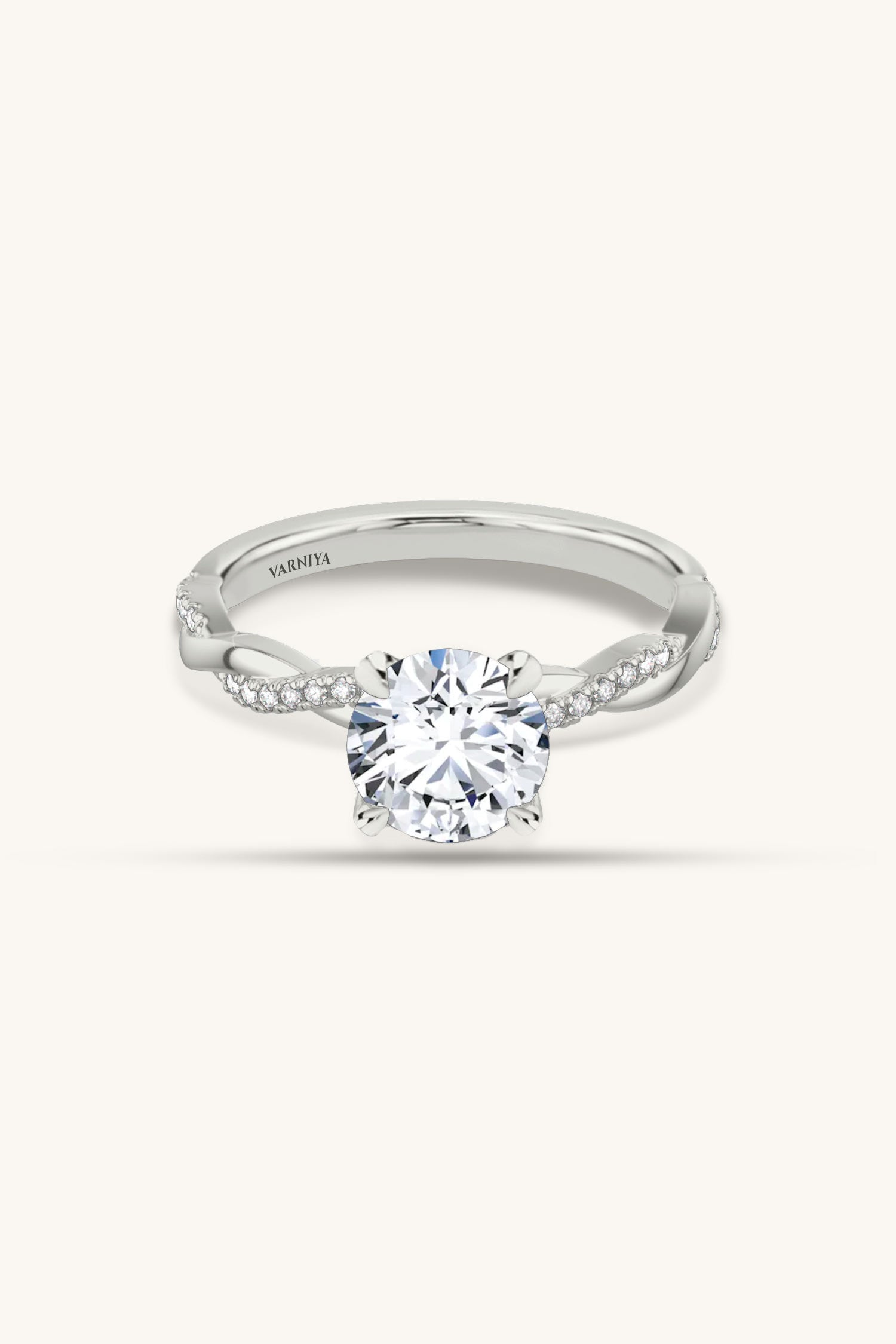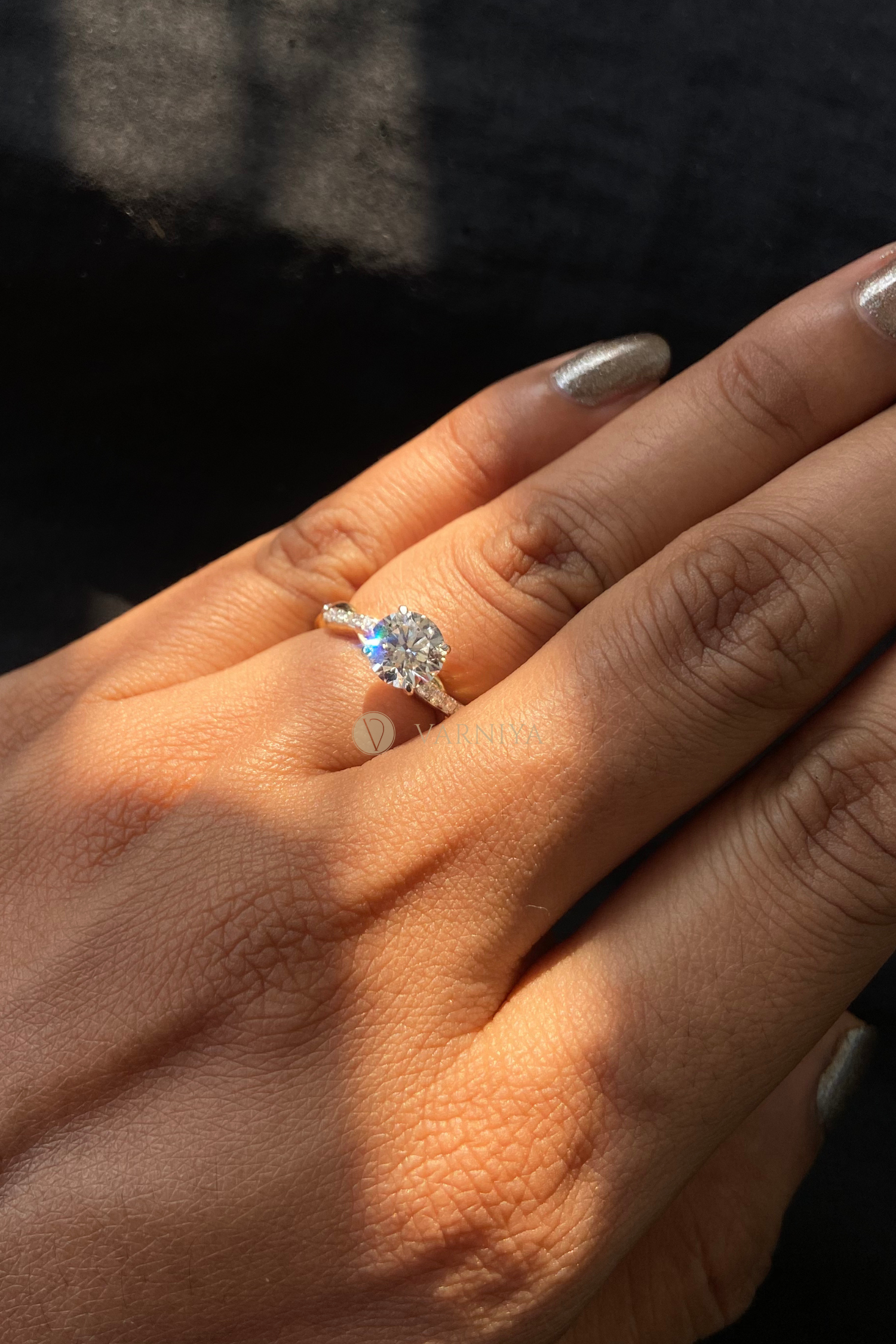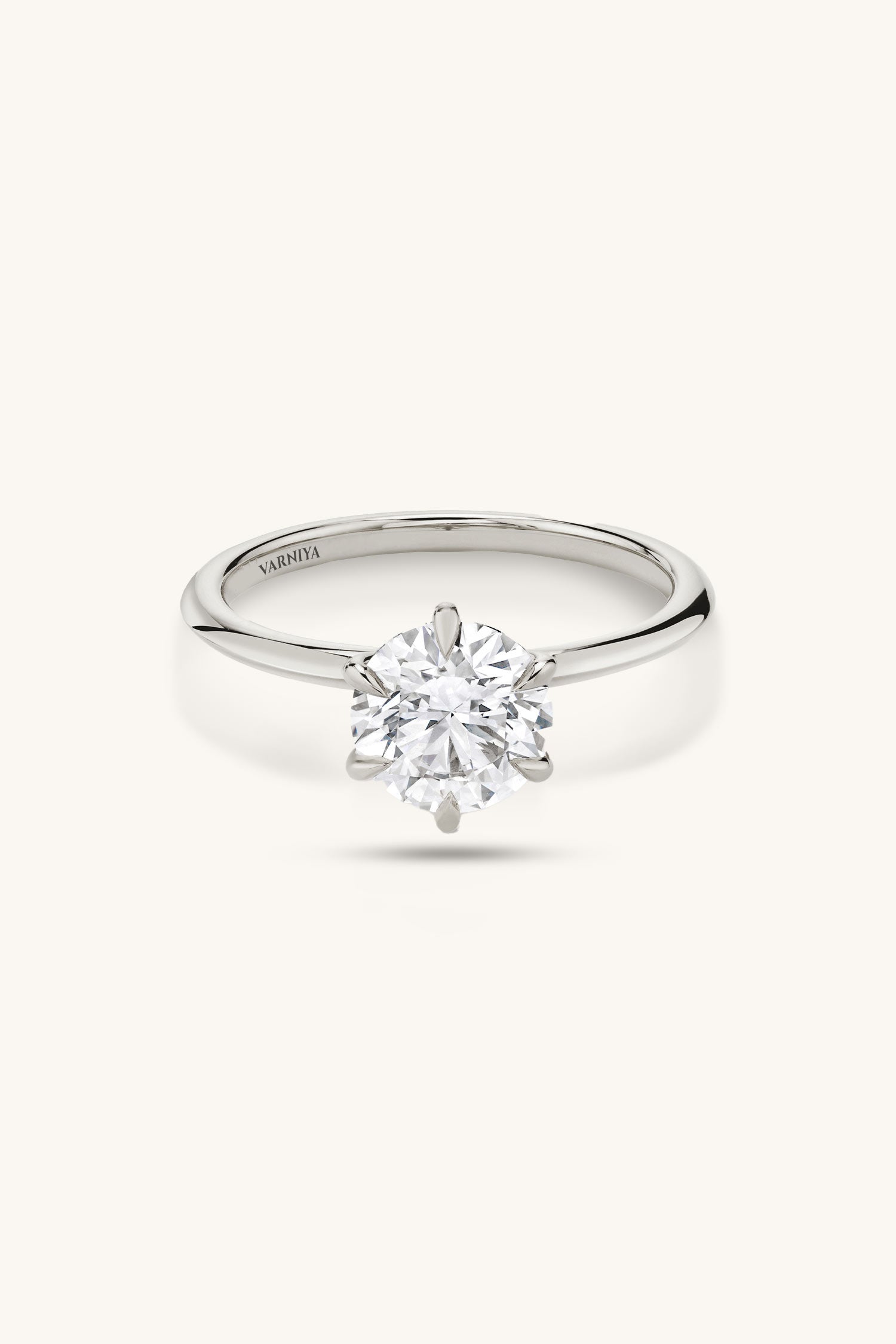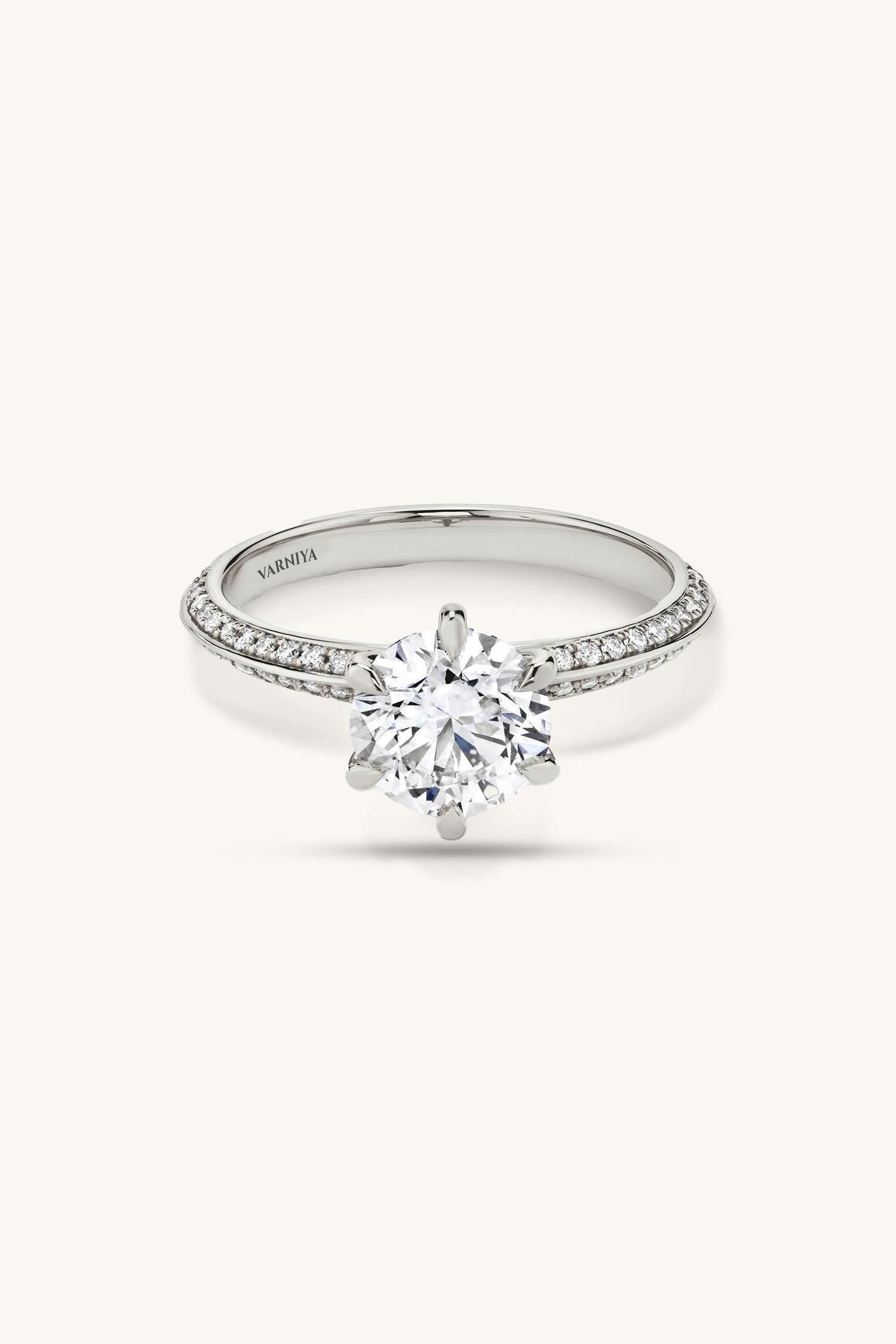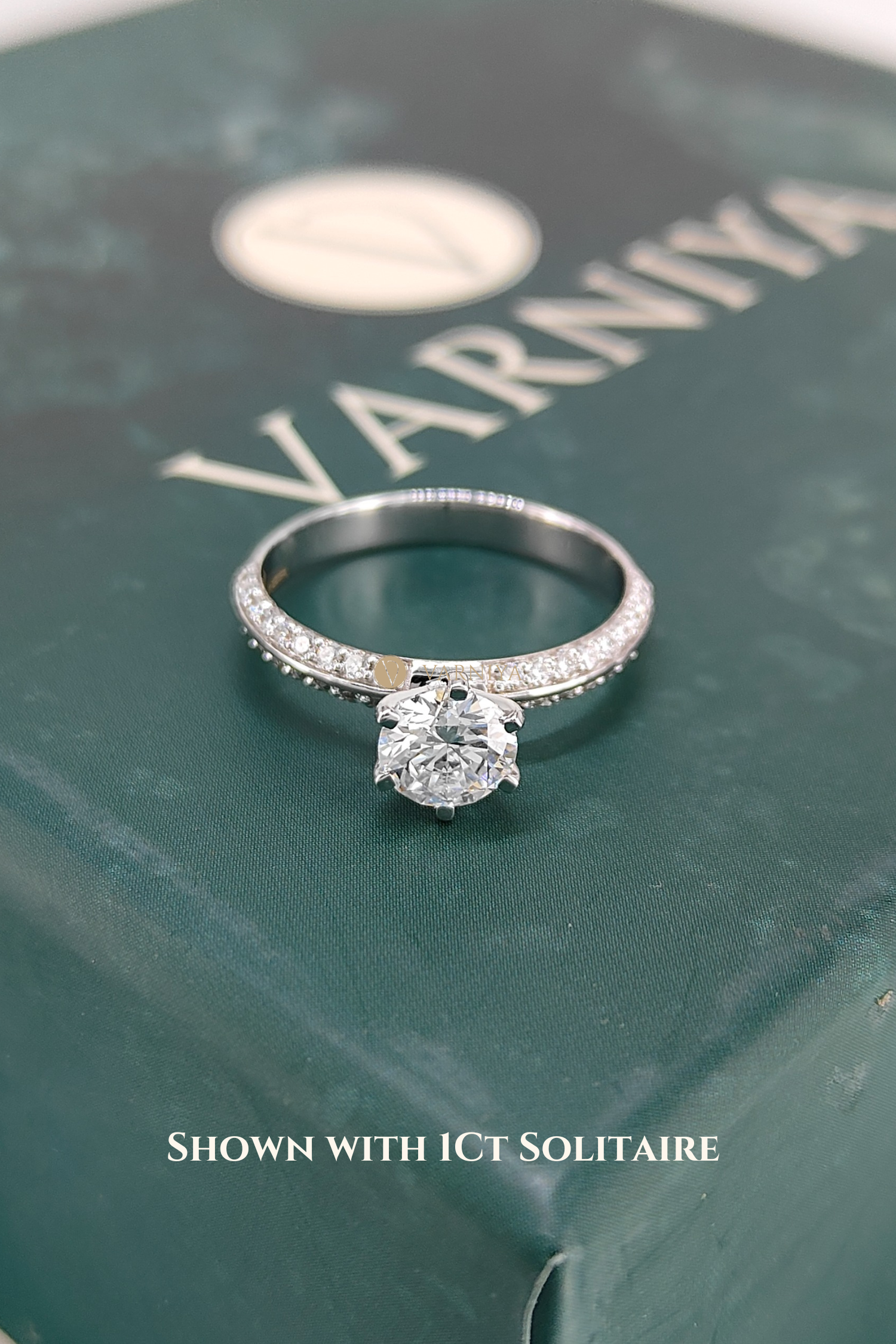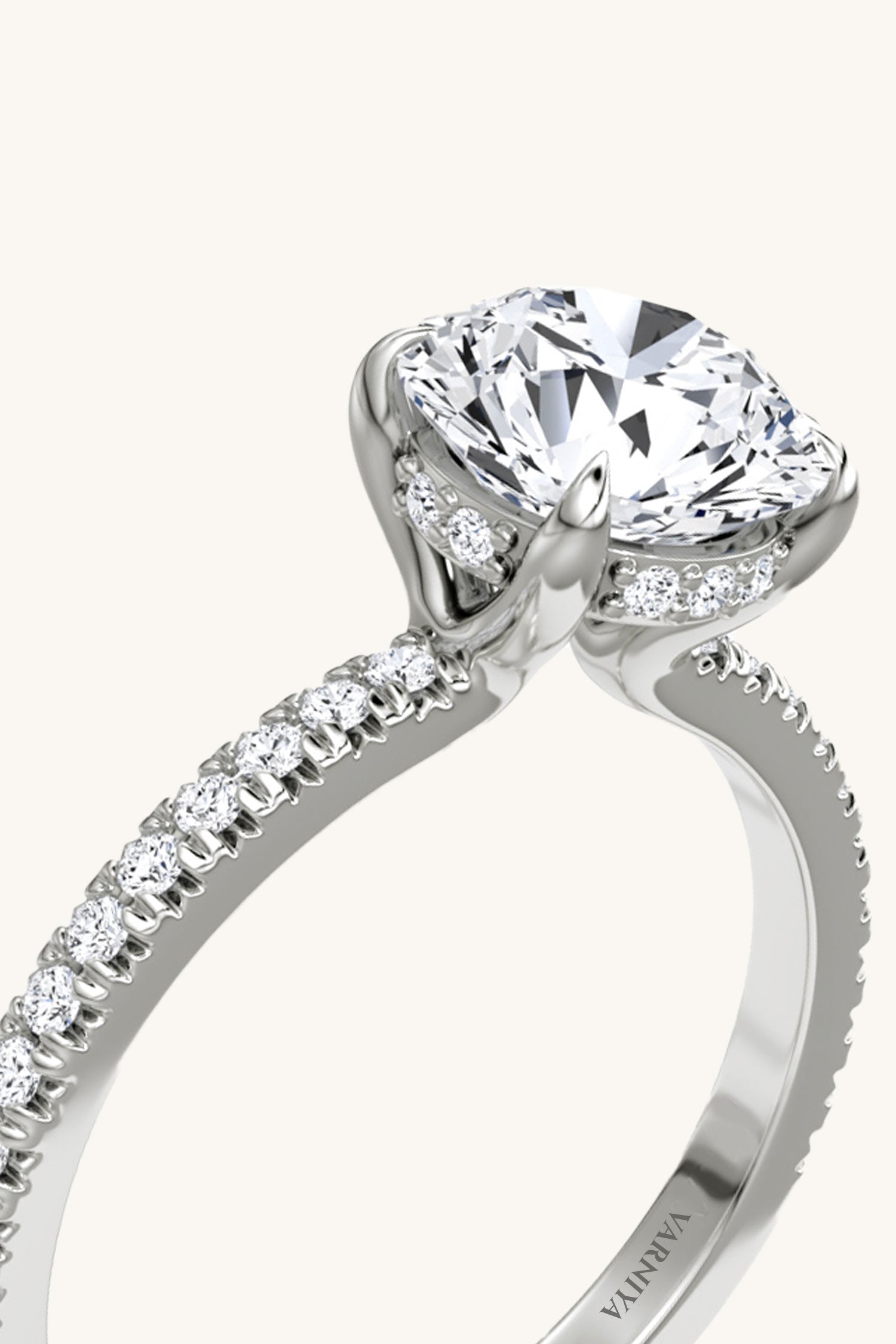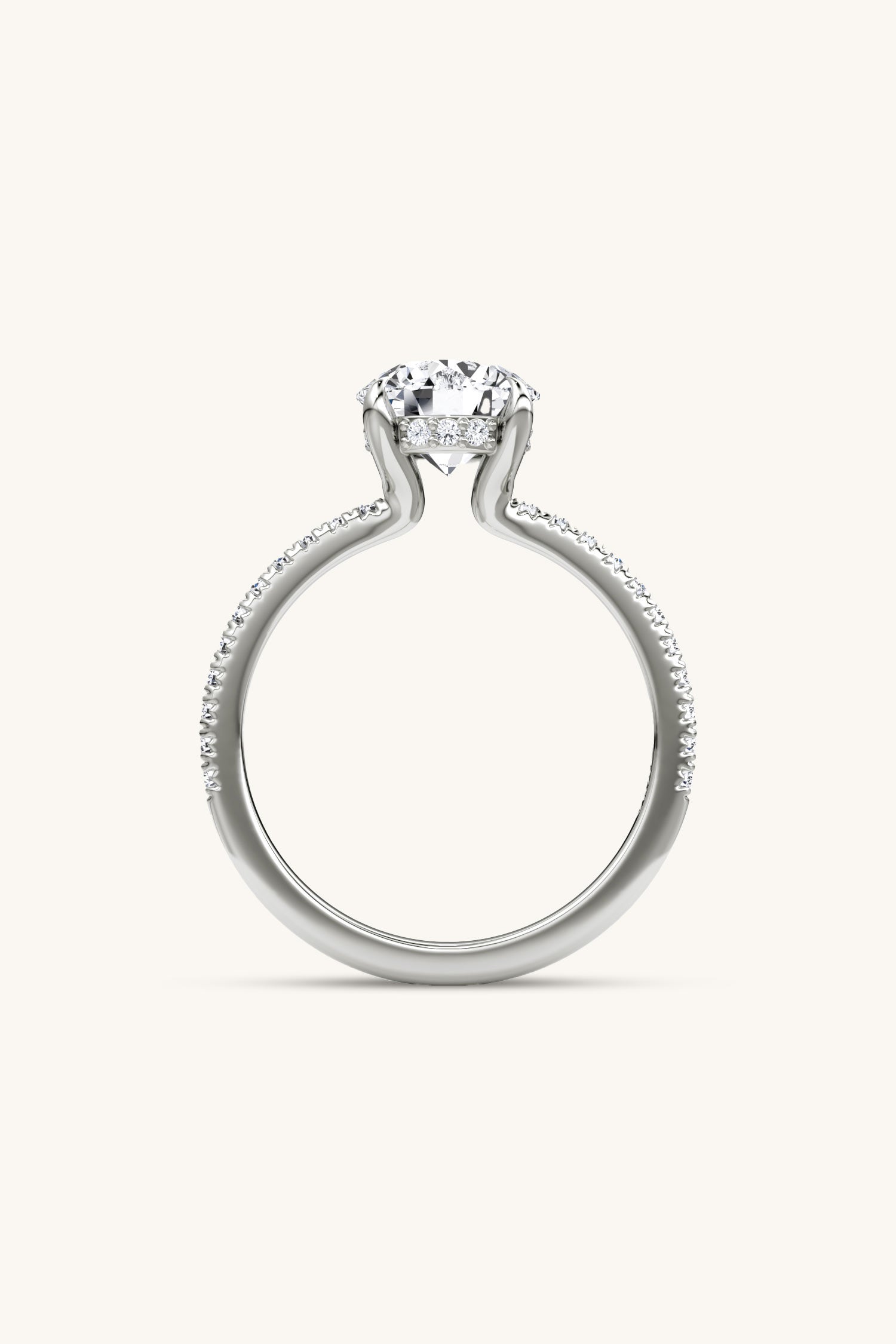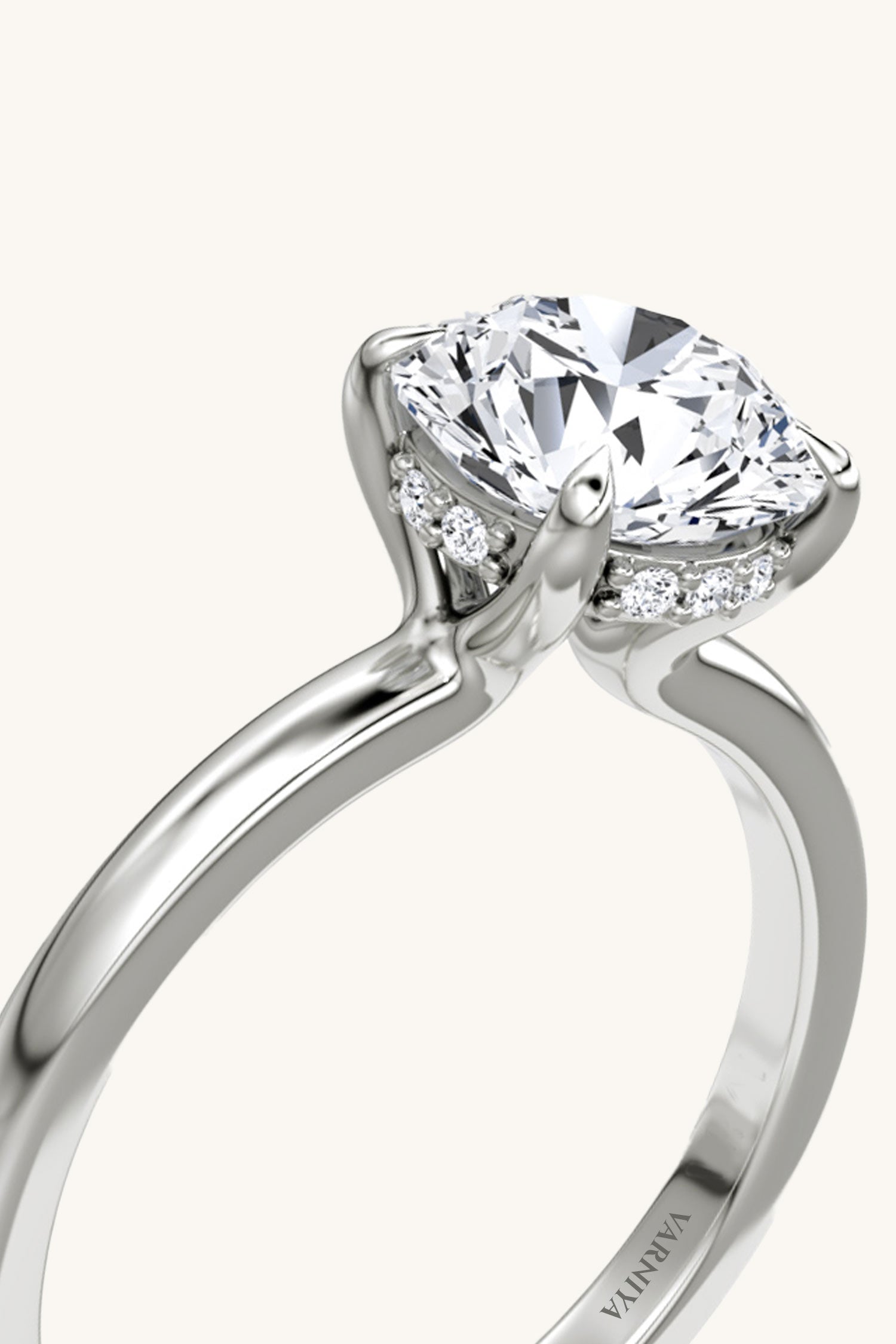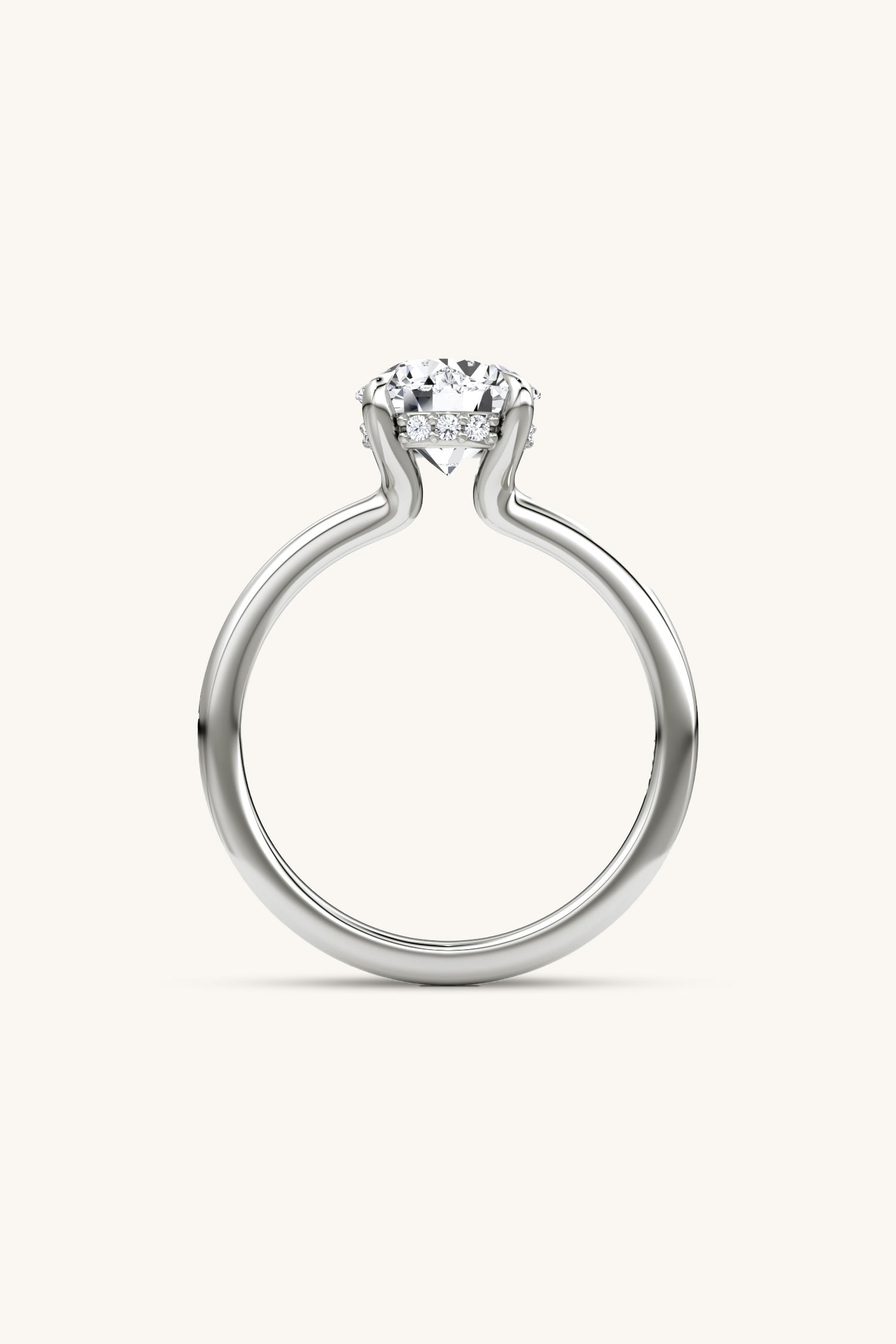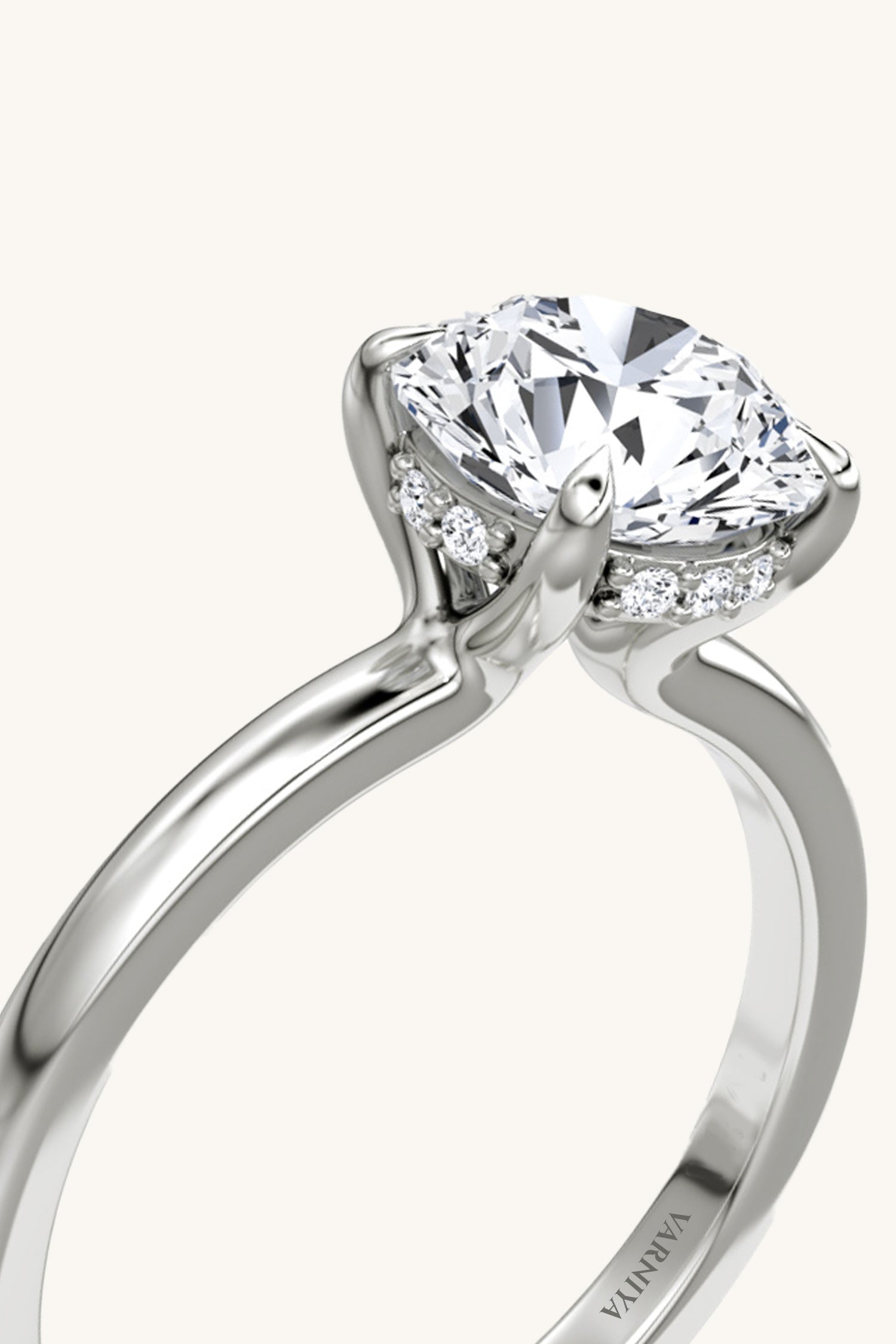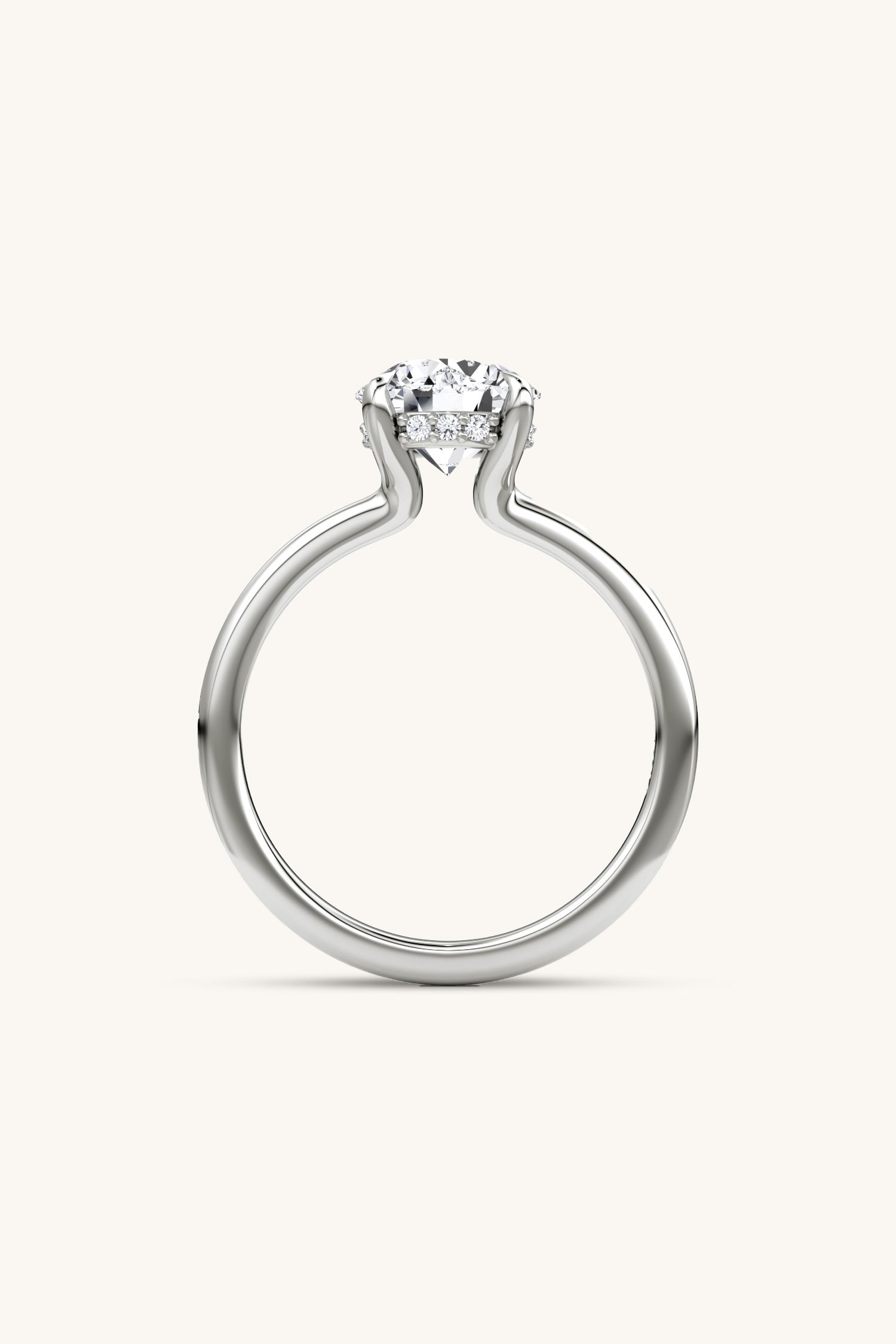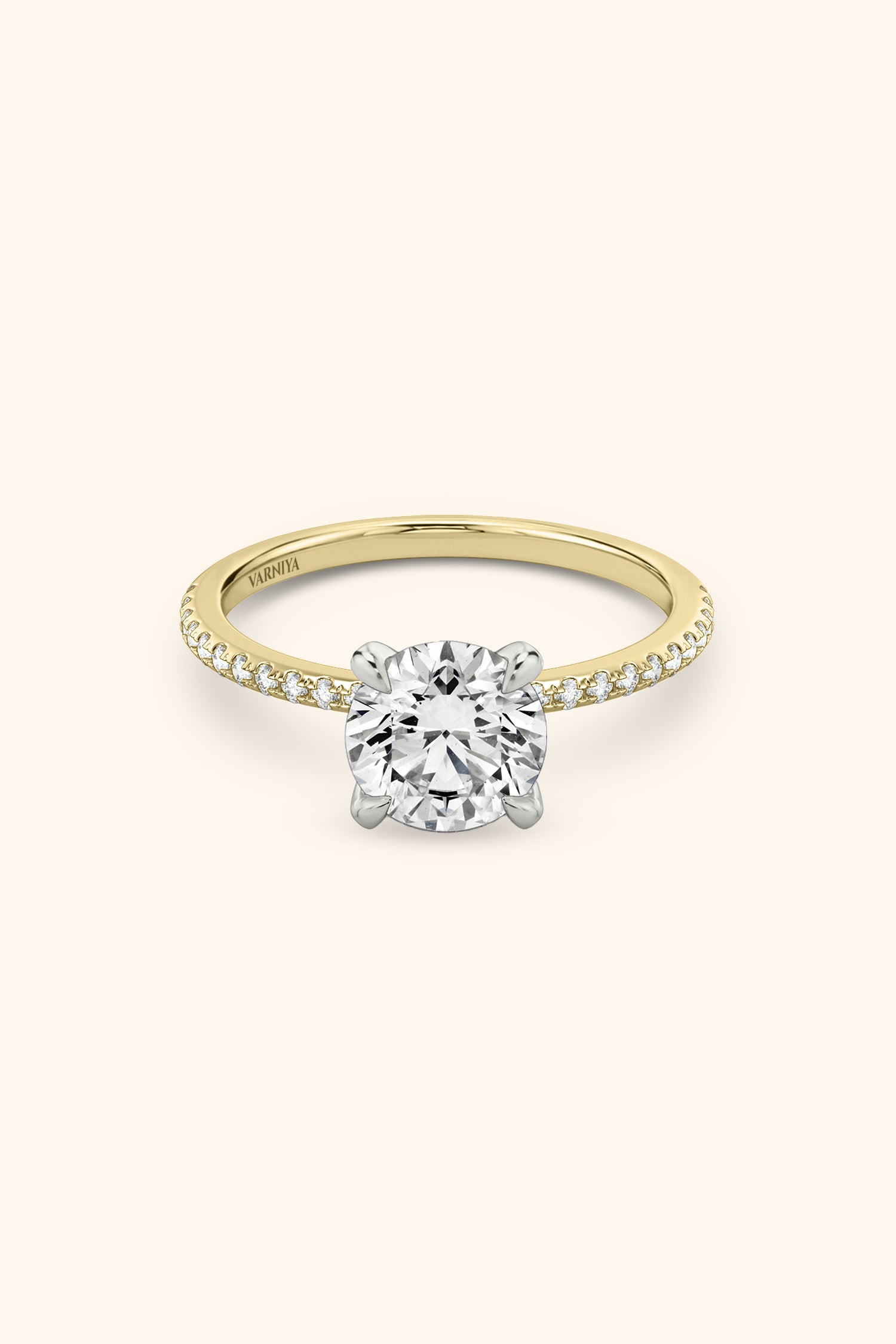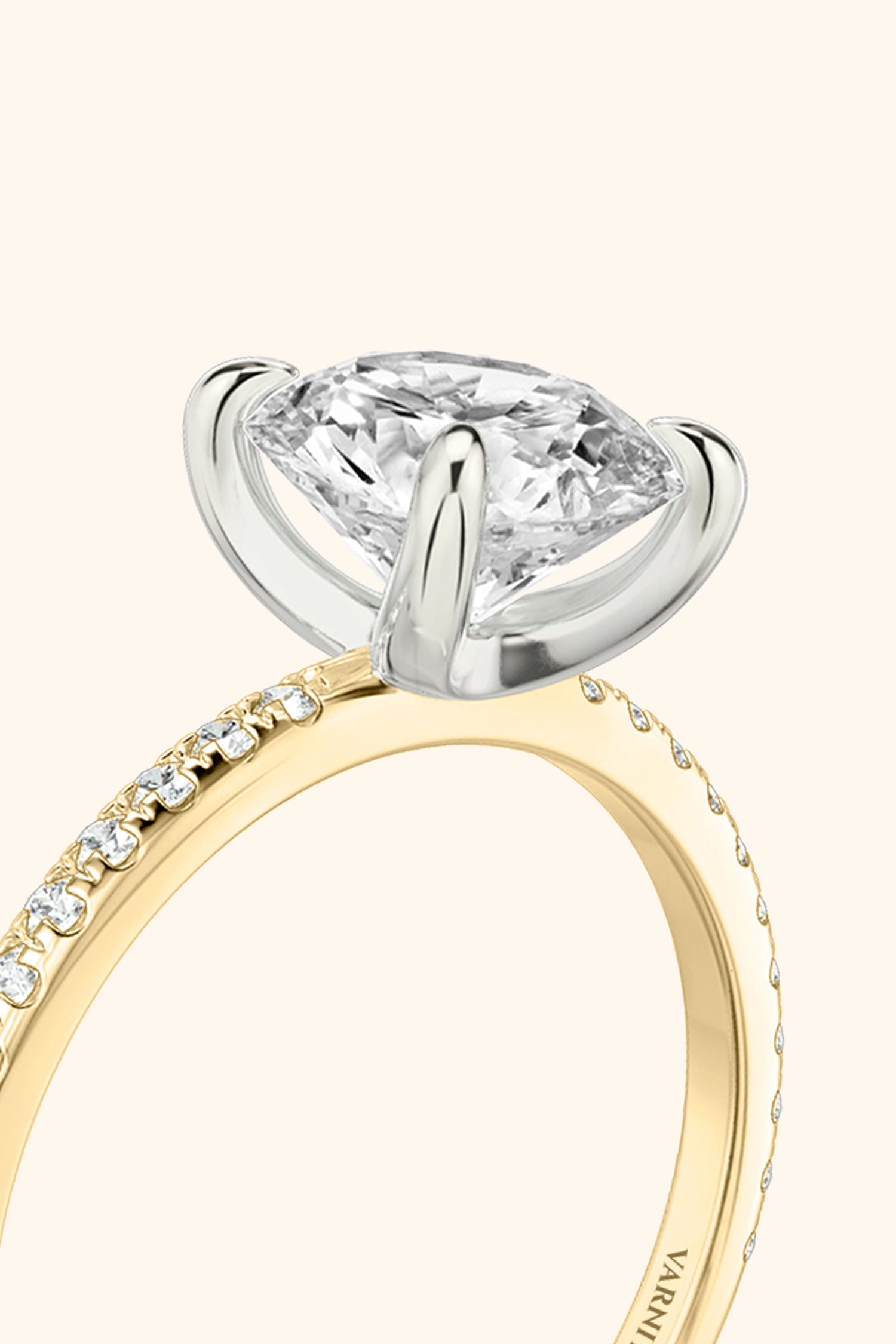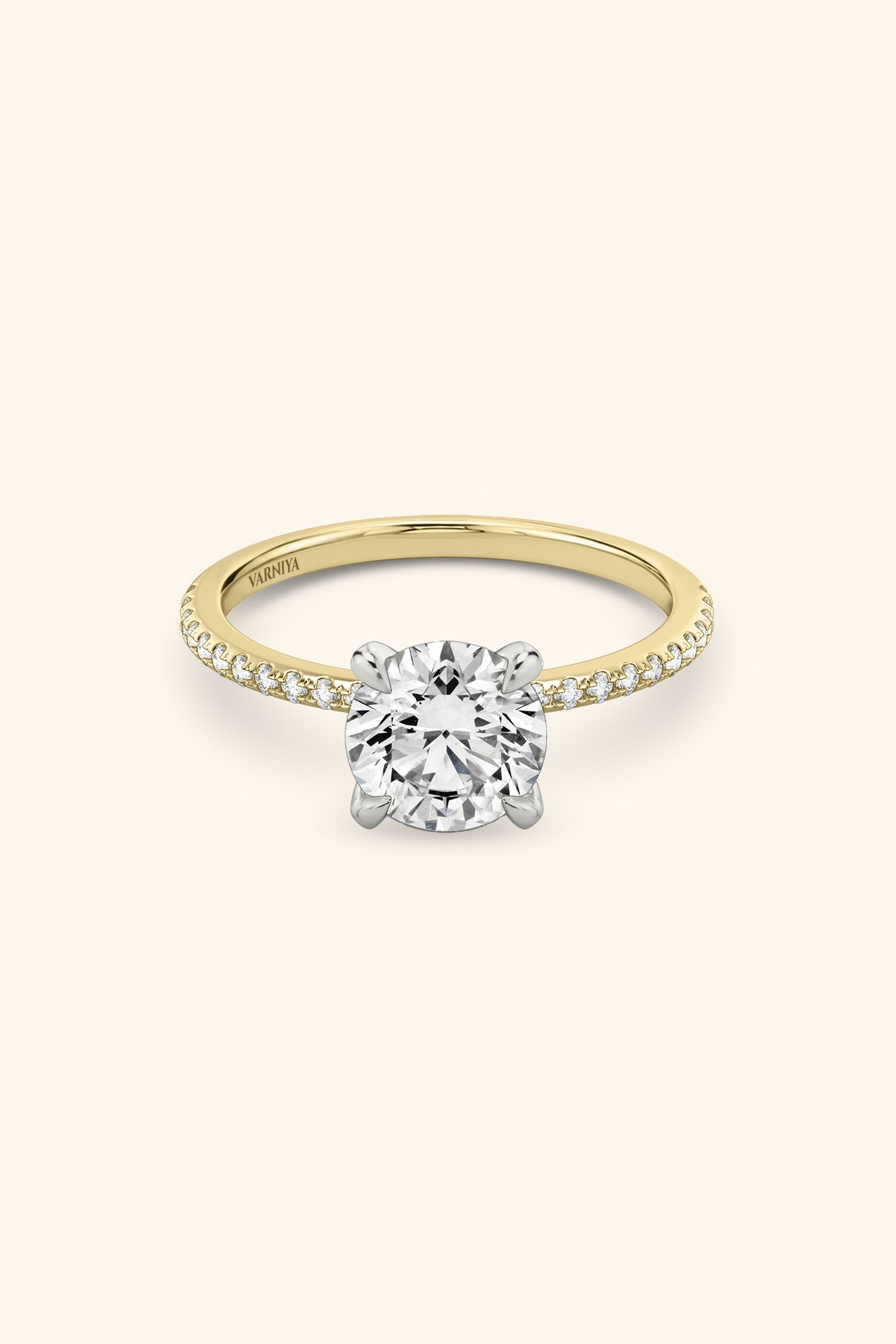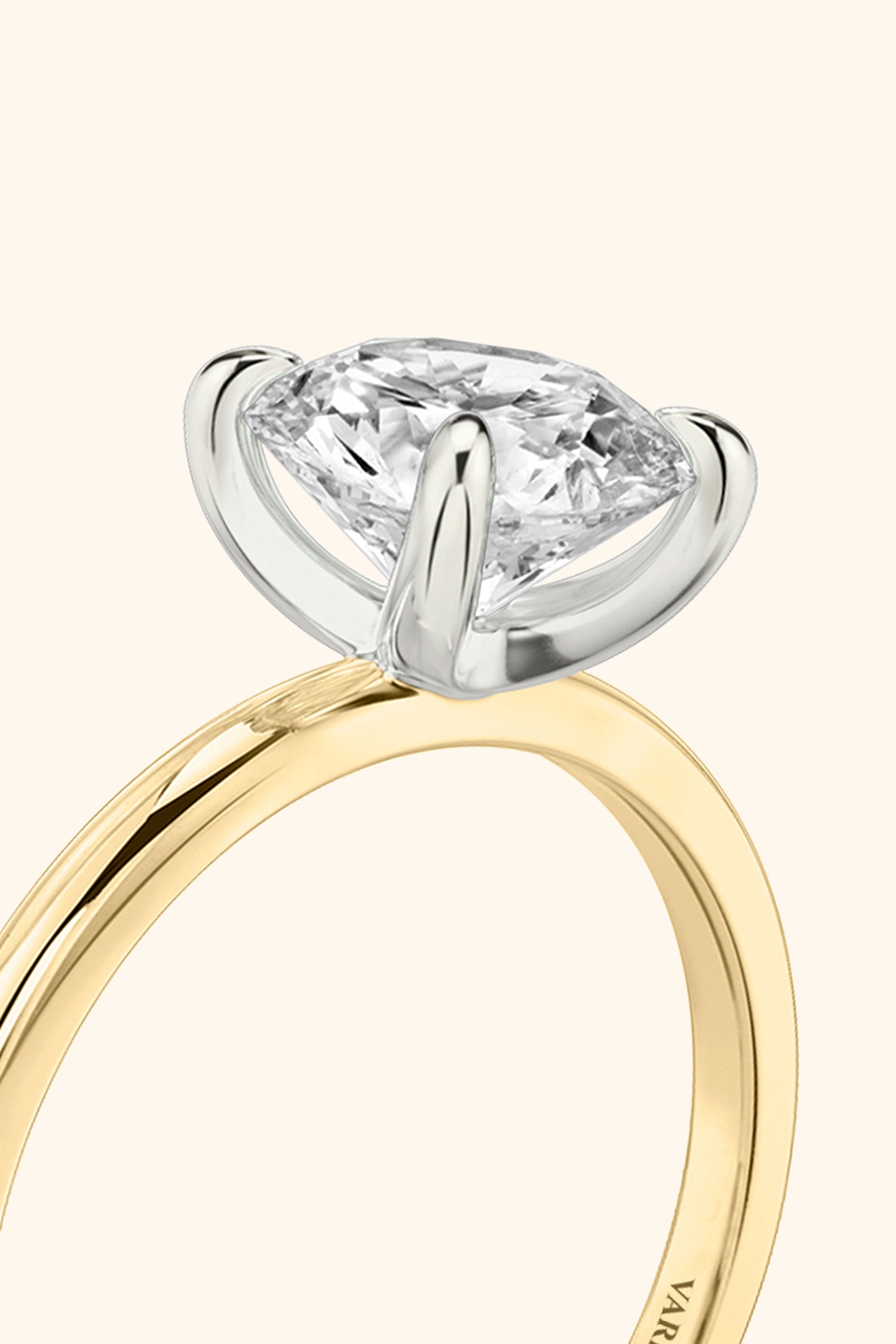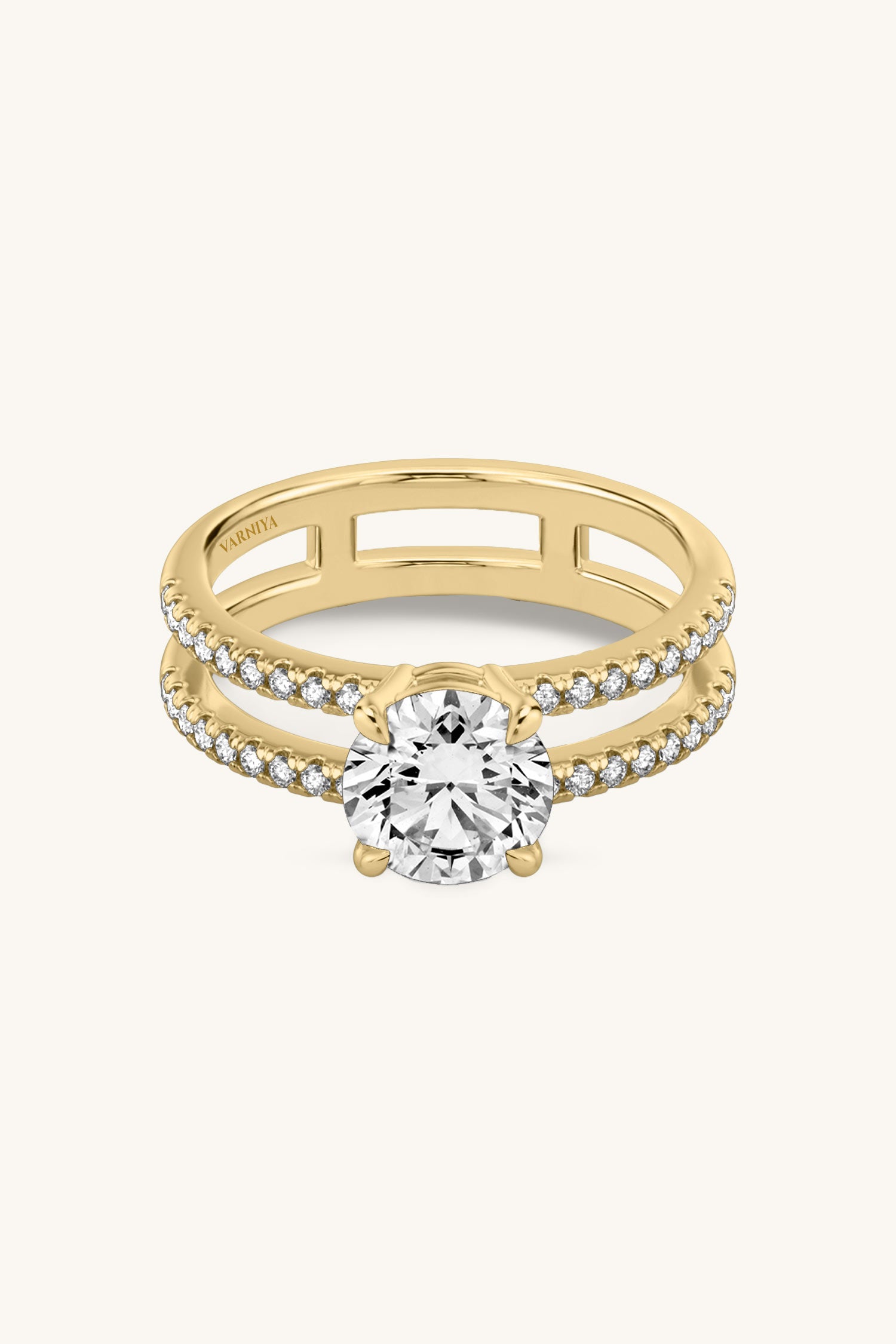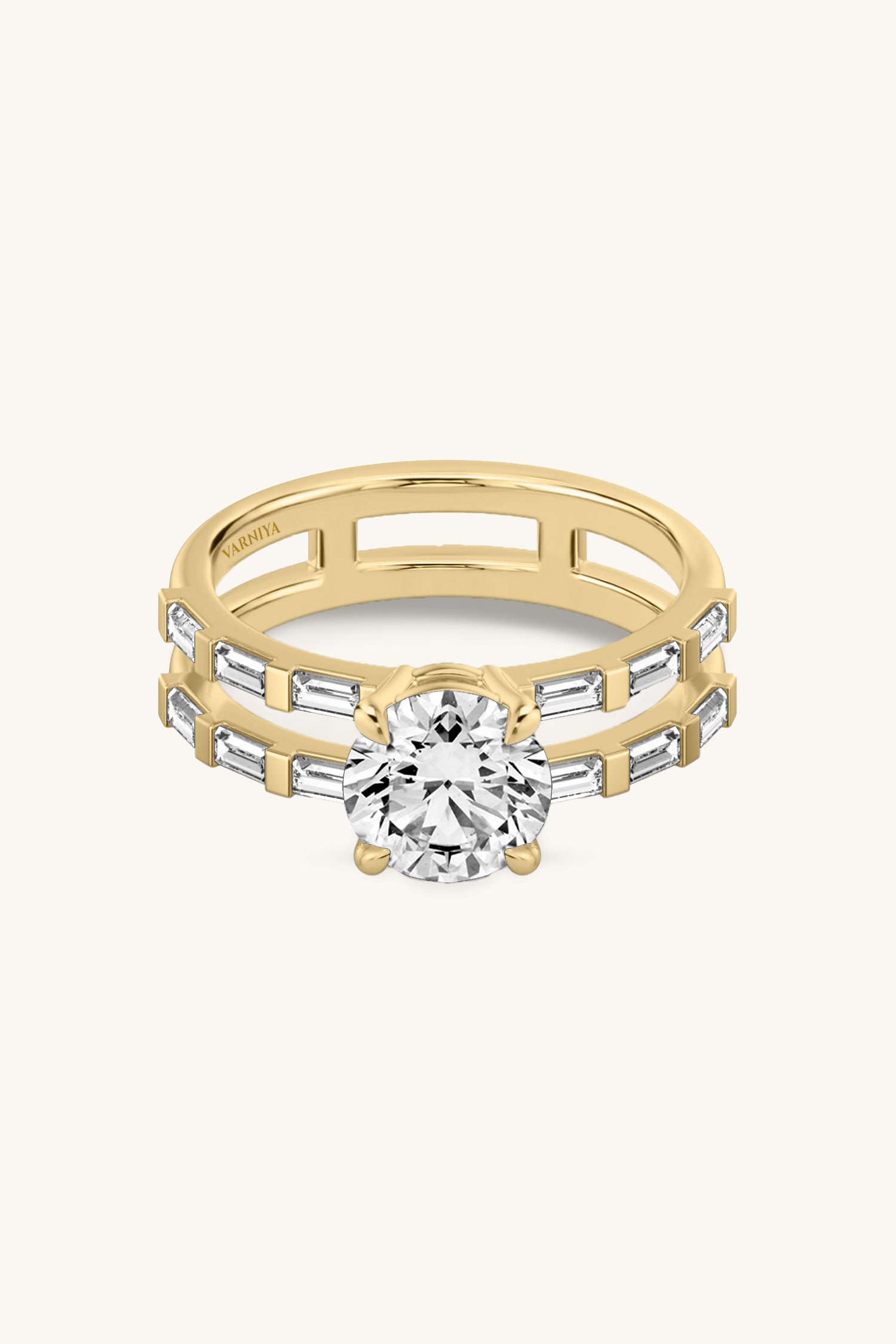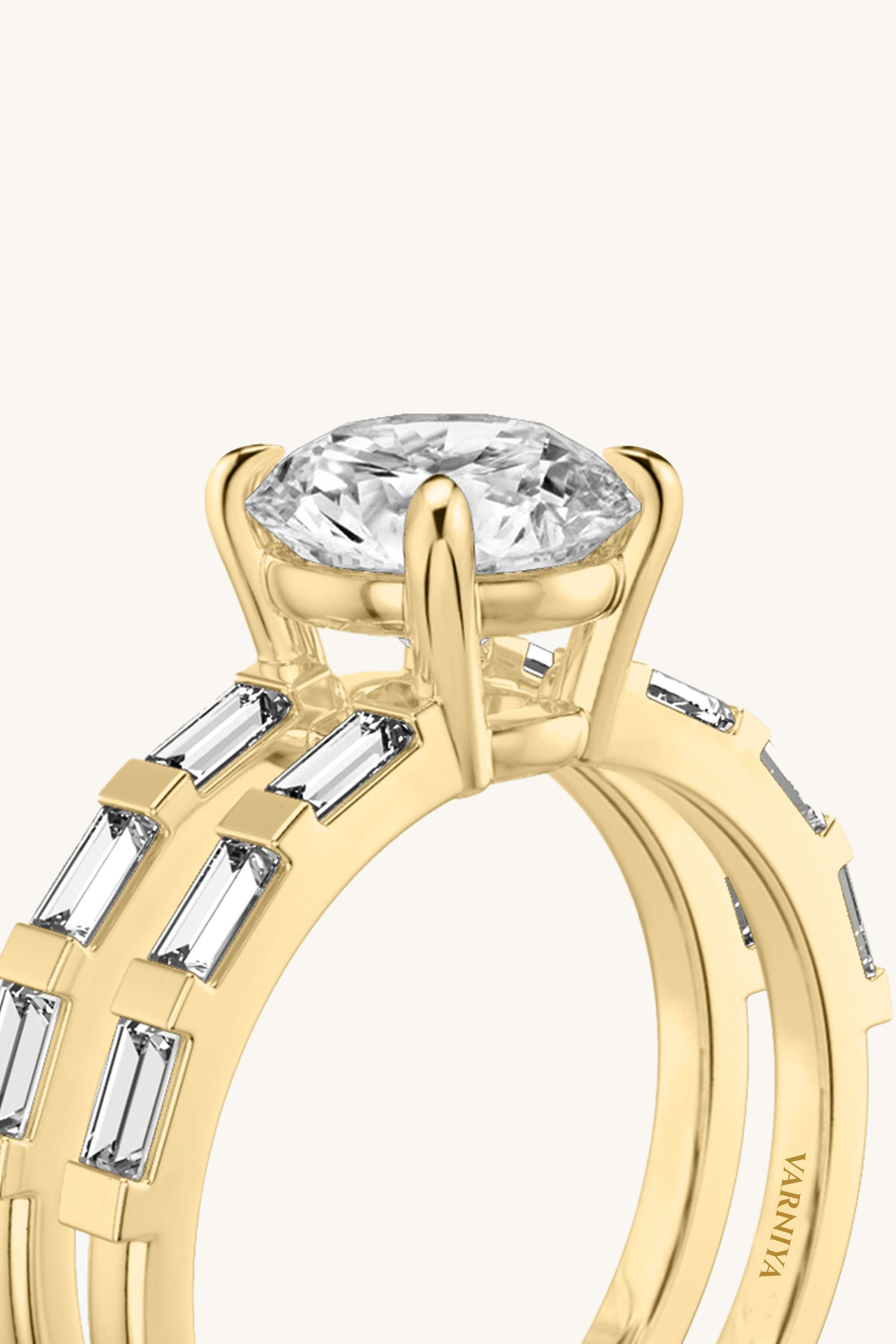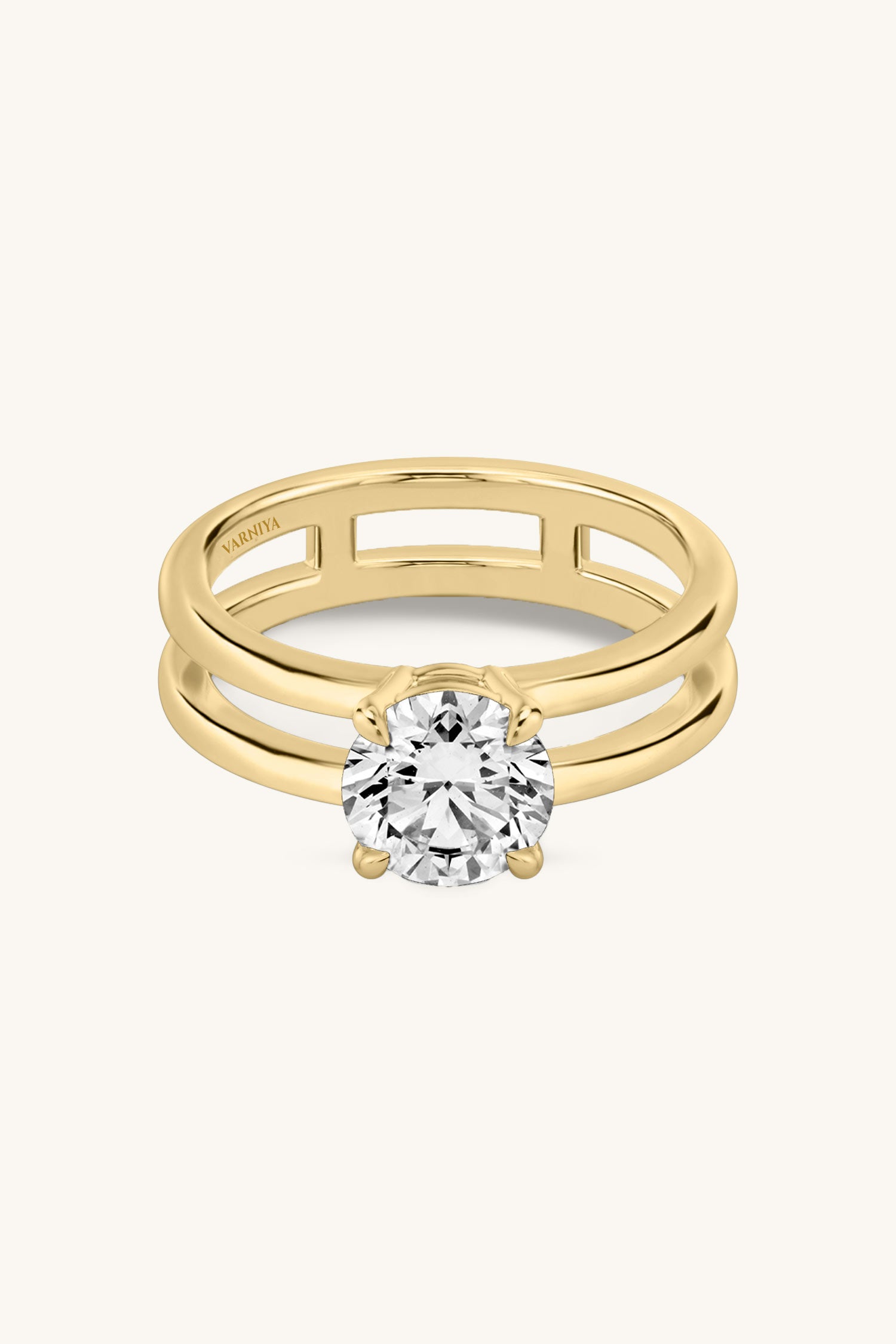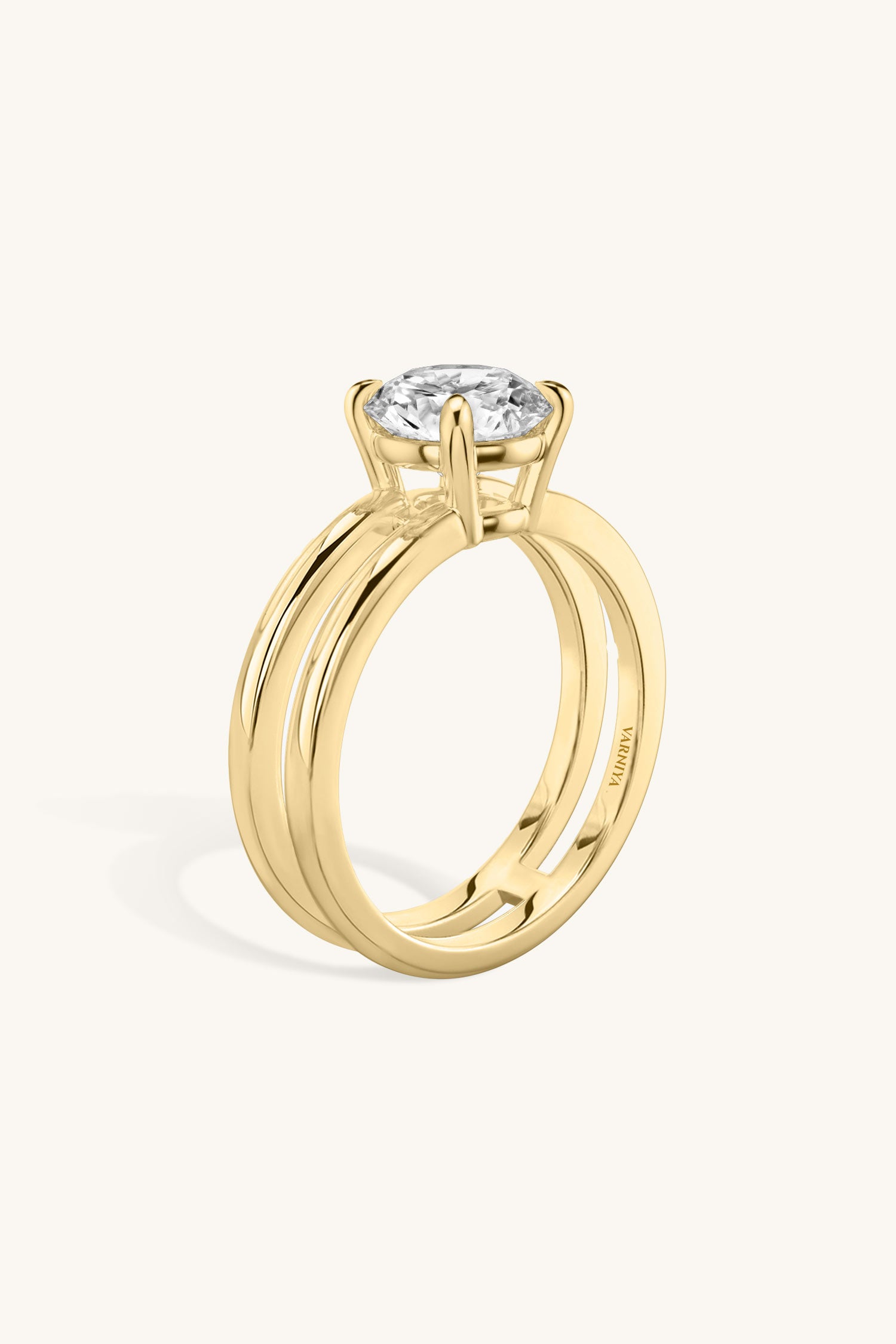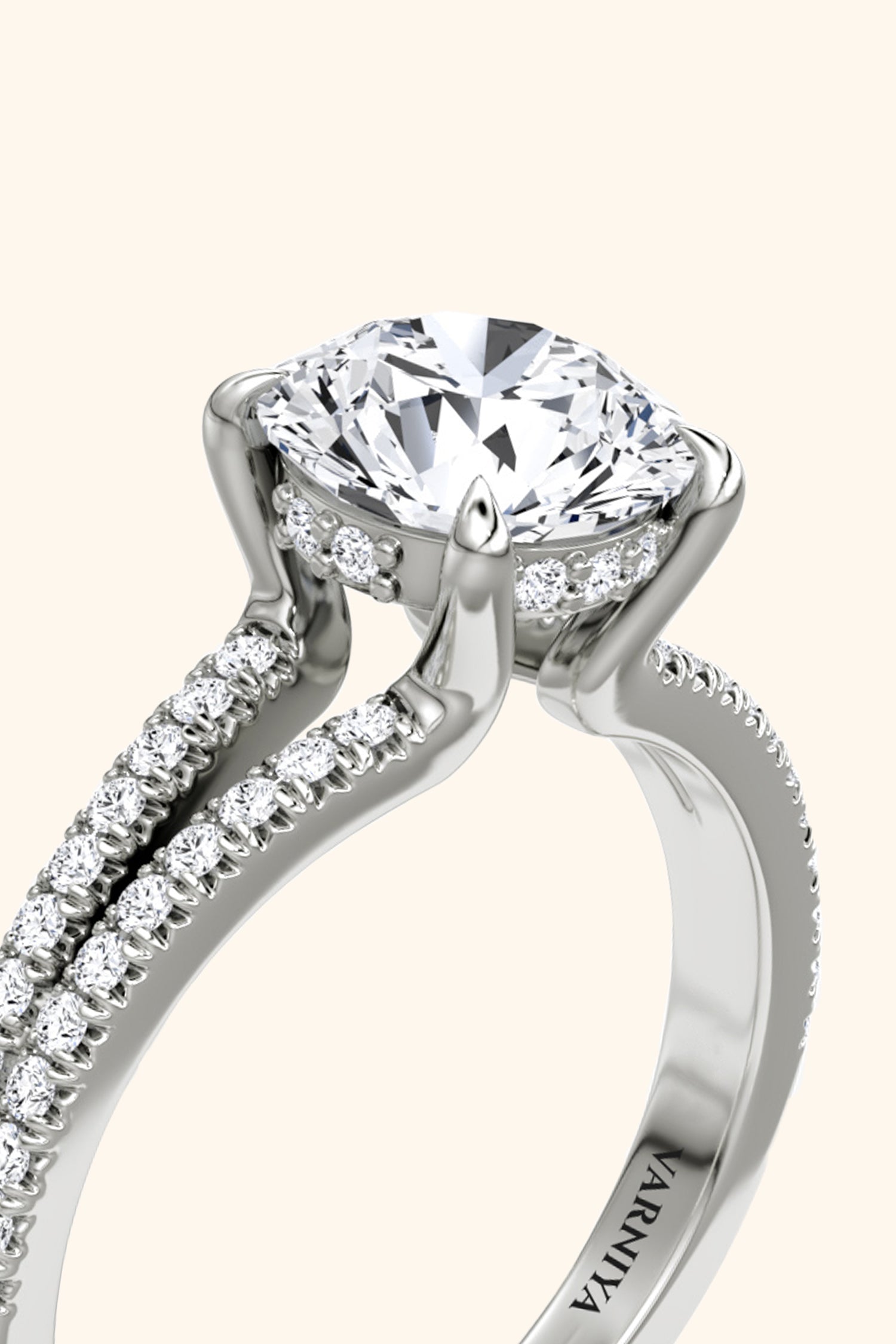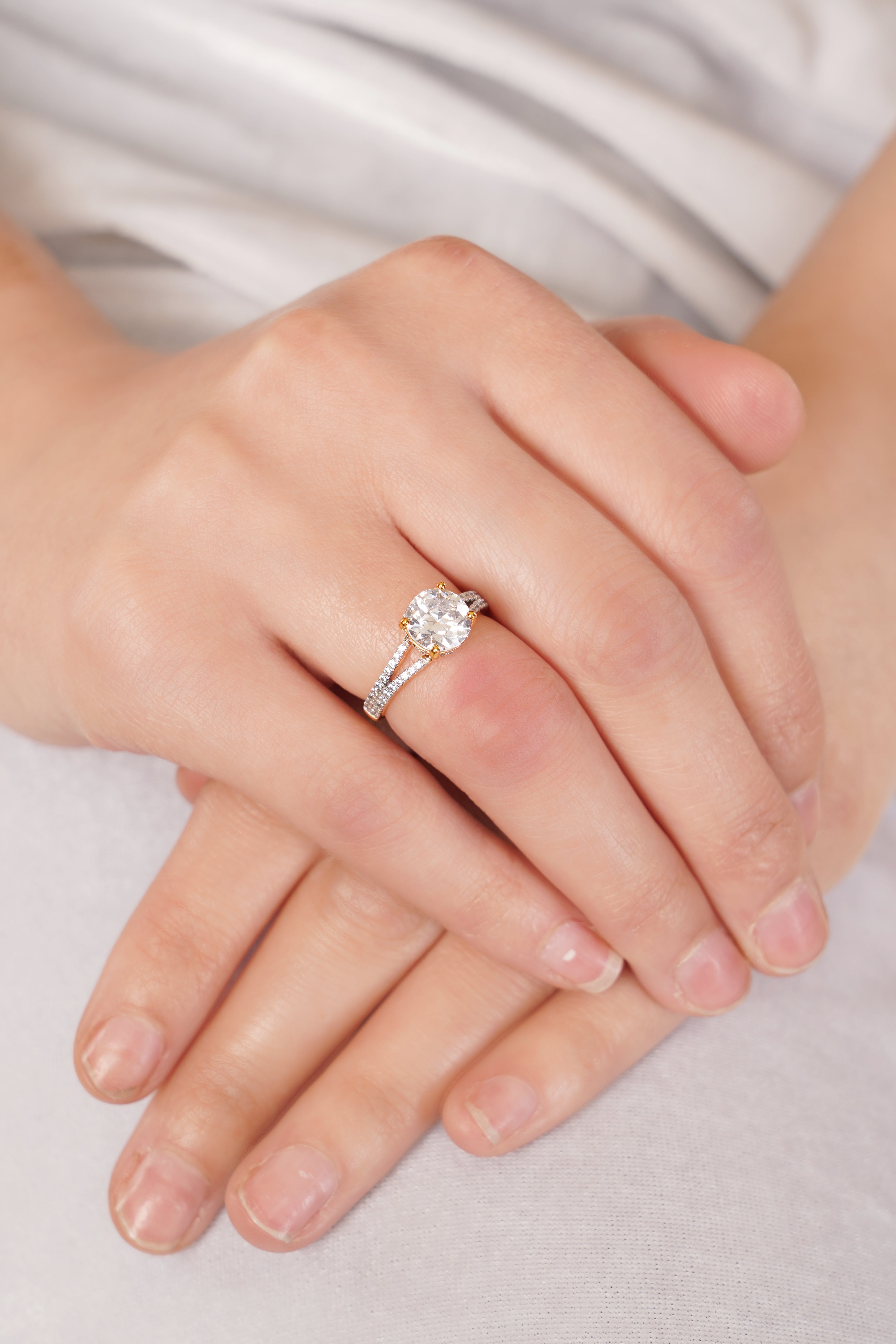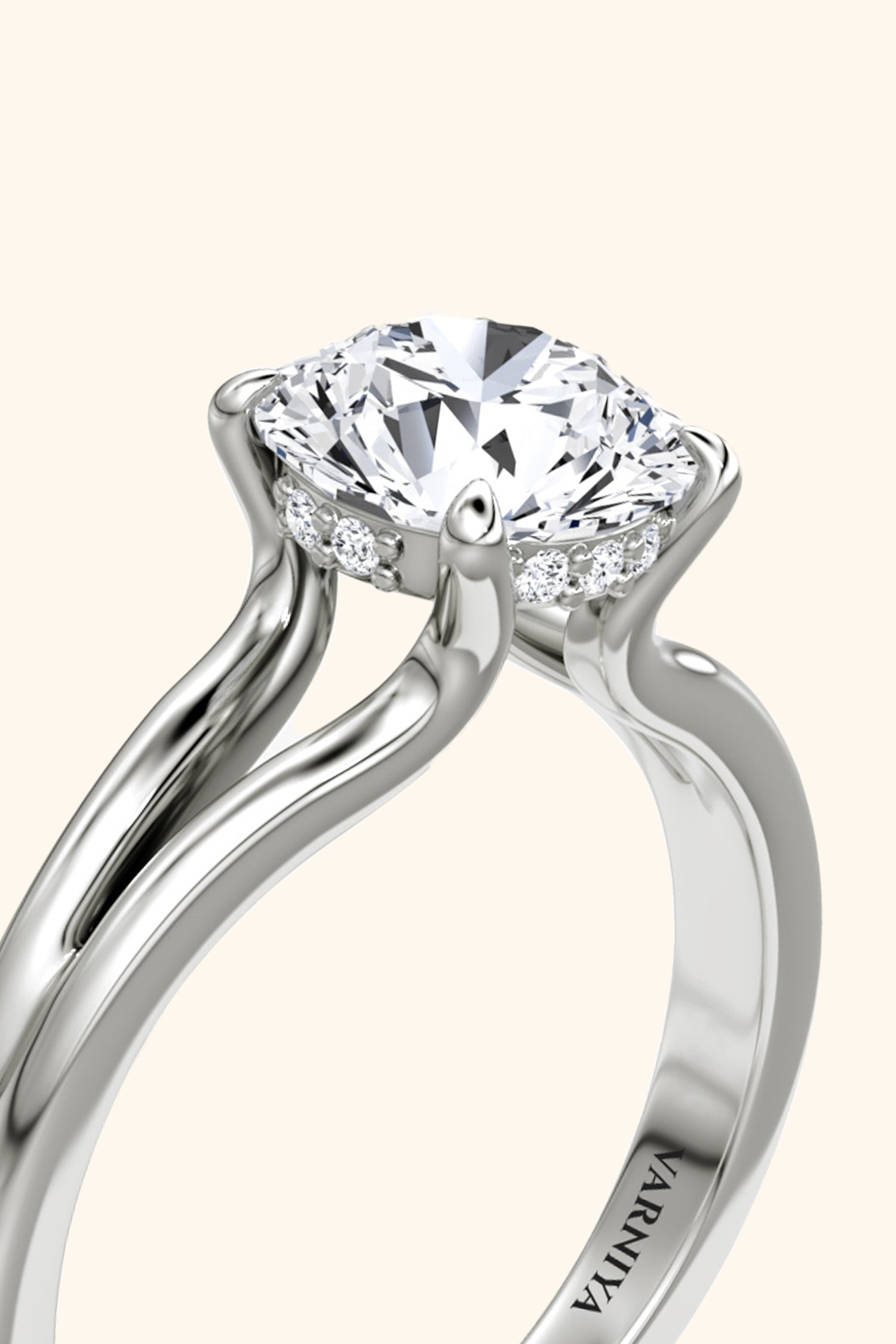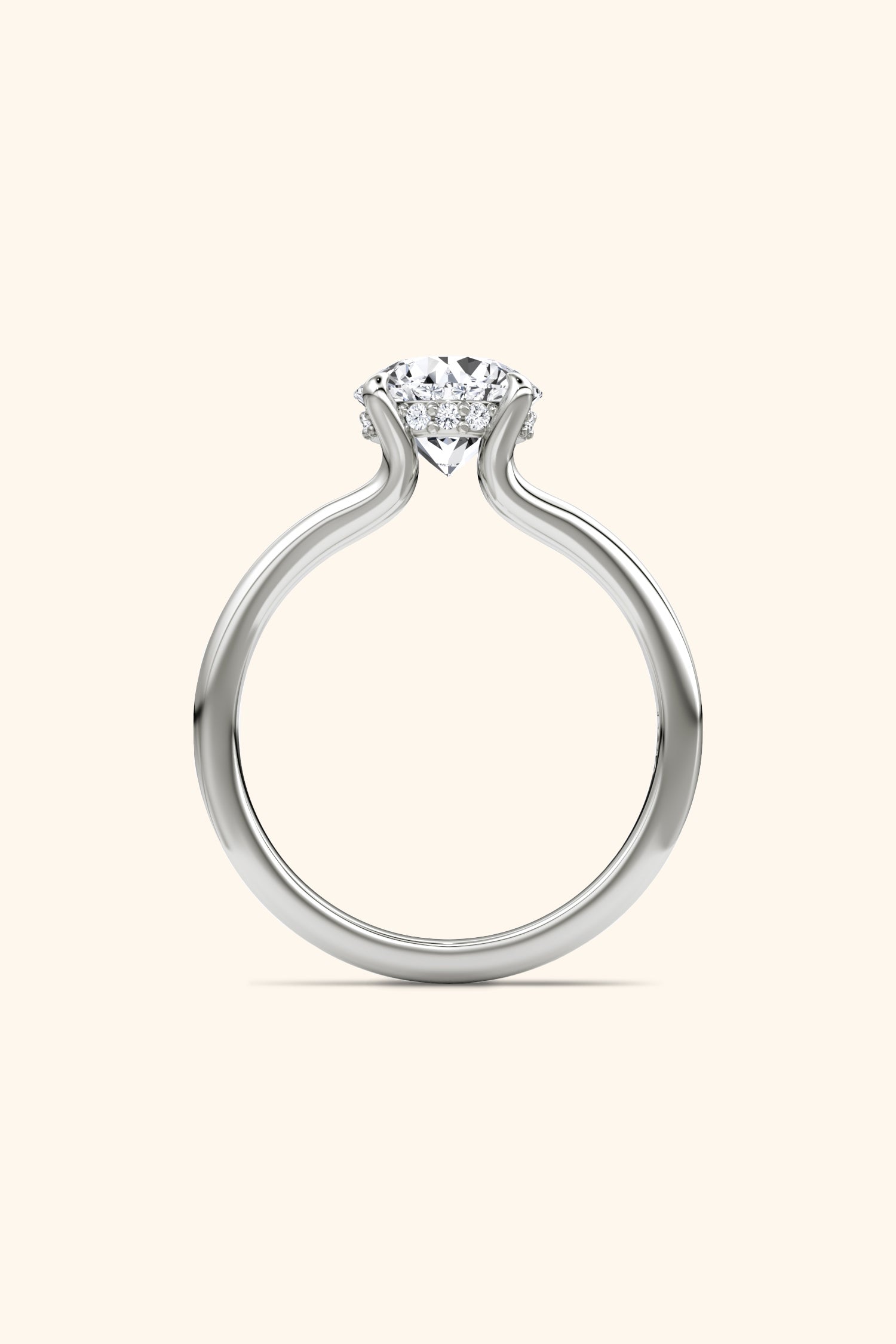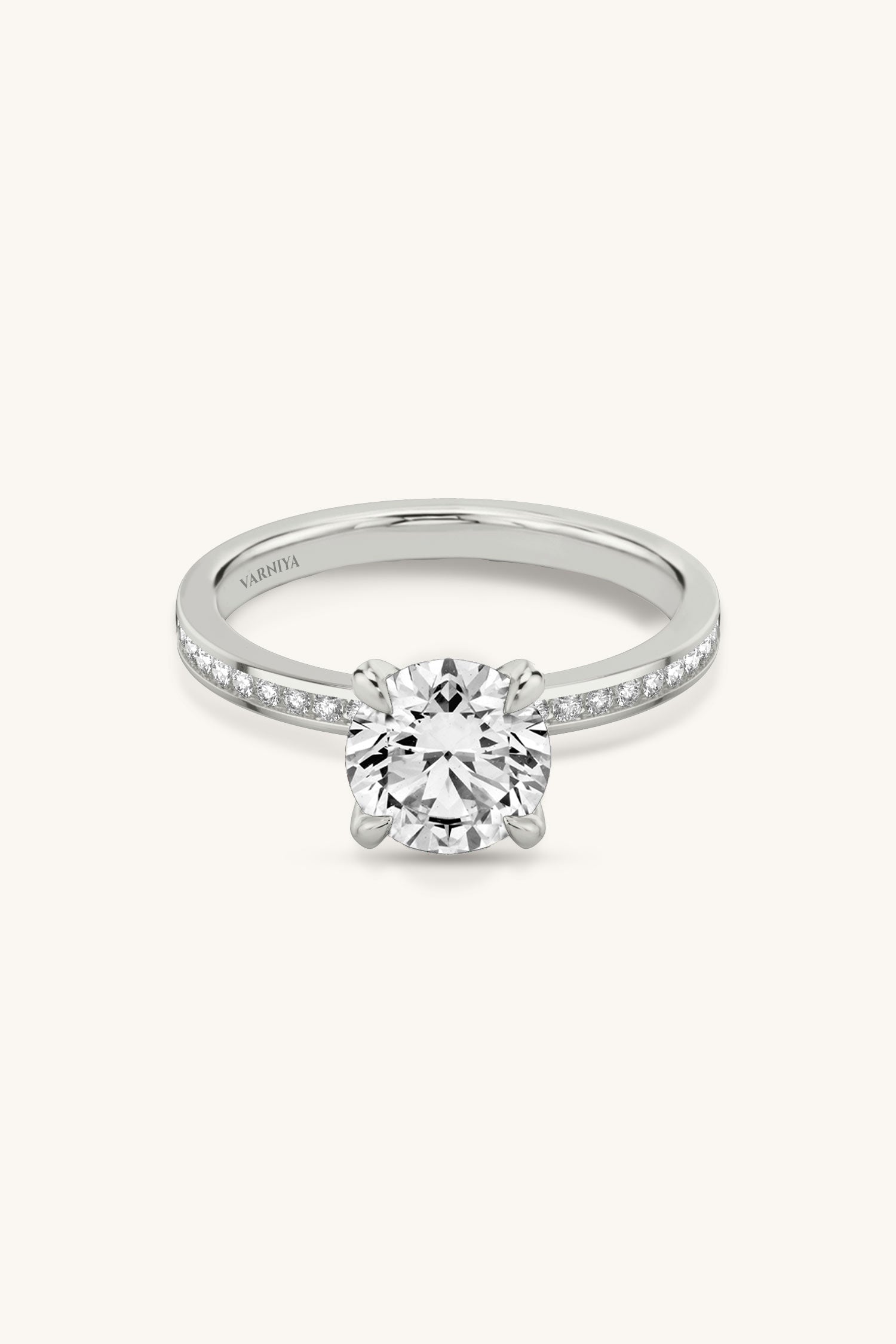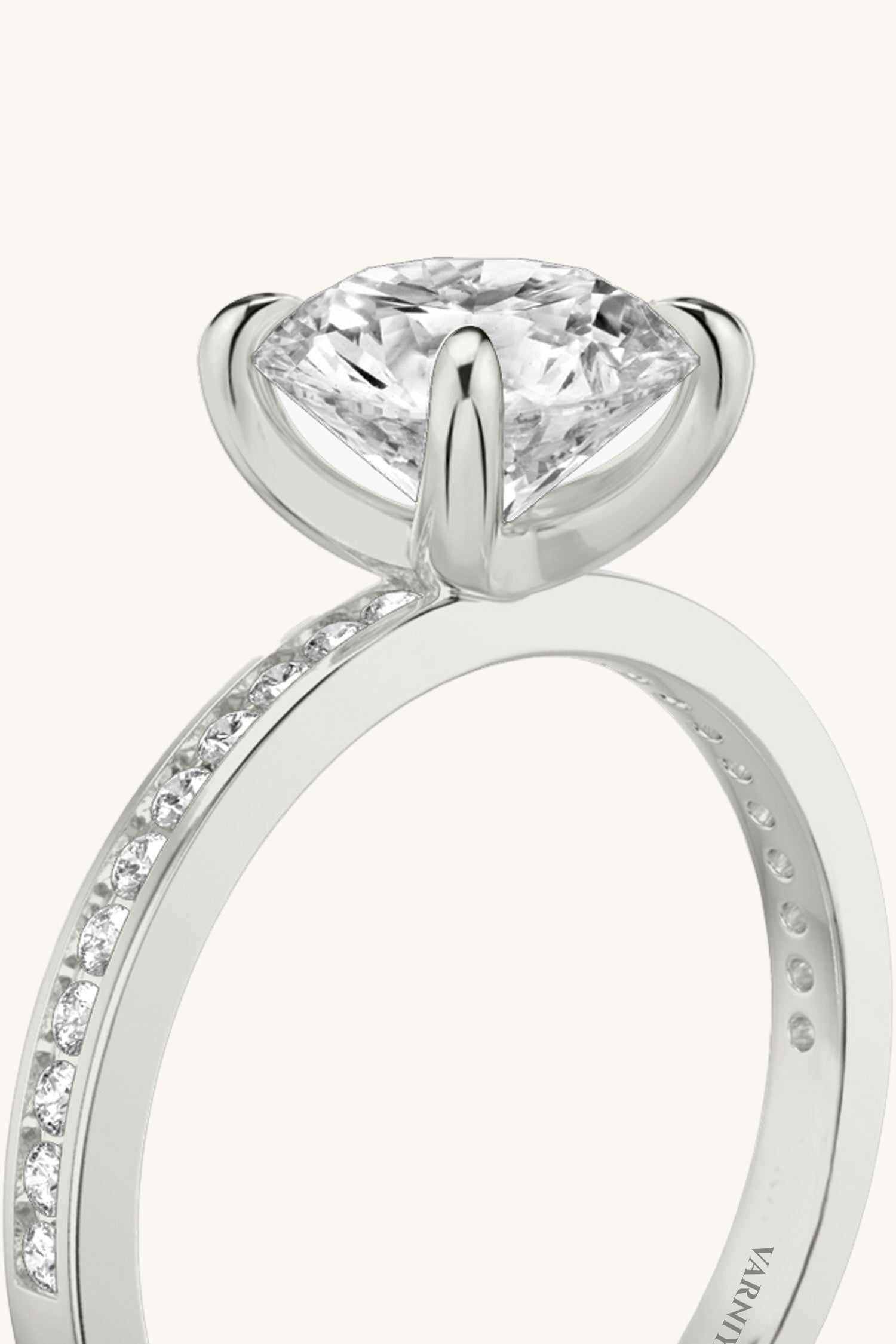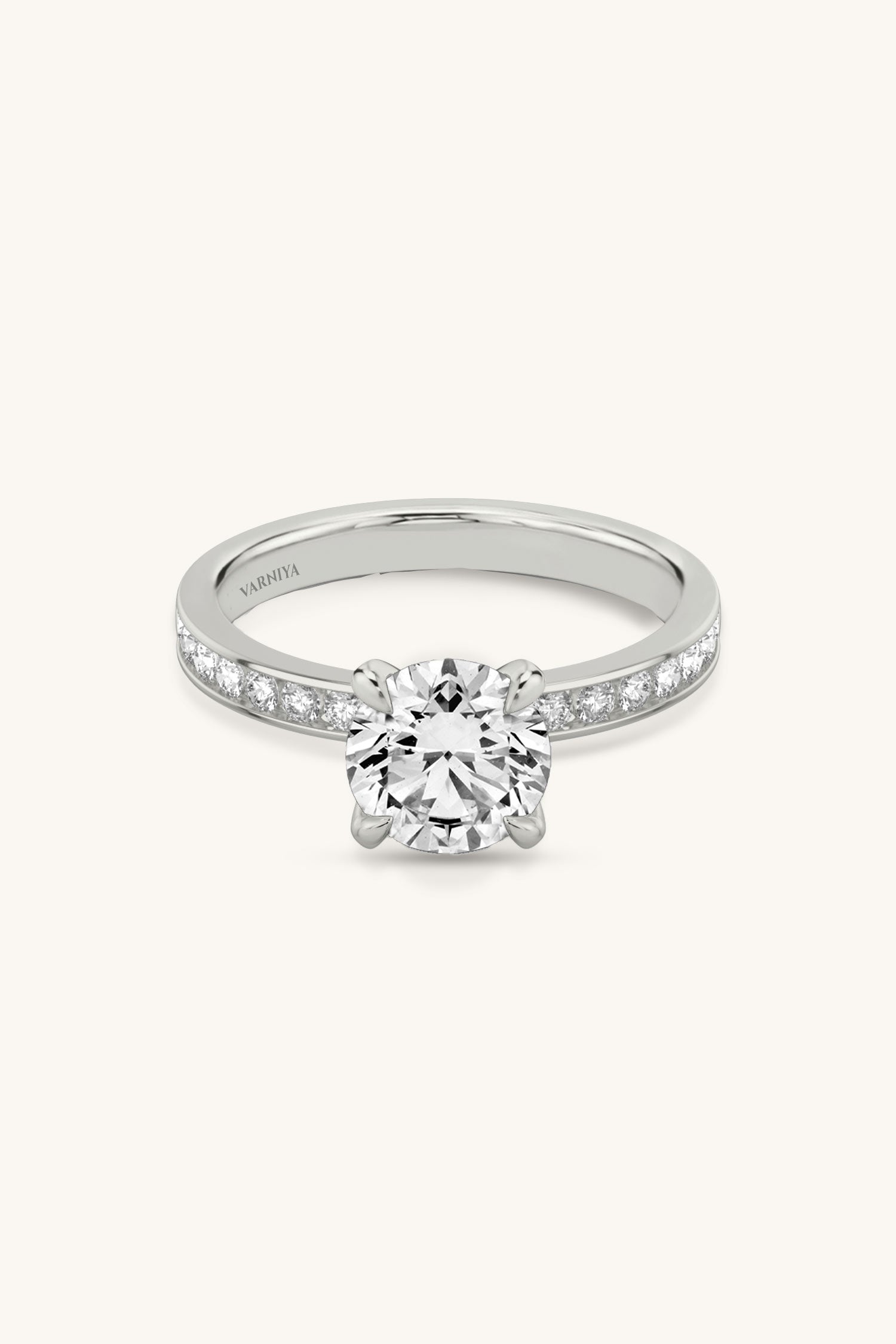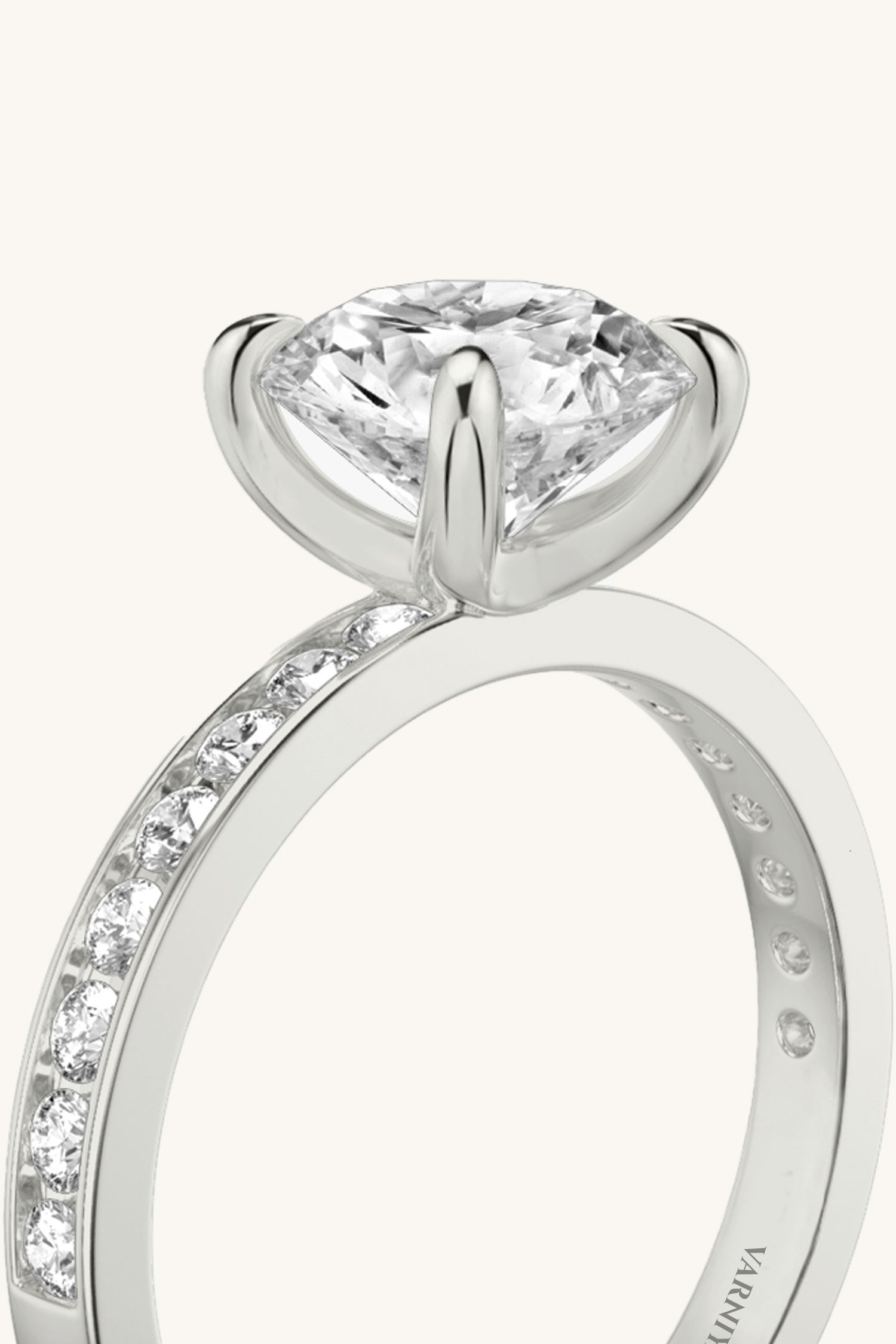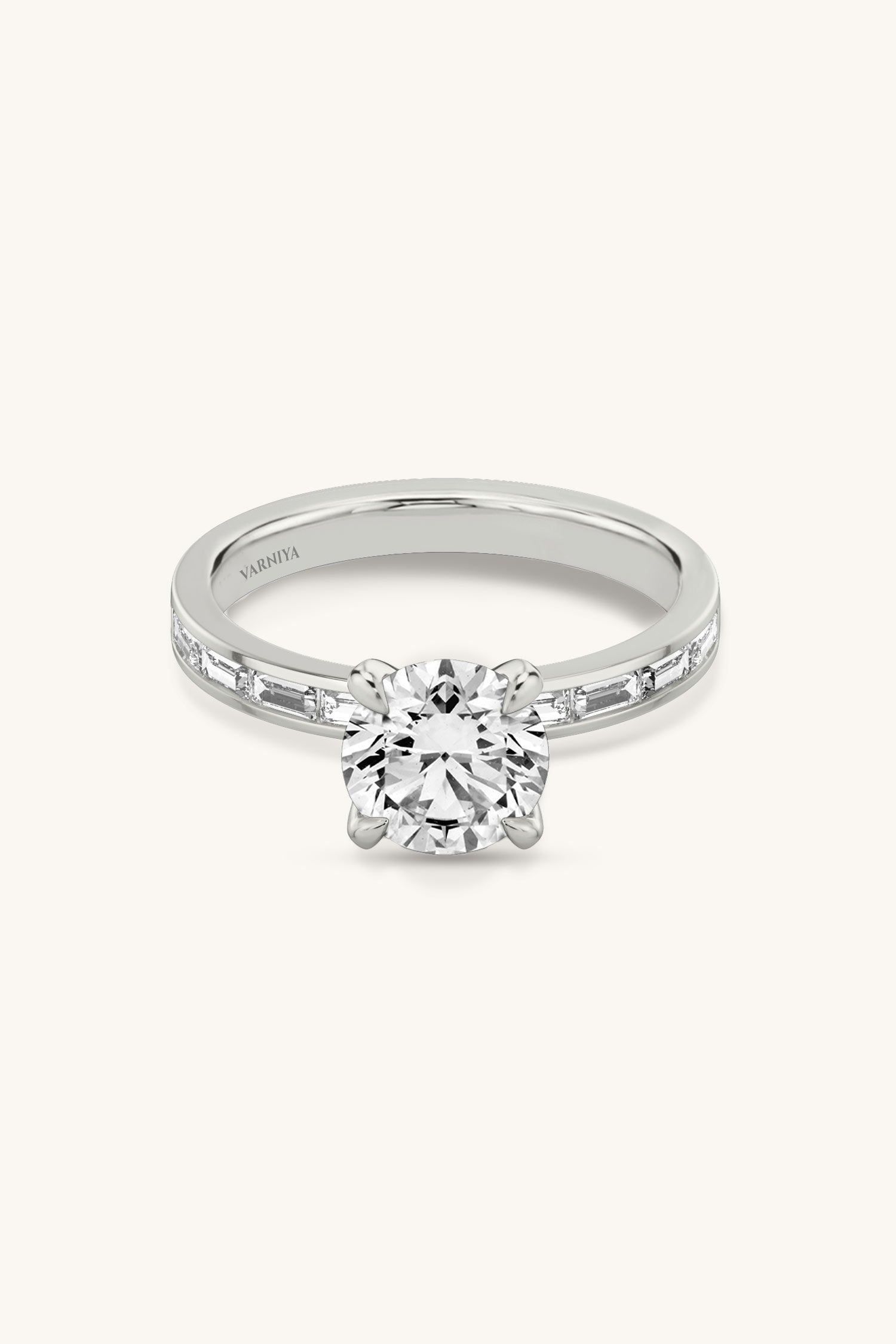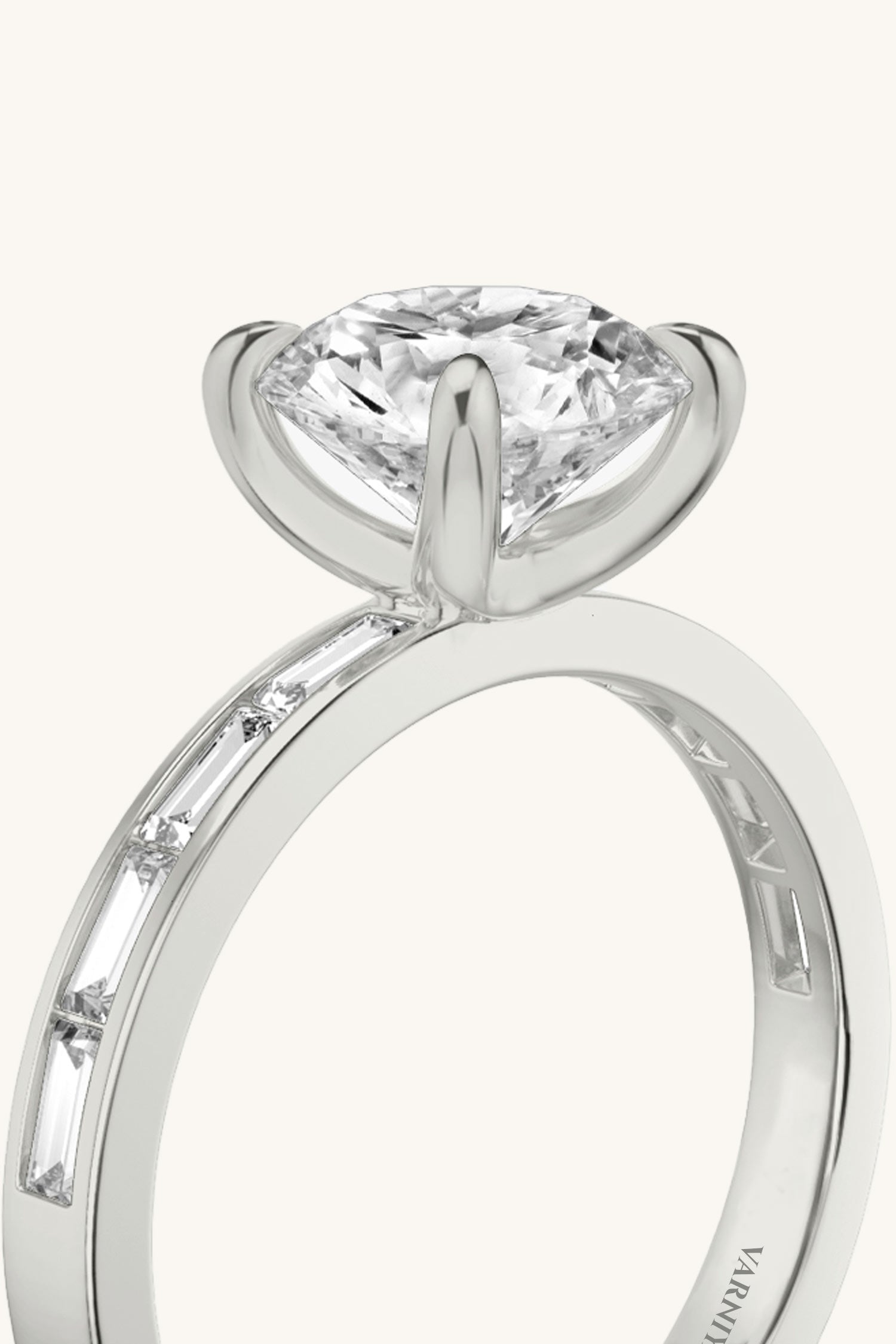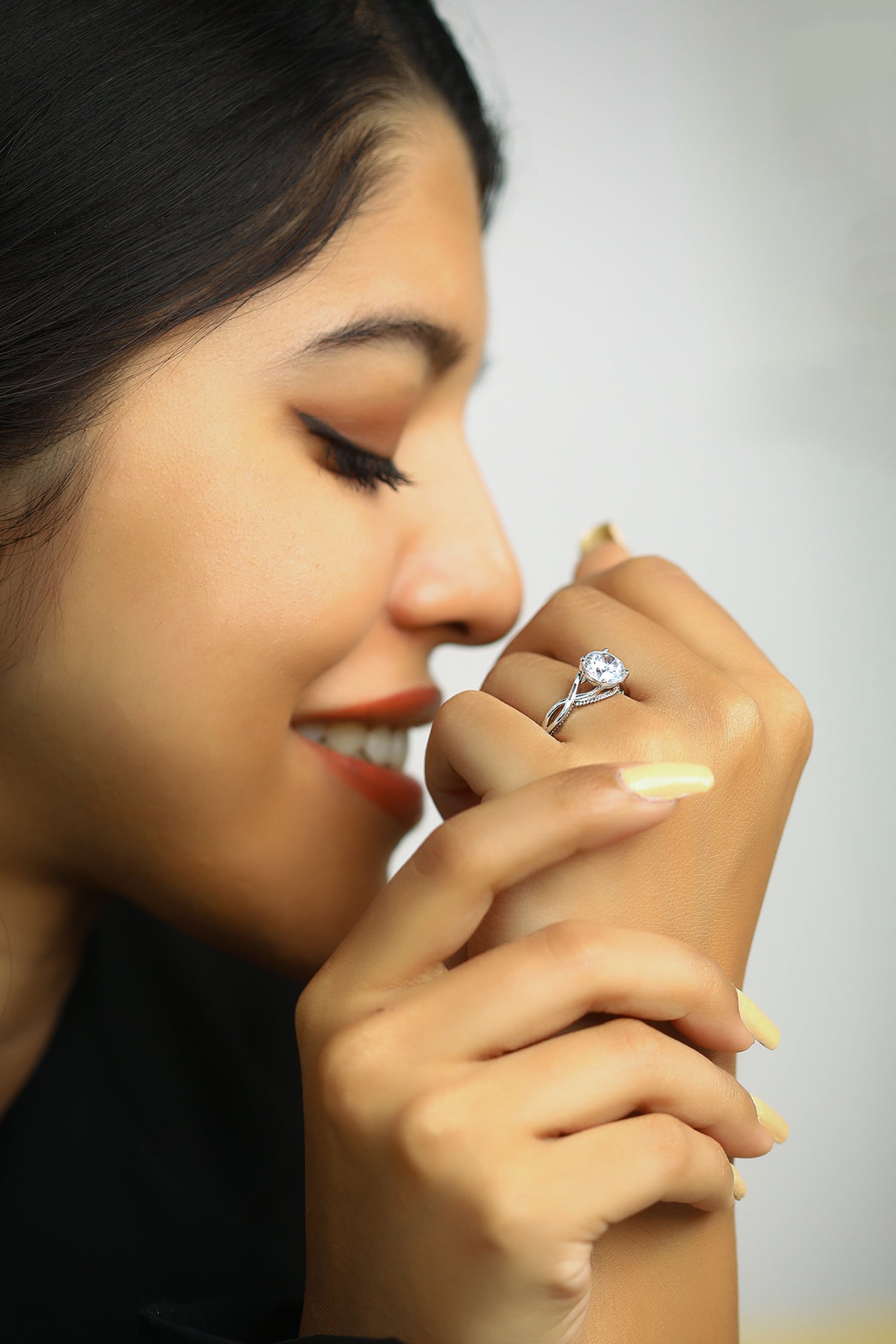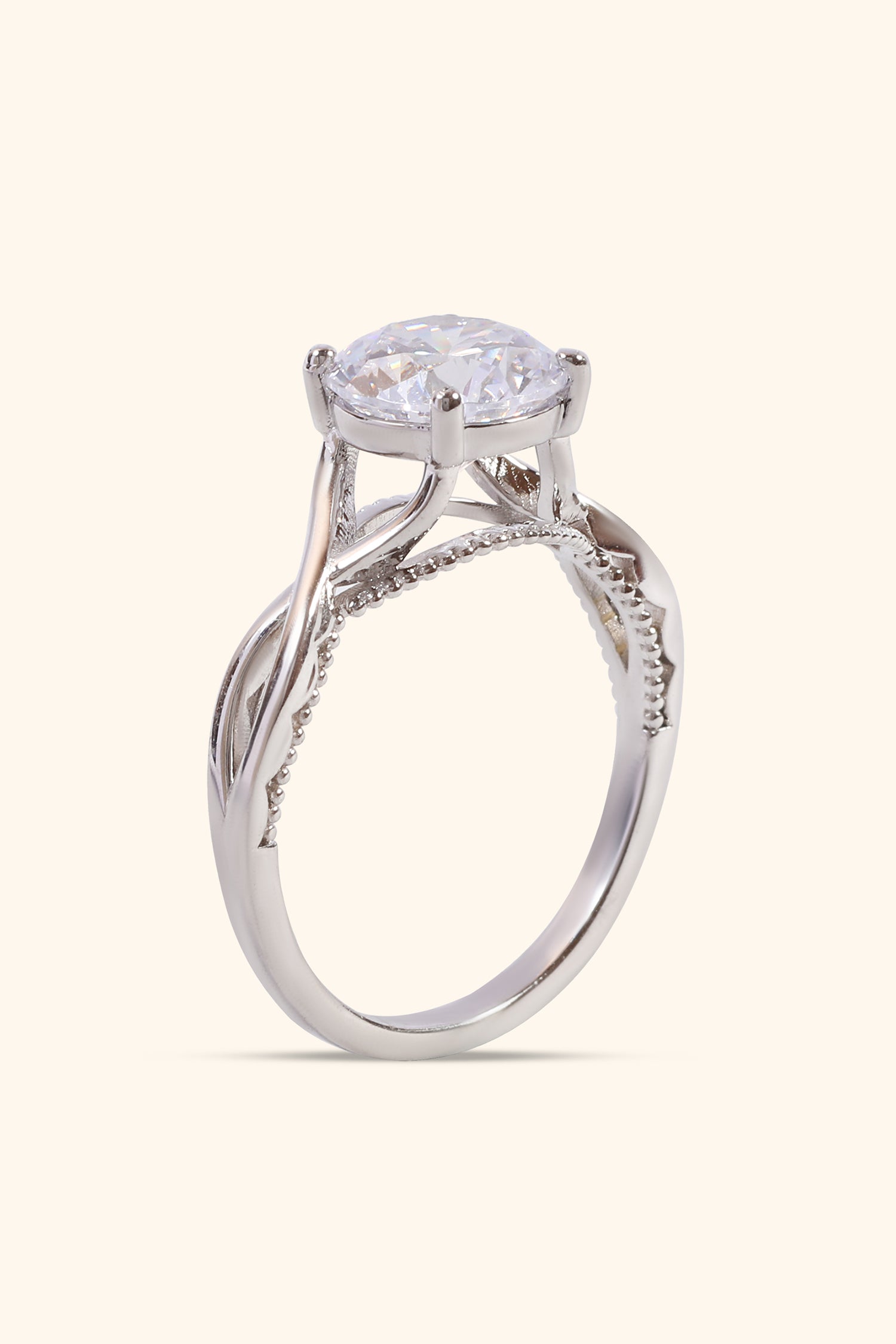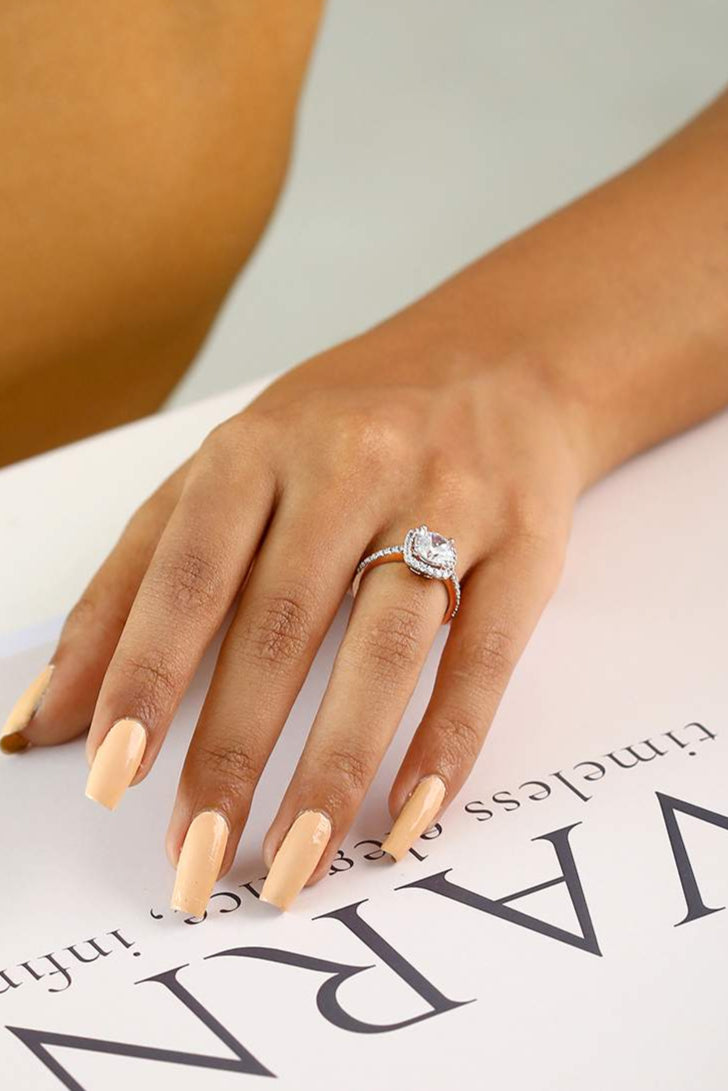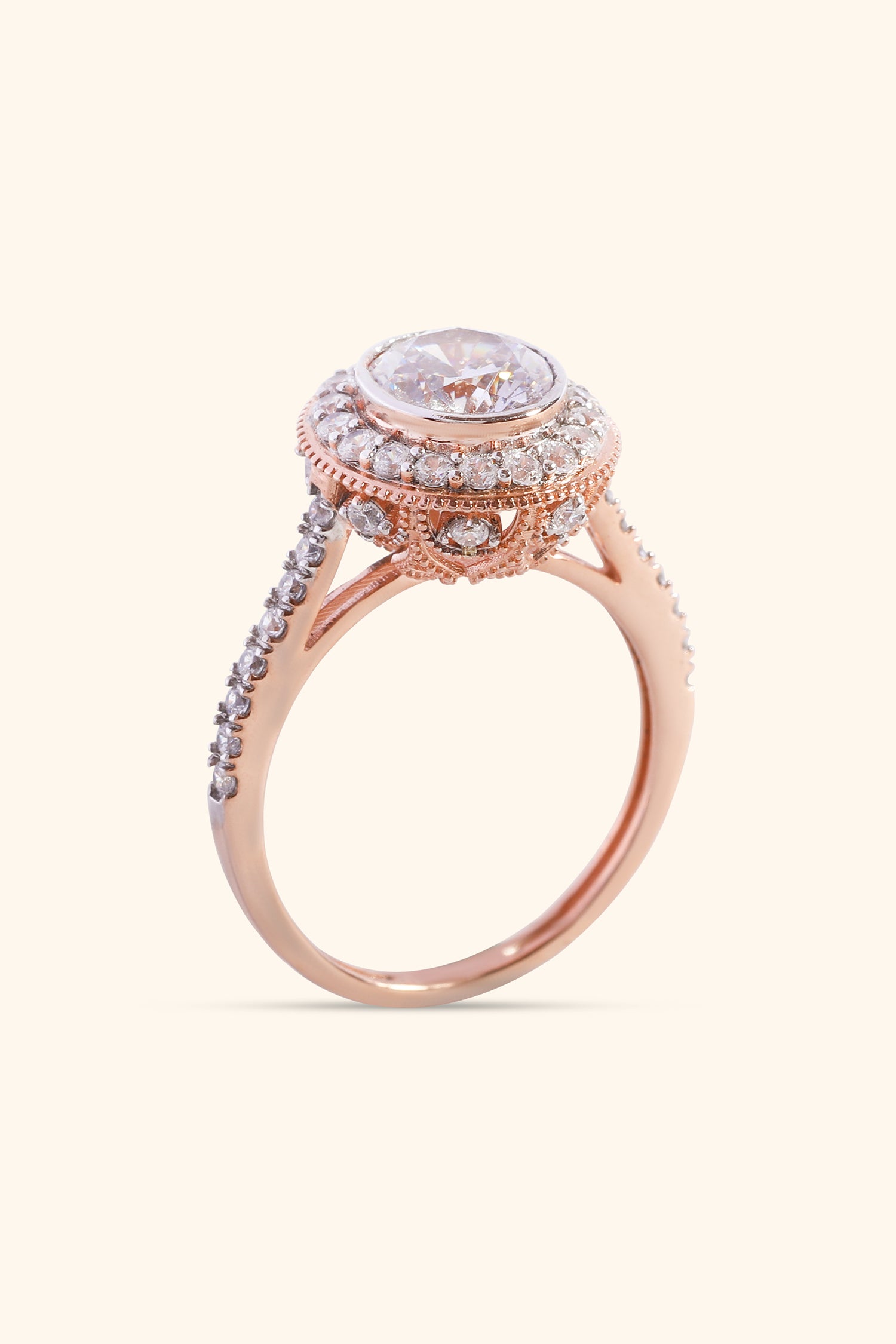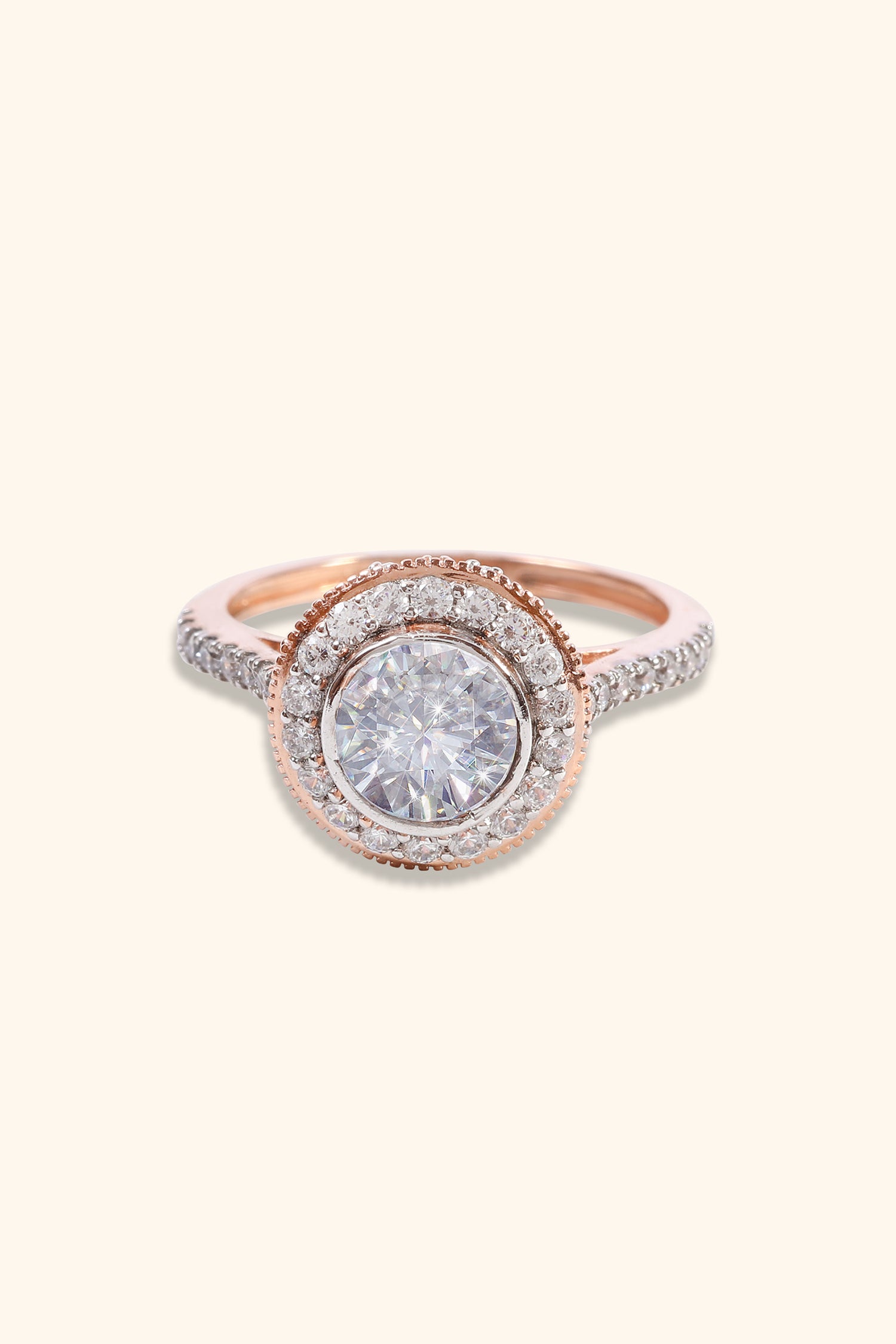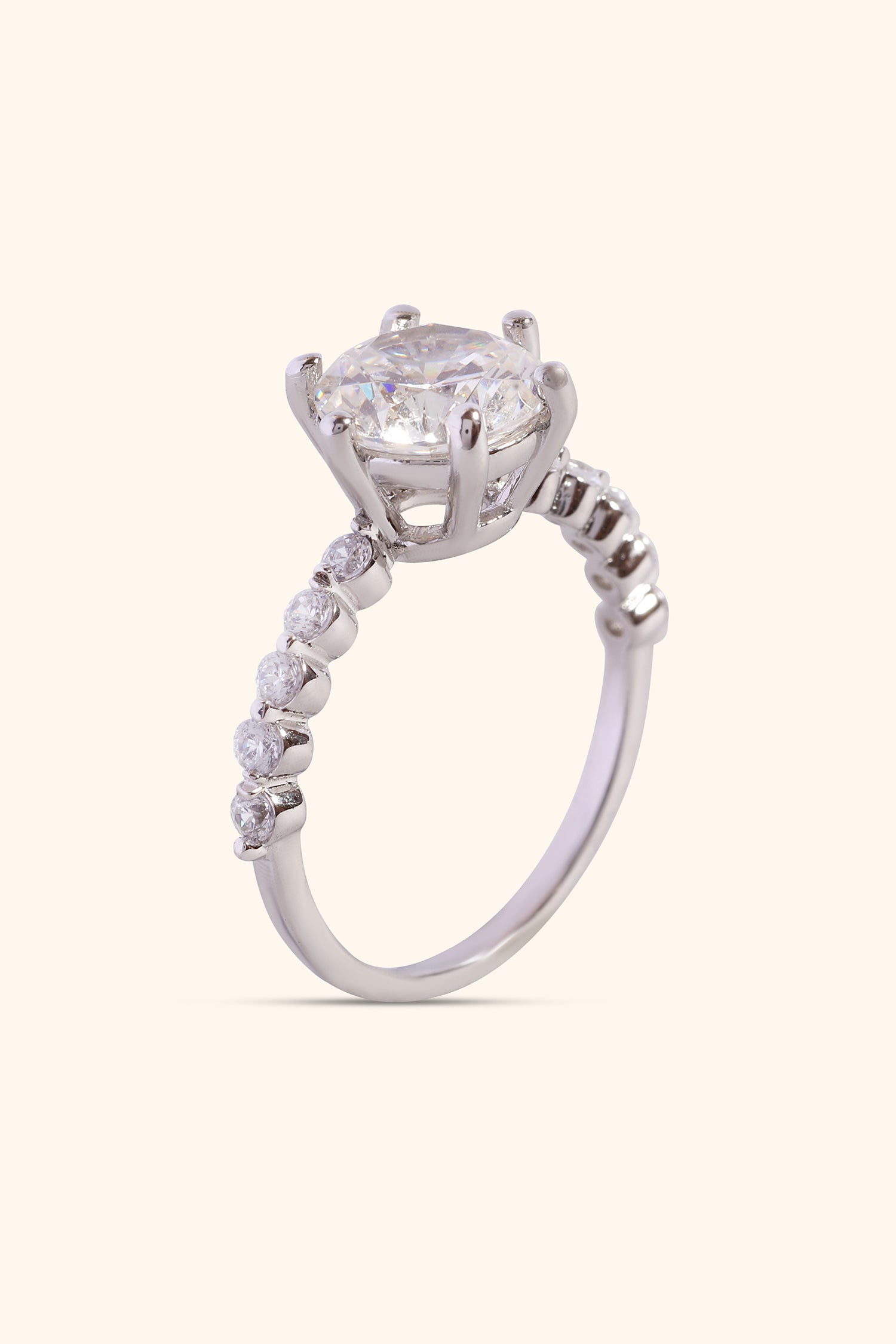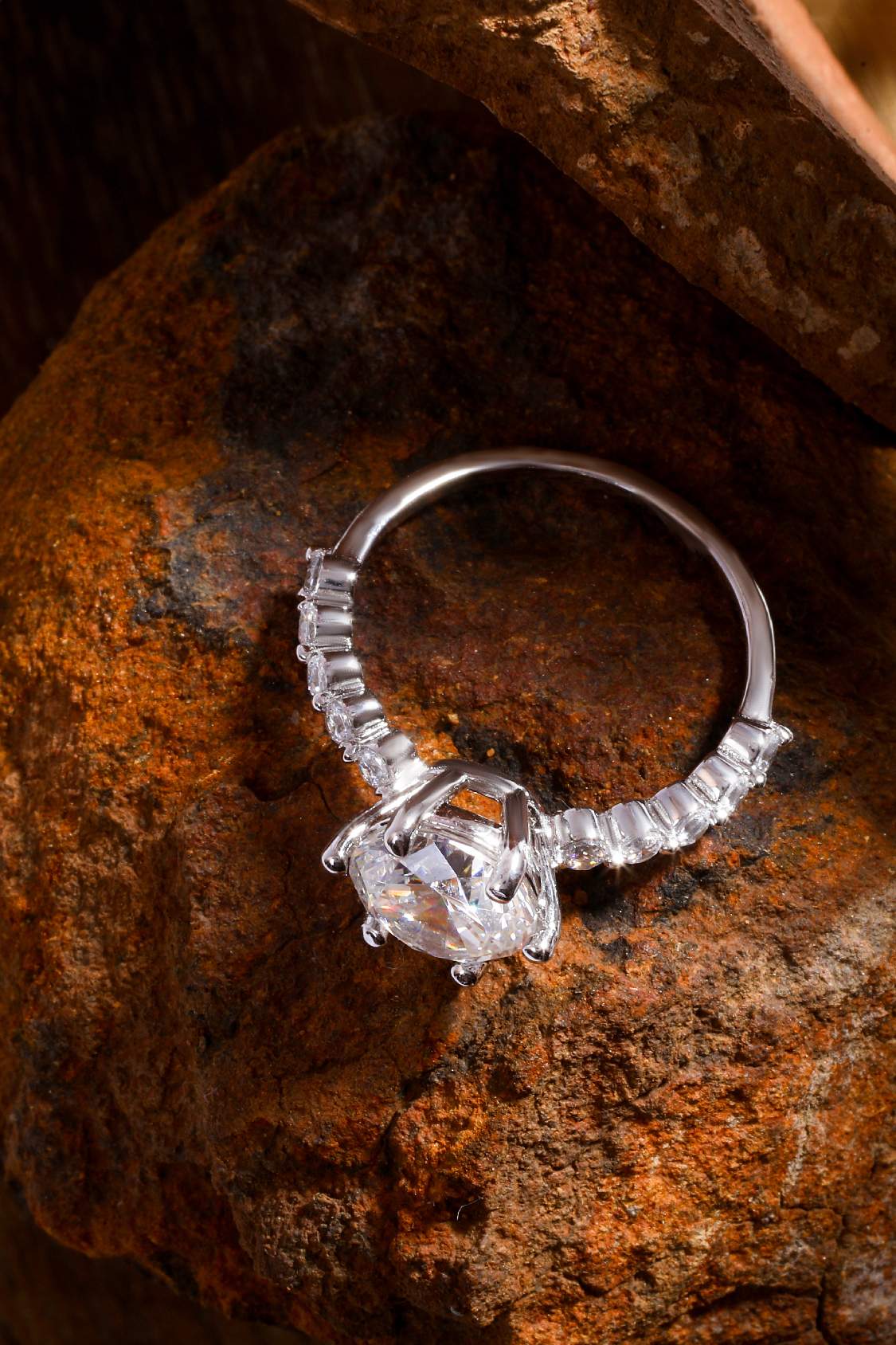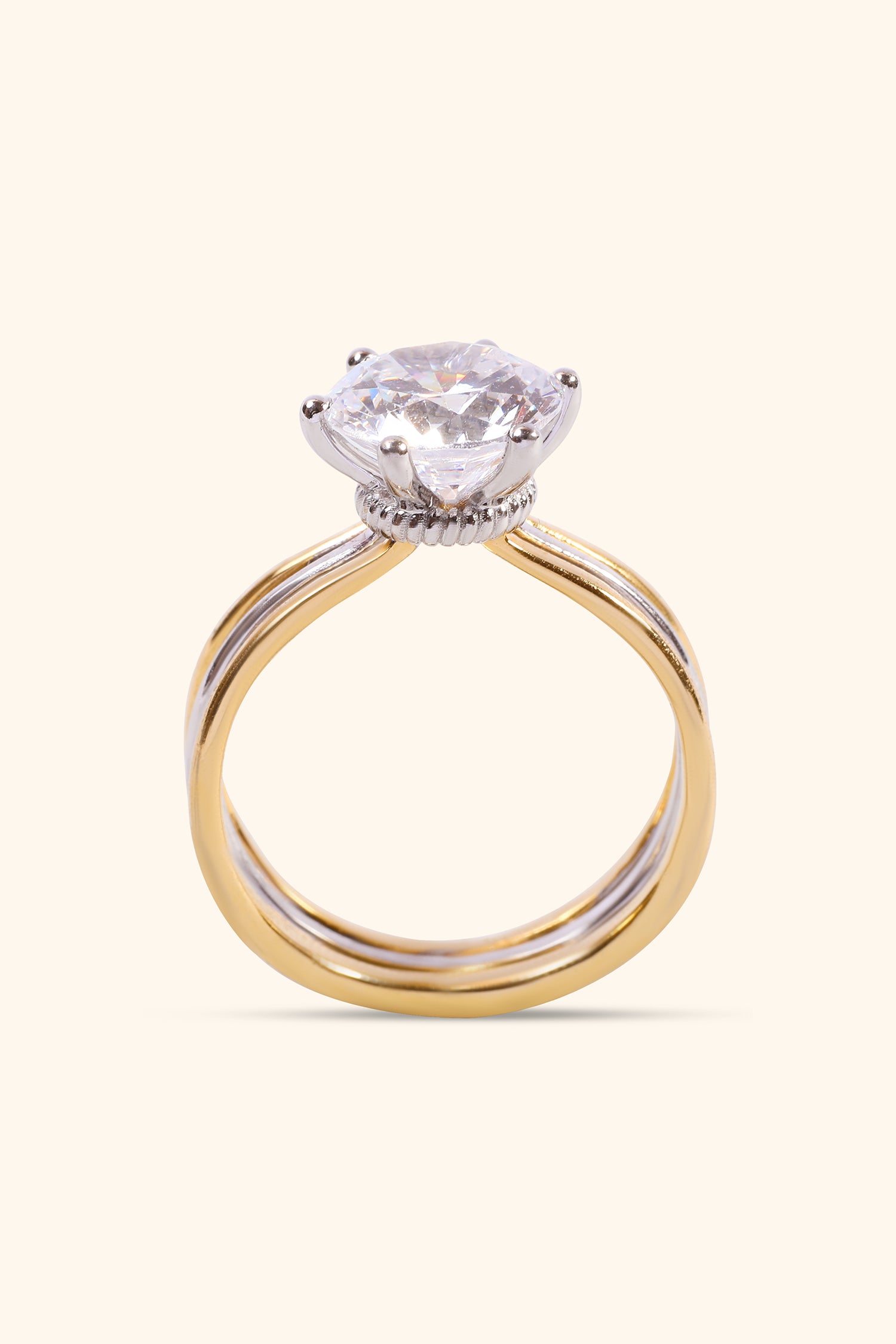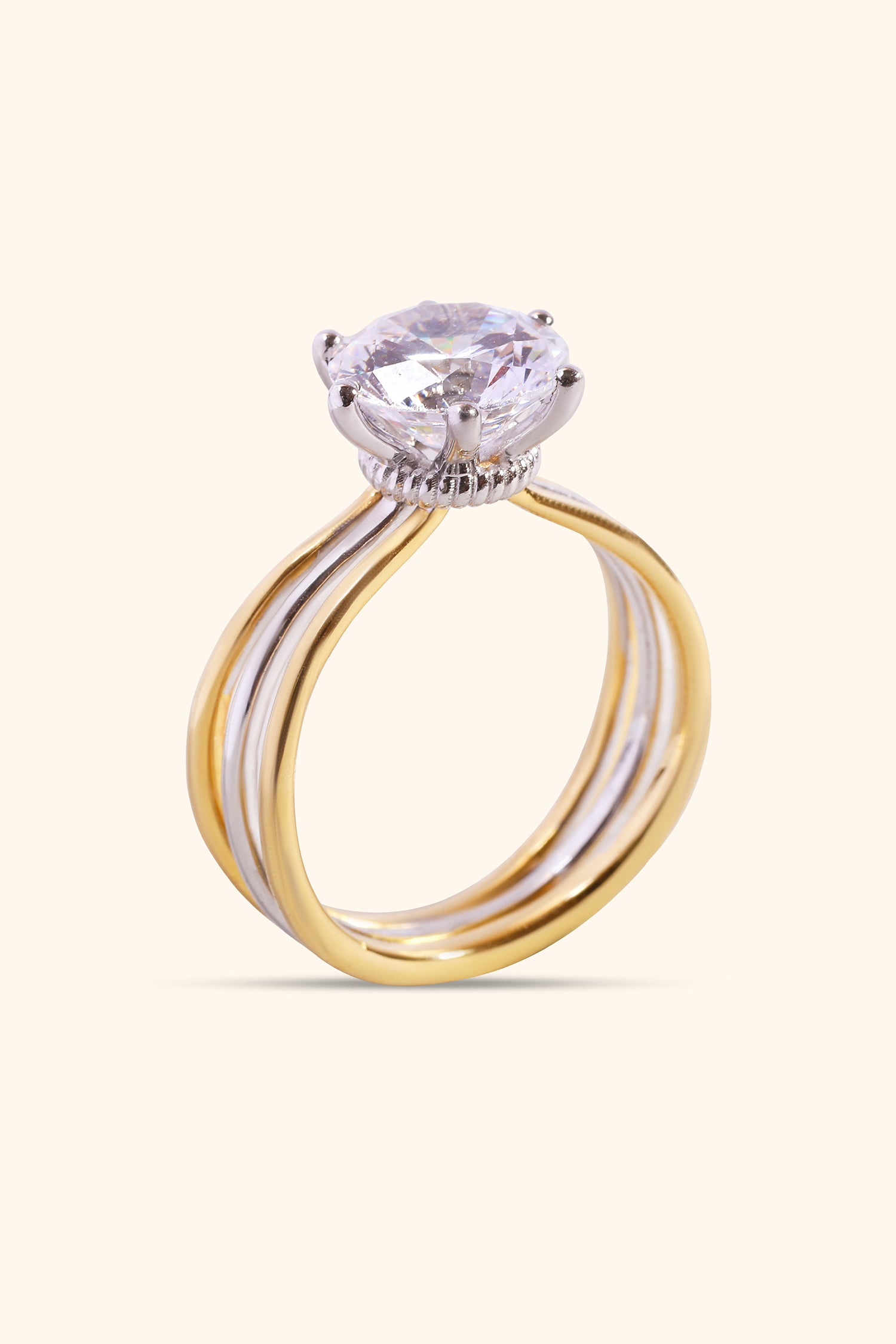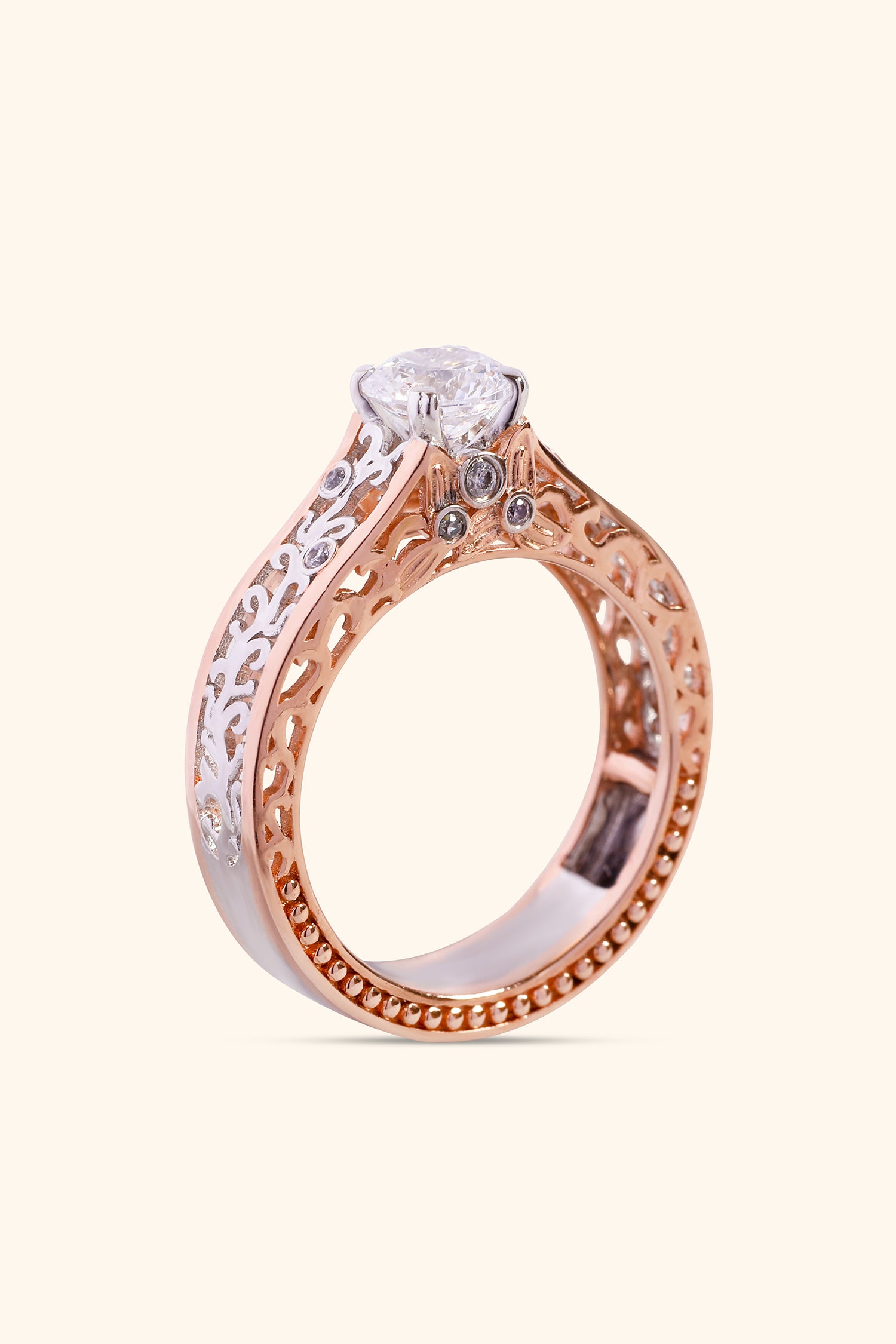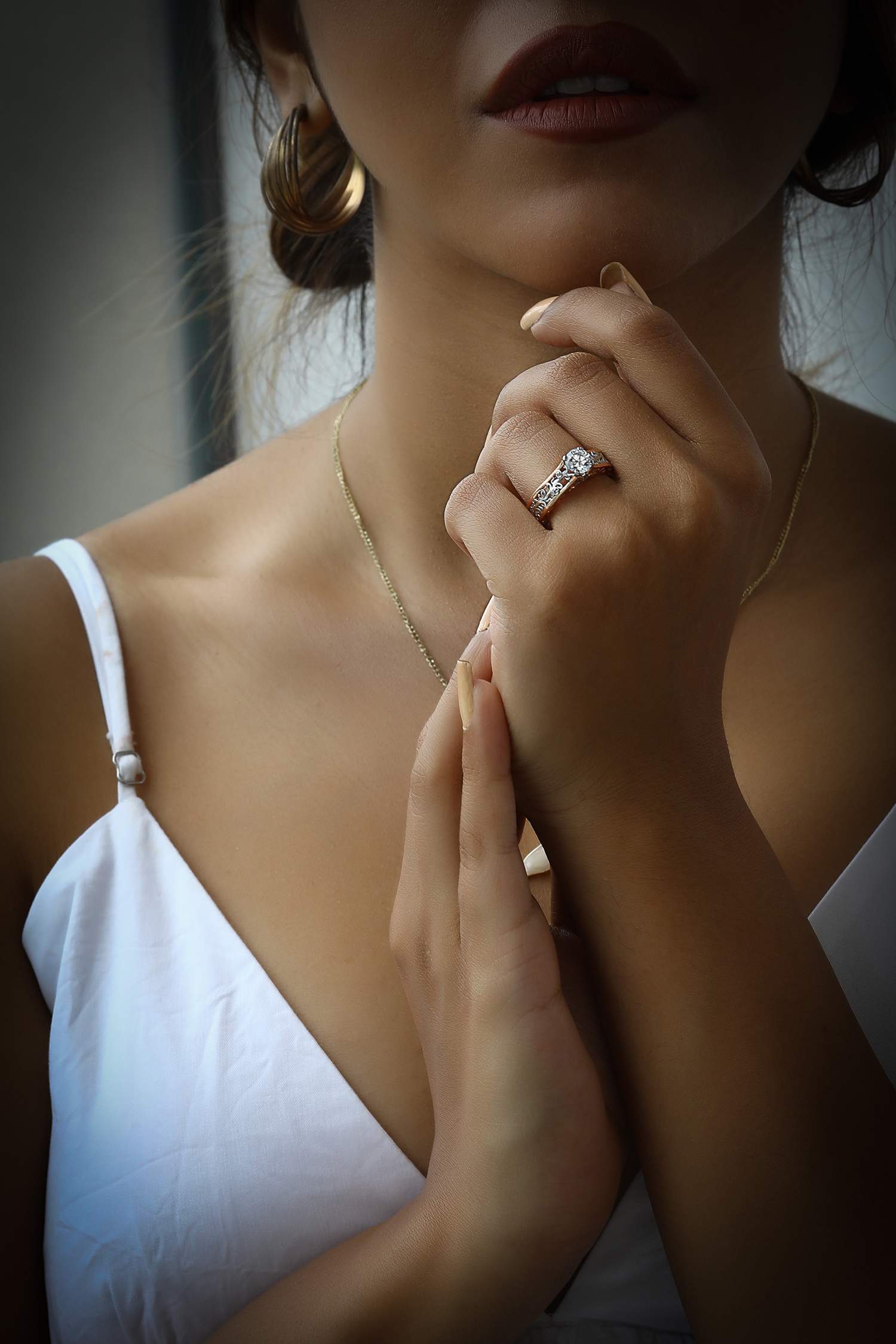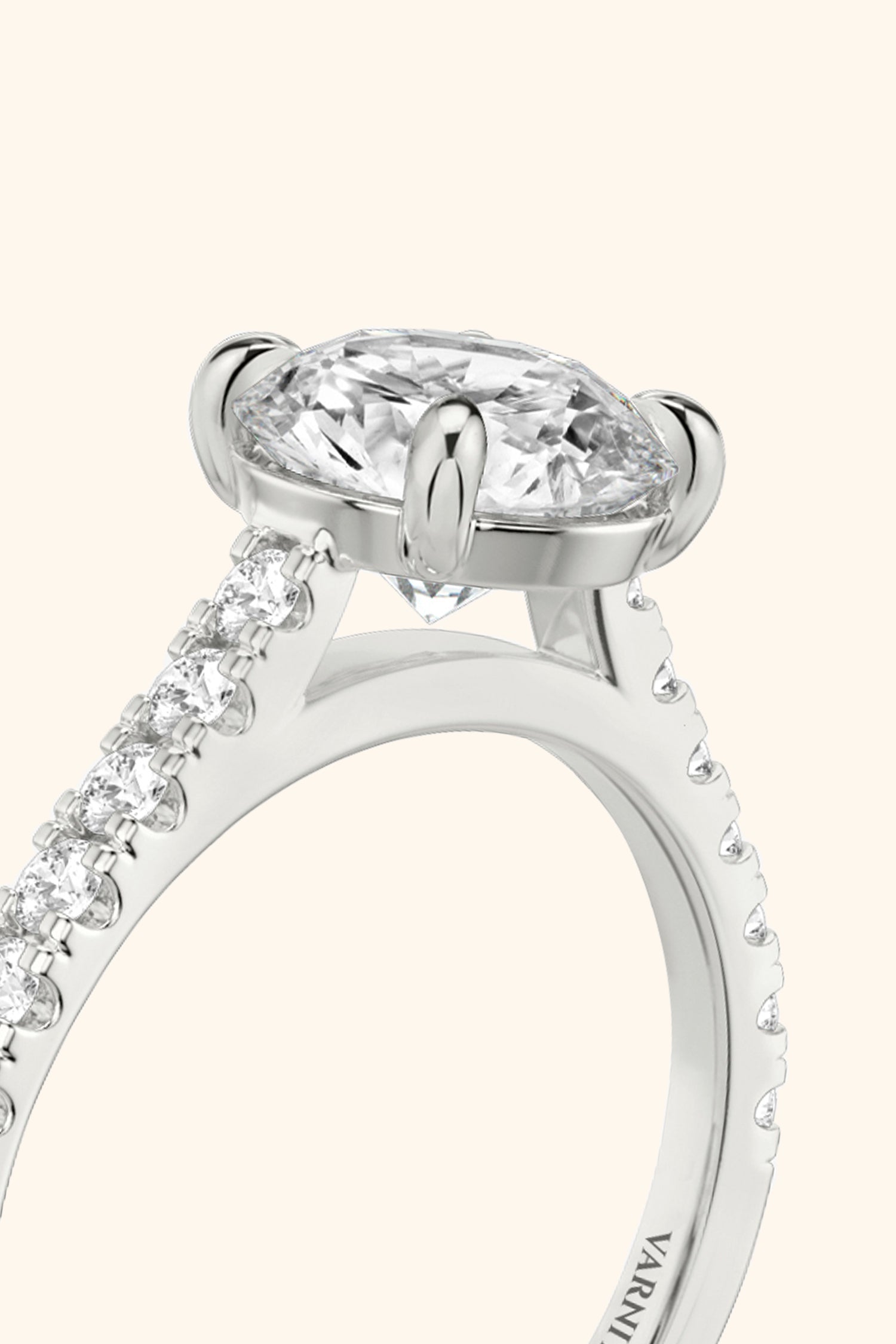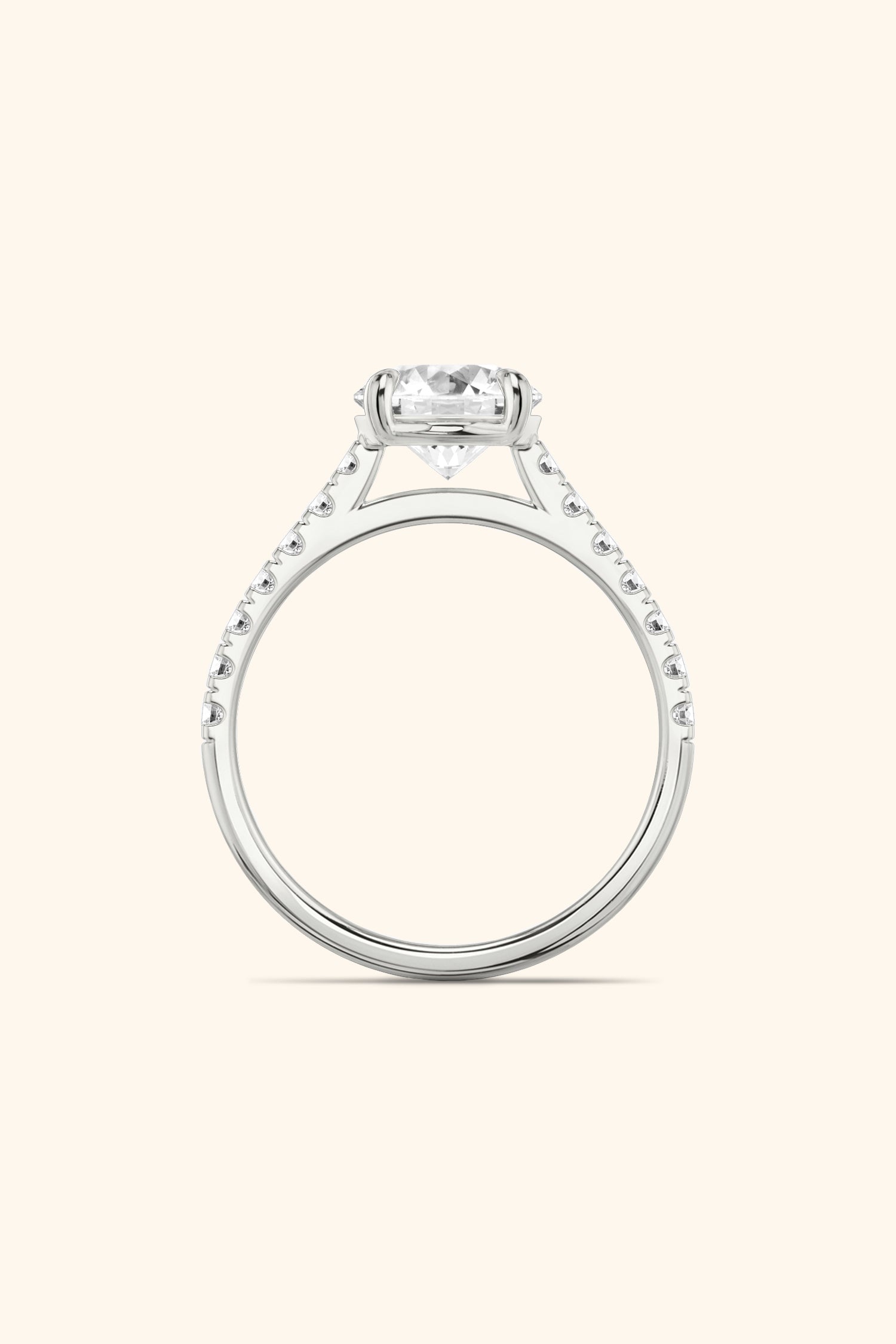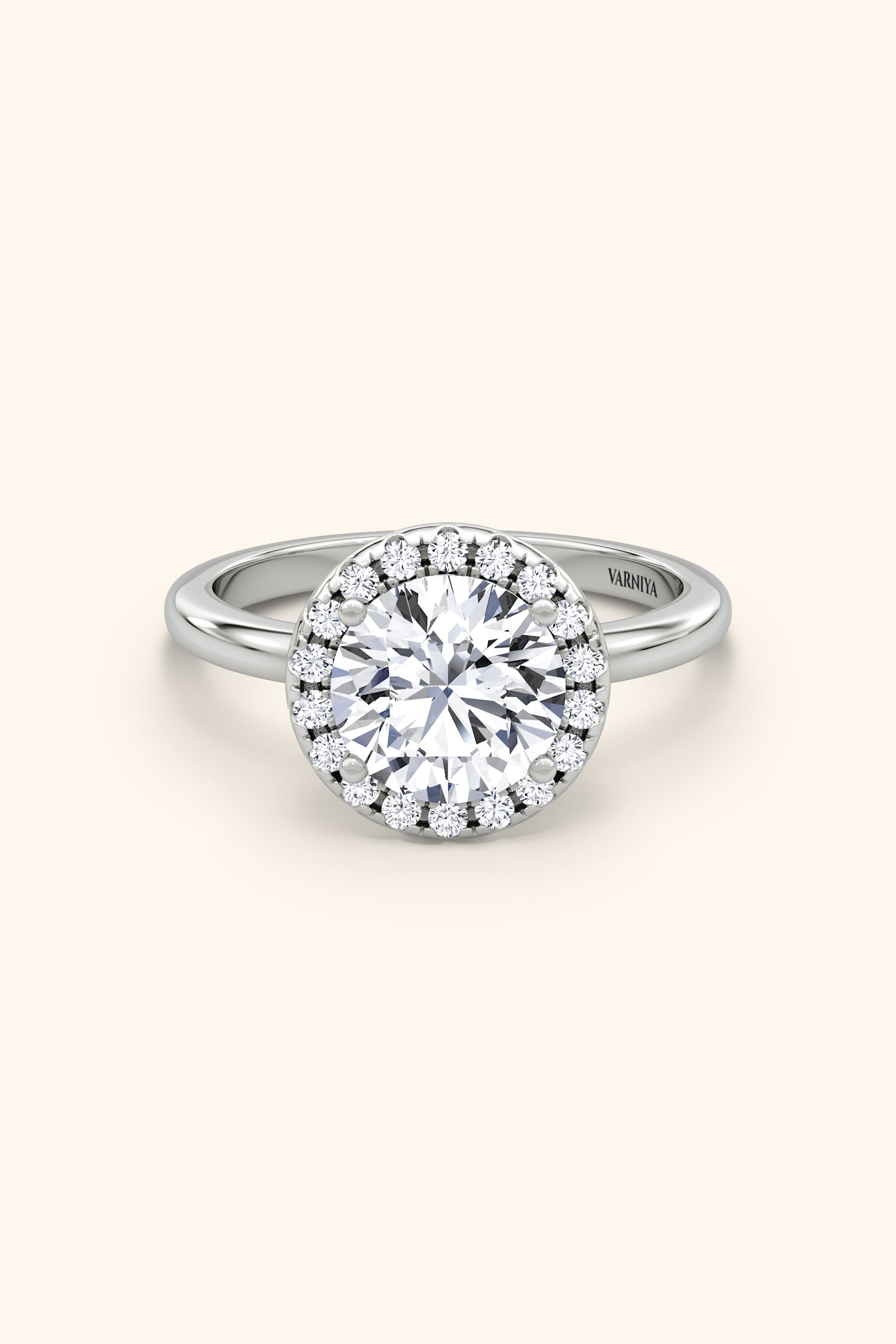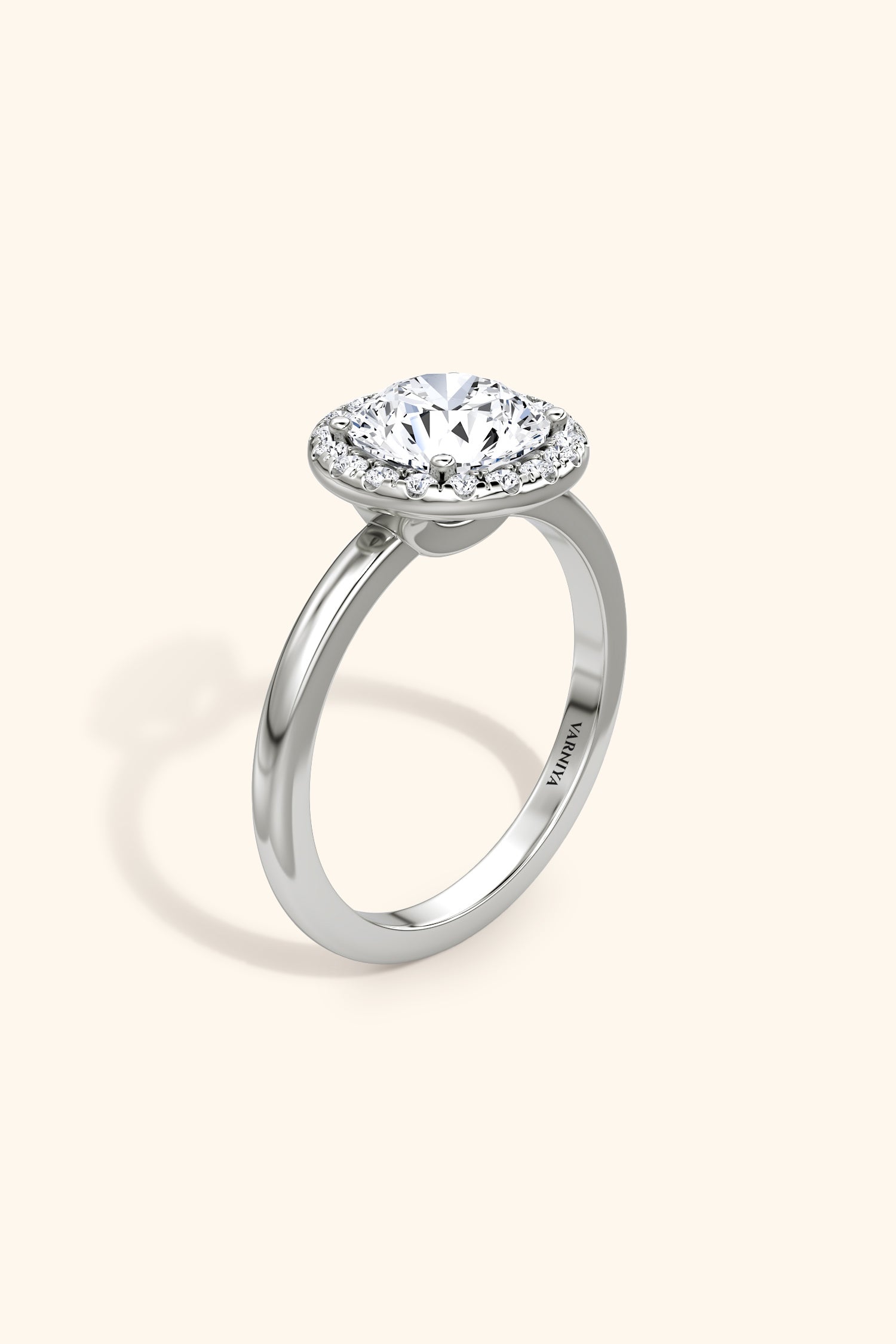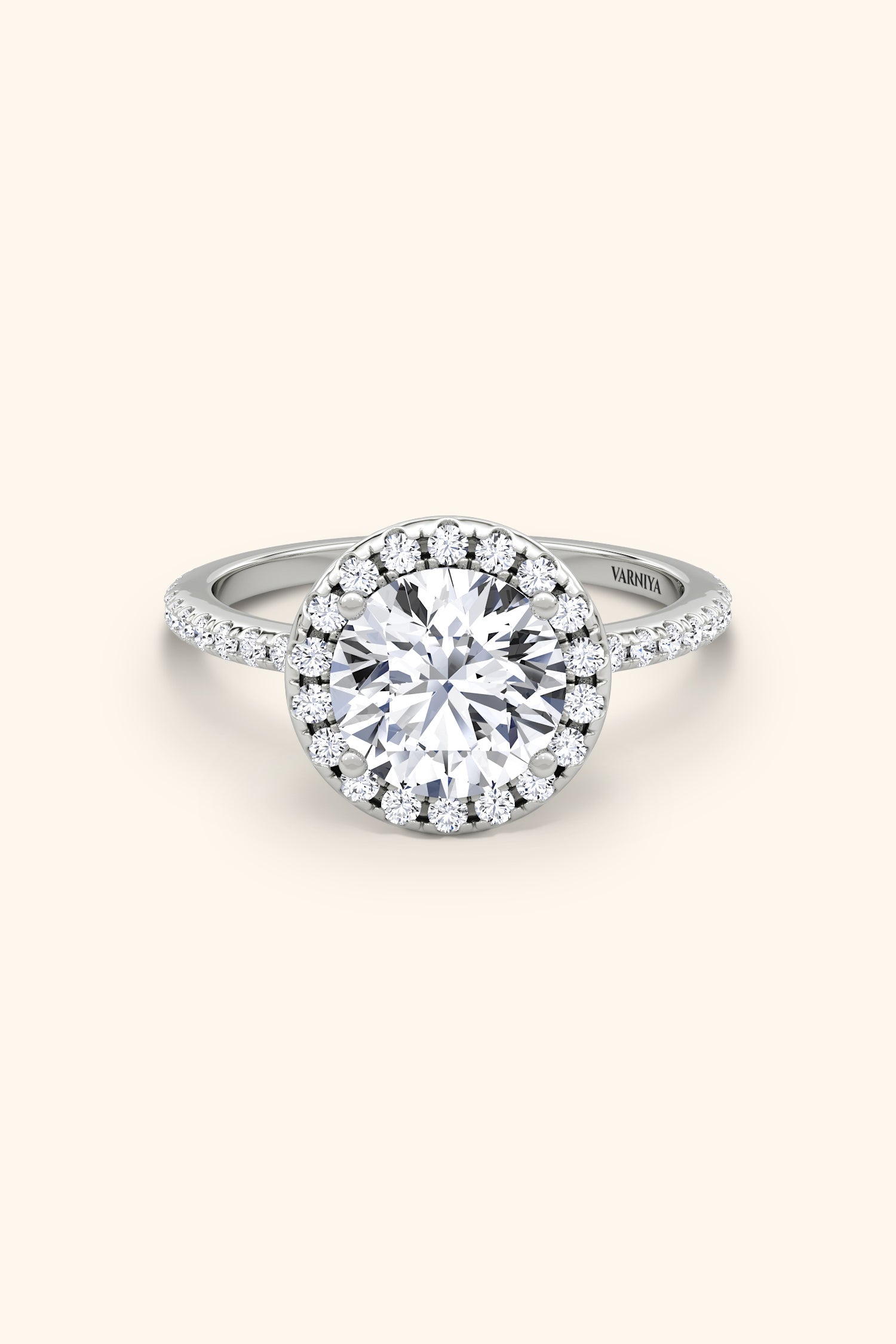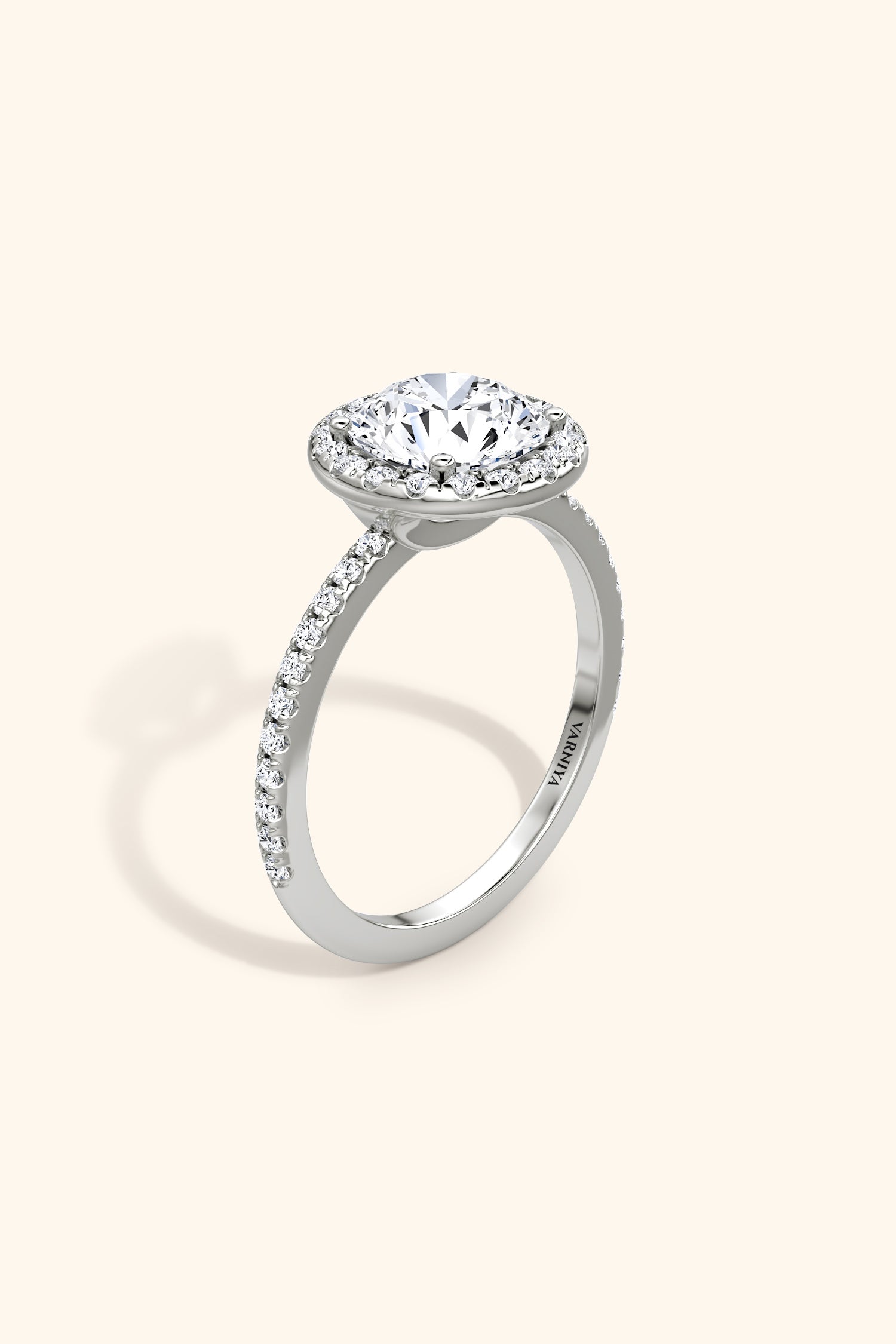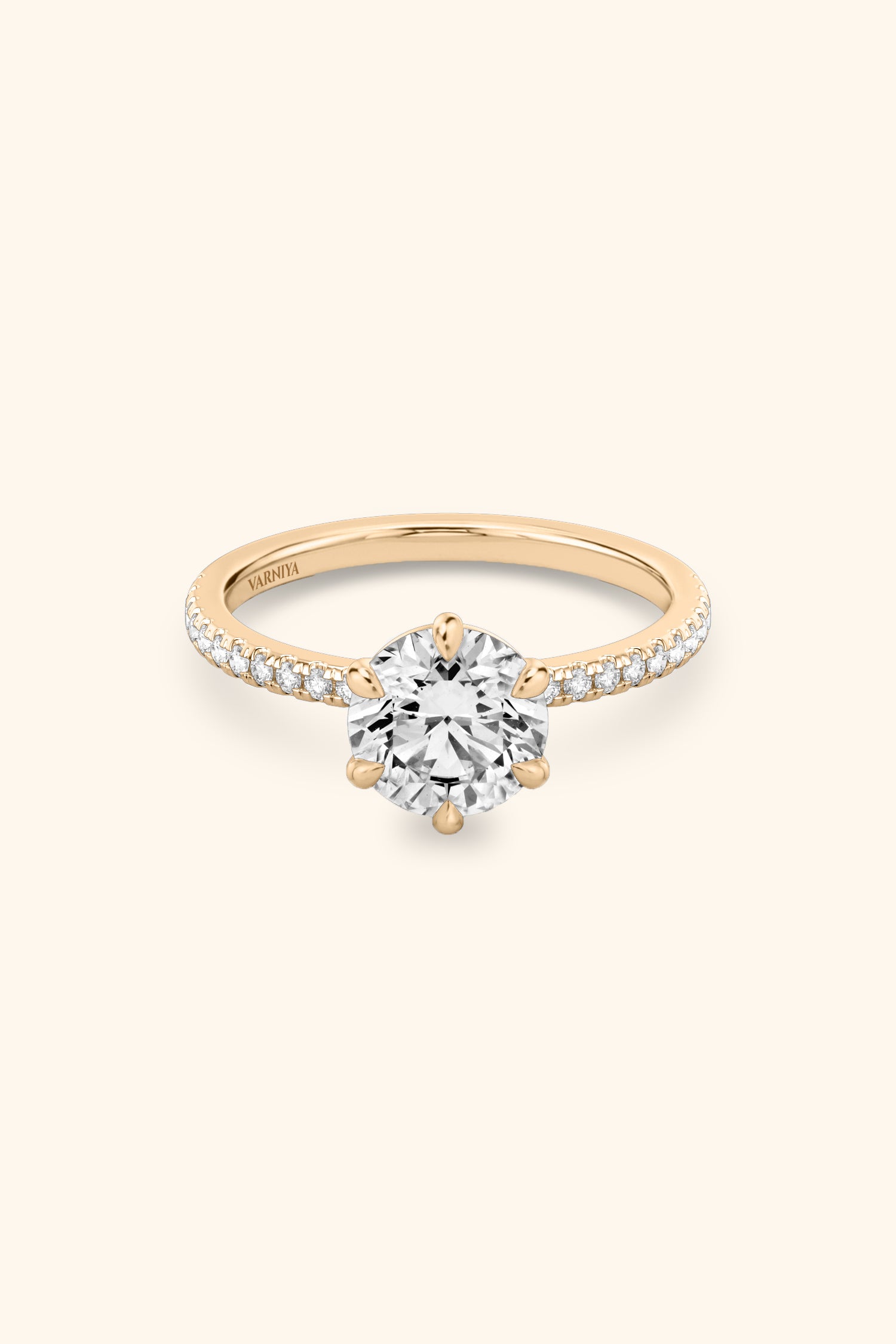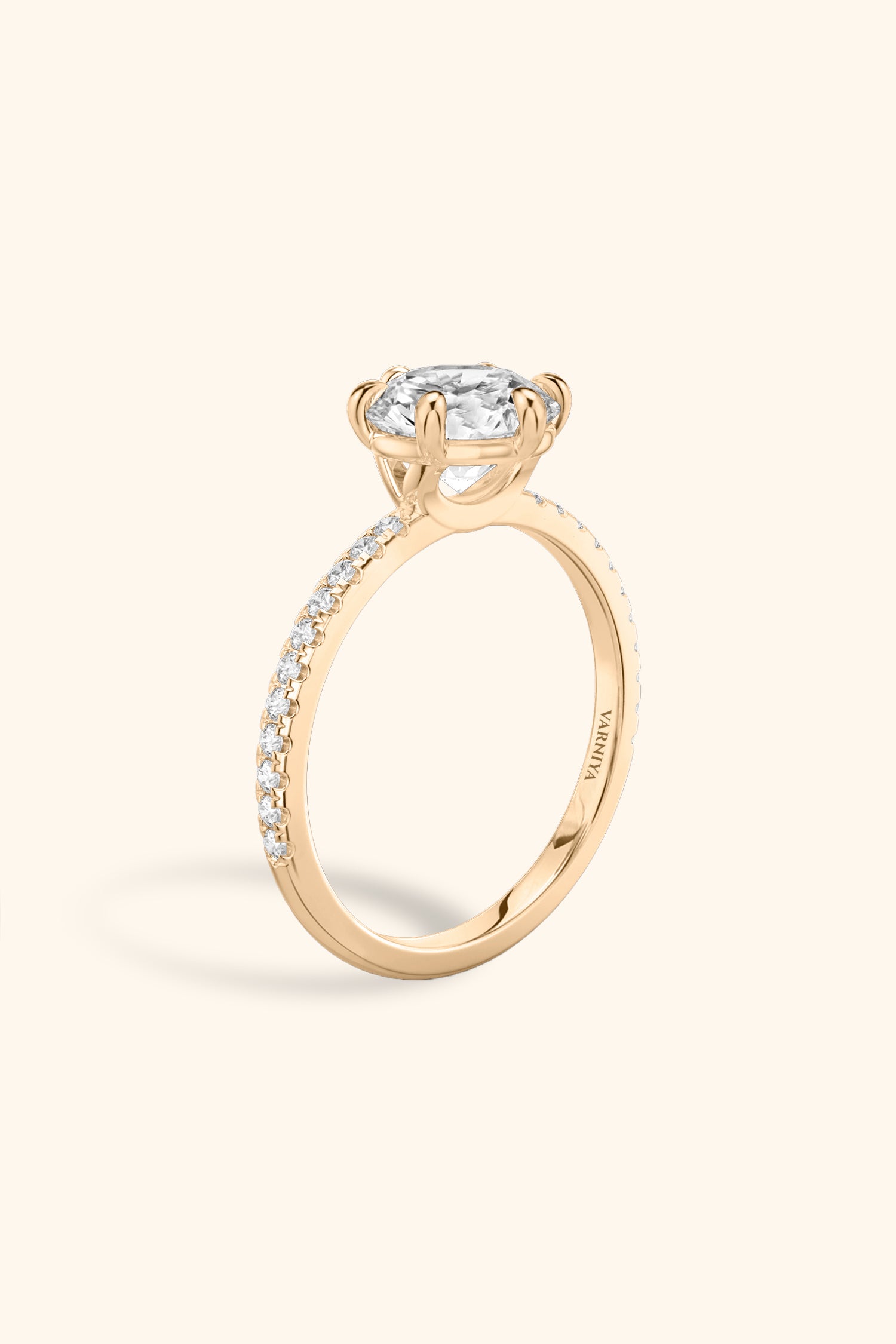Flawless Diamond vs Eye-Clean Stones: What You’re Really Paying For
Before you splurge on a flawless diamond, see why eye-clean stones may offer the same beauty—without the premium.
Thinking of dropping serious cash on a flawless round diamond? Hold that thought. According to GIA, most inclusions in diamonds can’t even be seen without 10x image magnification—so why pay for what your eyes can’t spot when considering how light interacts with the diamond ?
This guide breaks down what you’re really paying for and whether eye-clean stones or lab grown options offer smarter value for customers who are clever in their choices. Ready to save thousands without losing the sparkle? Let’s get into it.
Each diamond tells a story—whether it's about love, legacy, or personal milestones.
What Is a Flawless Diamond and Why Is It So Expensive?
A flawless diamond is a rare type of diamond with no visible flaws or blemishes, even under 10x magnification. That means it's completely clean inside and out. These are often called FL diamonds or diamonds with fl clarity.
Only less than 1% of natural diamonds that are perfect are flawless, which is why they are so expensive. You’re paying for rarity, not just sparkle.
Even trained experts use tools like magnification, GIA certificates, and clarity grade charts to confirm a diamond’s quality. If you’re buying a flawless diamond ring, you’re buying something that’s incredibly rare and often type II or type IIA—diamonds known for being pure and colorless.
Understanding Eye-Clean Stones: Are They Just as Good?
Not every diamond has to be flawless to look perfect. An eye-clean diamond means you can’t see any inclusions or blemishes with your naked eye—even if they exist under magnification. These stones can look just like a flawless diamond, still providing that brilliant sparkle, but cost way less.
So, are they just as good? For most people, yes. You get the sparkle, brilliance, and beauty without paying extra for flawless clarity.
Fact: According to GIA, most inclusions in VS2 and above are invisible without 10x magnification.
Princess cut diamonds are a favorite for buyers who want brilliance with a modern edge.
Flawless vs IF Diamonds: What’s the Real Difference?
At first glance, a flawless diamond and an internally flawless diamond look the same. But under a microscope, they’re a little different.
- A flawless (FL) diamond has zero inclusions or blemishes—inside or on the surface.
- An internally flawless (IF) diamond has no marks inside but may have tiny surface flaws that can be polished out.
- Both have the highest clarity grades on the chart and are considered incredibly rare.
- You’ll need 10x magnification to see the difference, and even most jewelers won’t spot it with the naked eye.
Fun Fact: According to GIA, less than 1% of natural diamonds, a rarity worth a million dreams are graded as flawless.
Do You Really Need a Flawless Clarity Diamond for Your Engagement Ring?
Short answer? Not always. A flawless diamond sounds perfect, but most people can’t tell the difference between flawless clarity and a diamond that just looks clean.
Diamonds with very slight inclusions (like IF diamonds) can still shine brightly in engagement rings as precious gems. Even stones with small blemishes can be eye-clean, meaning they look perfect without a microscope.
Here’s why you may not need flawless clarity:
- You pay more for a flawless diamond, but not for a difference you can see.
- Internally flawless or VS clarity grades often offer the same sparkle and value.
- Lab grown diamonds can give you higher clarity at lower prices.
- Save money and get a bigger carat or better cut instead.
- Many buyers choose eye-clean stones to balance price, beauty, and size.
Many flawless diamonds are purchased for milestone moments like weddings or anniversaries. If you're shopping smart, don't chase perfection—choose what actually looks great to you.
How Lab Grown Diamonds Compare to Natural Flawless Stones
- They’re Physically and Chemically Identical: Lab grown diamonds are real diamonds. Just like a natural flawless diamond, they are made of carbon, have the same clarity, and show the same sparkle. The only difference? Lab diamonds are created in a lab, not deep underground.
- Lab Grown = Lower Price, Same Beauty: Here’s the truth: lab grown diamonds can cost 40–60% less than natural ones. Even if you're looking for a flawless clarity or internally flawless diamond, you can get a better deal. You pay less and still get amazing brilliance and cut.
- Certified by the Same Labs (Like GIA): Yes, lab grown diamonds are graded just like mined ones. Labs like GIA check every clarity grade, carat, and quality. You still get a full certificate—no shortcuts here. Many customers are referred by jewelers who trust only certified FL or IF diamonds.
- Ethical and Sustainable Choice for Buyers: Lab diamonds don’t come from mining. That means less damage to the earth and more peace of mind. For buyers who care about the planet, they’re a smart pick.
- Visually Flawless, Even in High Clarity Grades: You probably can’t see the difference between flawless diamonds and eye-clean lab diamonds. Even diamonds graded as VS1 or IF (internally flawless) look perfect without magnification.
- Bottom Line: It’s About Value, Not Origin: If you want the best value, don’t just go by the word “flawless.” Go by what looks great and feels right. A lab grown flawless diamond can be just as stunning—and save you money too.
Always buy from a trusted website that offers certified diamond clarity grades.
Are Internally Flawless or Type IIA Diamonds Worth It?
- If you’re thinking about buying a flawless diamond, you’ve likely seen the terms internally flawless and type IIA. But what do they really mean?
- An internally flawless diamond has no marks on the inside. It may have tiny surface blemishes, but you usually can’t see them. A type IIA diamond is super pure, just like an emerald in its clarity. It has almost no nitrogen inside, which makes it very colorless and bright, and often weighs a significant carat .
These diamonds are incredibly rare and often cost a lot more.
How Diamond Clarity Grades Are Defined (and What They Mean)
- Diamonds fall into different clarity category levels, from flawless to included. When you buy a flawless diamond, you’re not just buying sparkle—you’re buying a clarity grade. But what do those grades really mean?
- Clarity is how clean a diamond is on the inside and outside. Jewelers look at each stone under 10x magnification to find inclusions (marks inside) or blemishes (marks on the surface). The fewer marks, the higher the clarity grade.
Clarity Grades Range from Flawless (FL) to Included (I):
1. FL (Flawless)
- This is the highest purity and clarity grade a diamond can get.
- It has no inclusions or blemishes, even under strong magnification.
- Less than 1% of natural diamonds are flawless—so yes, they’re incredibly rare.
- Flawless diamonds are graded by trusted labs like GIA.
- They cost more because they’re perfect in clarity, not just in look.
Flawless diamonds are available in many shapes, including round, oval, and cushion. Marquise diamonds offer a vintage feel while enhancing the look of longer fingers. Pear-shaped diamonds blend elegance and uniqueness in a single drop-like form.
Tip: To the naked eye, a flawless diamond and a slightly lower grade might look the same in real-life. But collectors often go for the best. Only diamonds with zero visible flaws qualify for the elite FL grade.
2. IF (Internally Flawless)
- These diamonds have no flaws inside.
- But they may have tiny marks on the surface that can be polished. Interior flaws, even if microscopic, can affect how clean the diamond looks under magnification. Still super rare and expensive.
- A great choice if you want almost the same value and appearance as FL but at a slightly lower price.
- Often found in lab grown diamonds, too. Search Varniya and visit their site to buy beautiful lab diamond jewelry.
3. VVS1 & VVS2
- These diamonds have tiny inclusions that are very hard to see, even with magnification.
- VVS1 is cleaner than VVS2.
- Still considered high clarity and often look eye-clean—meaning you can’t spot flaws with your eye.
- Keep an eye on length-to-width ratio when choosing cuts like oval or emerald.
- Better value for those who want beauty without overpaying for invisibly small differences.
Tip: Hearts and Arrows diamonds are precision-cut for maximum light return and symmetry which also enhances the overall look and style of the jewelry.
4. VS1 & VS2
These diamonds are still high in quality, offering a magnificent fire that captivates. But they have tiny inclusions that are hard to see—even under 10x magnification. Many flawless diamond shoppers consider VS diamonds because they’re more affordable, yet still beautiful.
Quick facts:
- VS1 has fewer and smaller inclusions than VS2.
- Most natural diamonds in this range look clean to the naked eye.
- Great for people who want a balance of value, clarity, and price.
Good to know: Under the clarity grade scale, VS diamonds rank just below internally flawless.
5. SI1 & SI2
SI diamonds show small flaws, especially under a loupe or magnifier. Sometimes, you can even spot them without tools. That’s why diamond clarity really matters here.
What you should know:
- SI1 is often “eye-clean” in smaller carat weights.
- SI2 may show more visible inclusions, especially on larger stones.
- You may save up to 30%–50% compared to a flawless diamond.
Tip: If diamond depends on sparkle and appearance for you, ask for GIA certification to know what you're getting.
6. I1 to I3
These are the lowest clarity grades. I1 to I3 diamonds have obvious inclusions, blemishes, or surface marks. They can affect brilliance, sparkle, and durability.
Before you buy:
- I1 may be acceptable in very small rings or earrings if chosen wisely.
- I2–I3 are not usually recommended for fine engagement rings.
- They are often used in budget jewelry or for larger size at lower price.
- The right setting can enhance a diamond’s brilliance while protecting the edges from damage. Take time to browse different clarity grades to find the best balance of price and beauty.
Choosing a flawless diamond means more than just picking a pretty stone, it’s a journey of understanding. It’s about understanding clarity grade, price, true value, and how light interacts with the stone. Whether you're looking at mined diamonds, natural diamonds, or lab grown diamonds, the right fit in this world of diamonds depends on your budget and needs. Use this clarity guide to compare sparkle, inclusions, and brilliance—so you shop smart, not confused.


